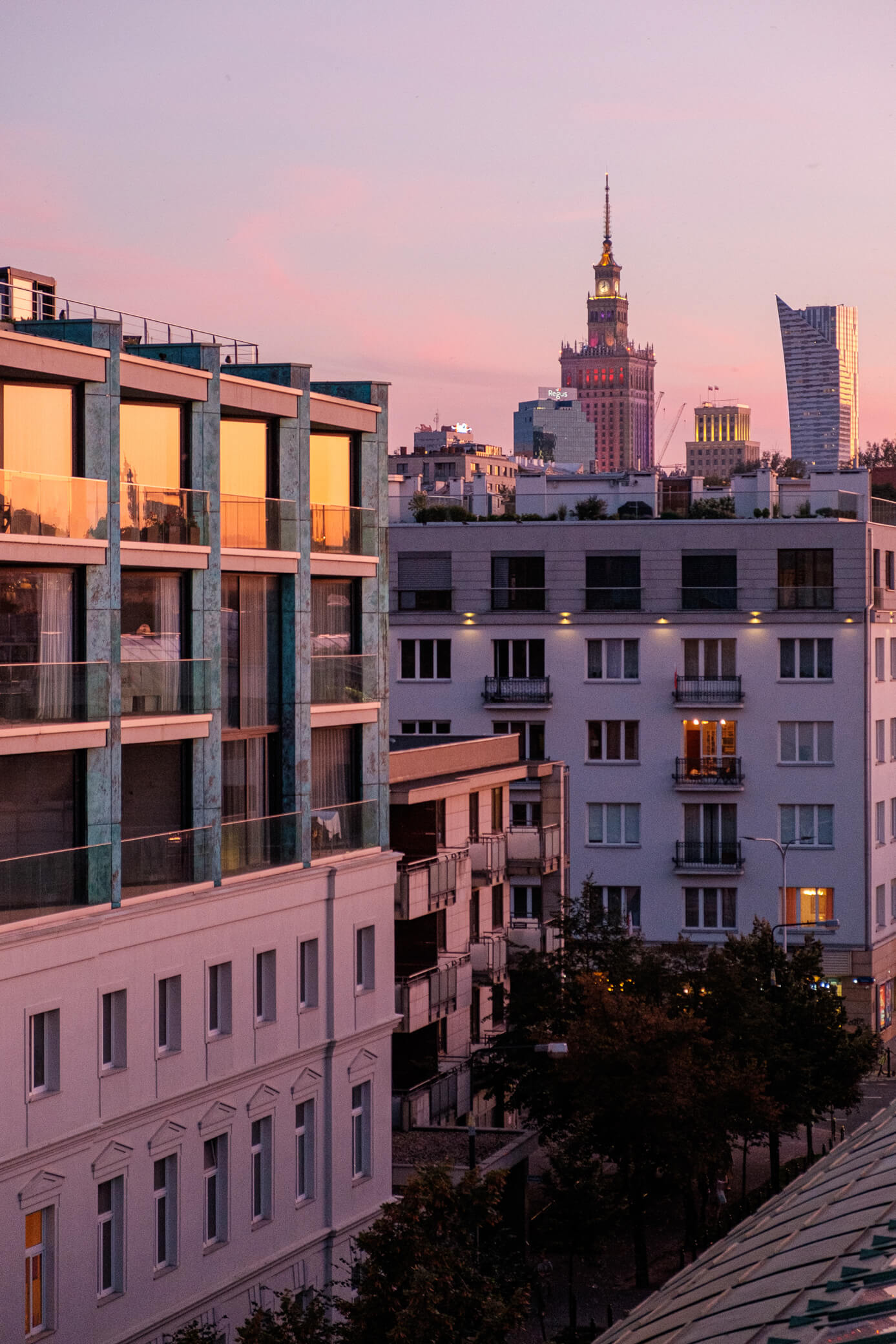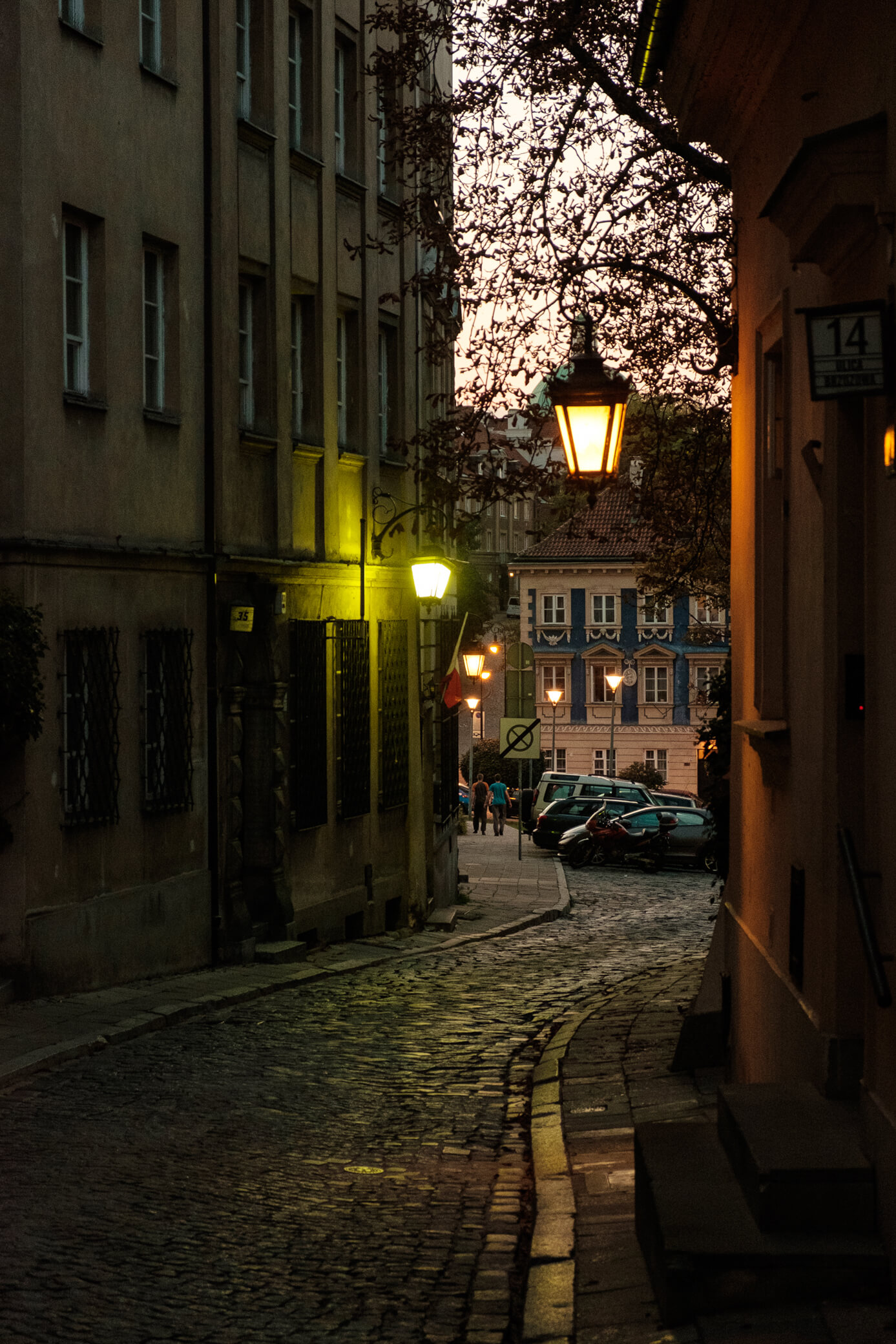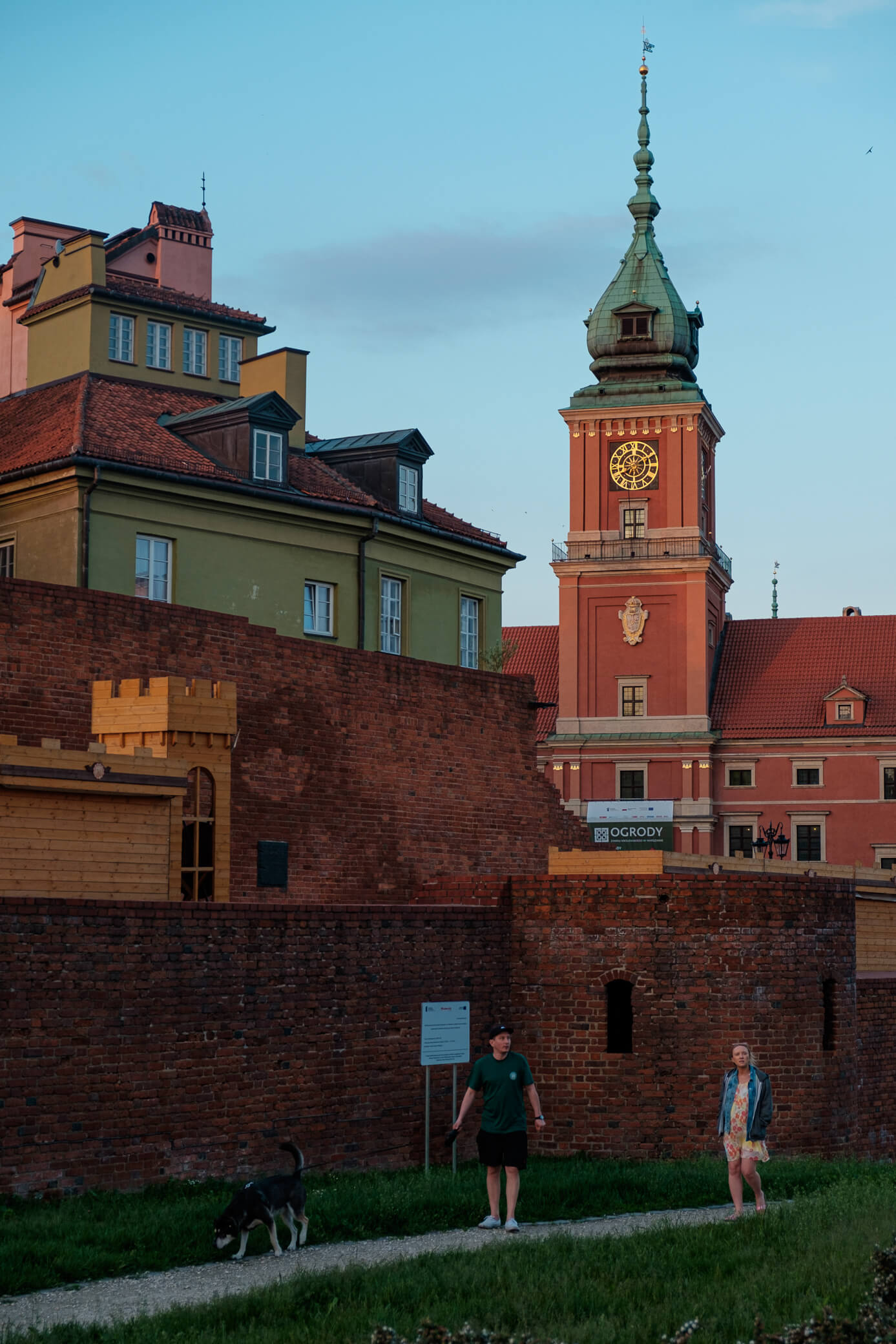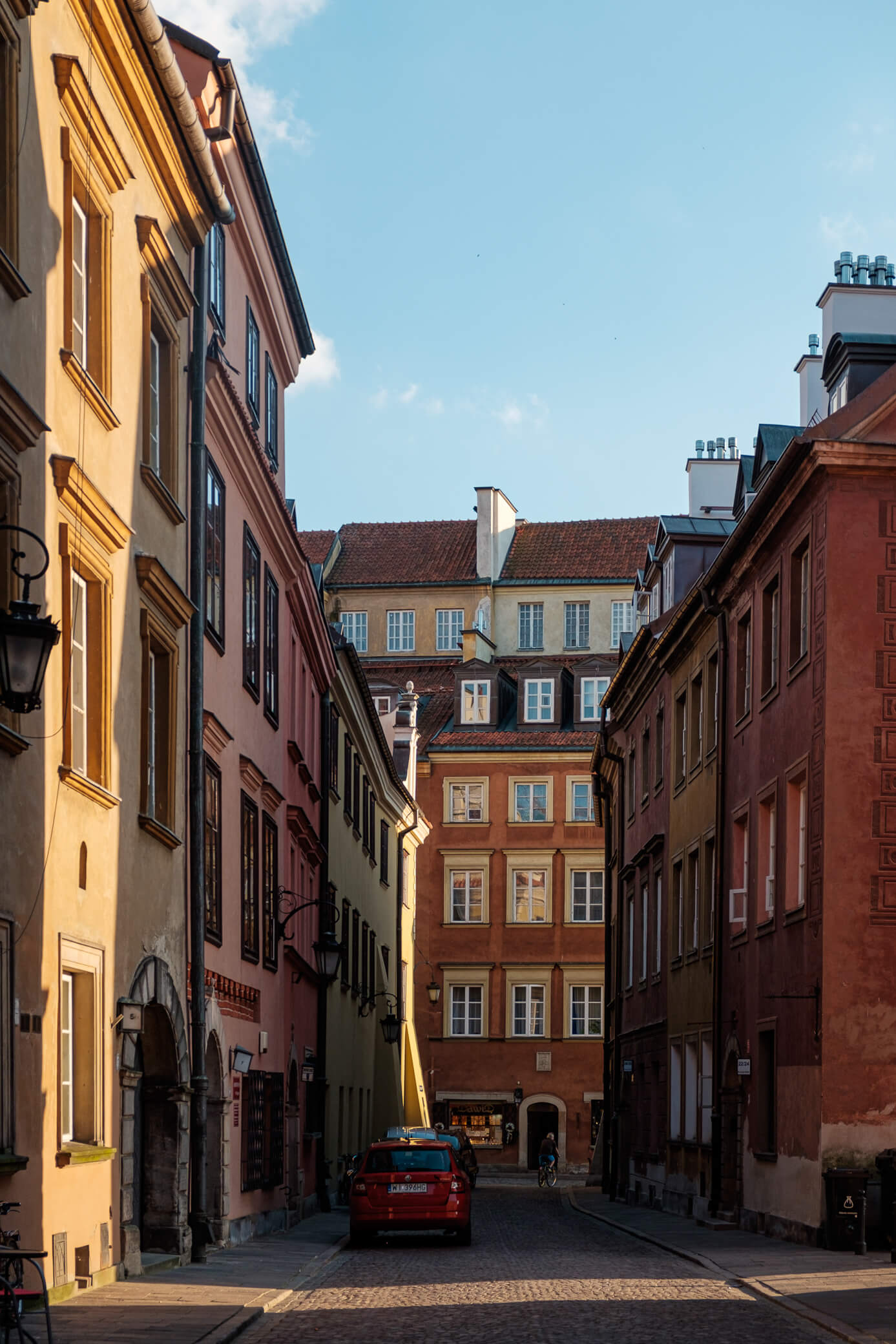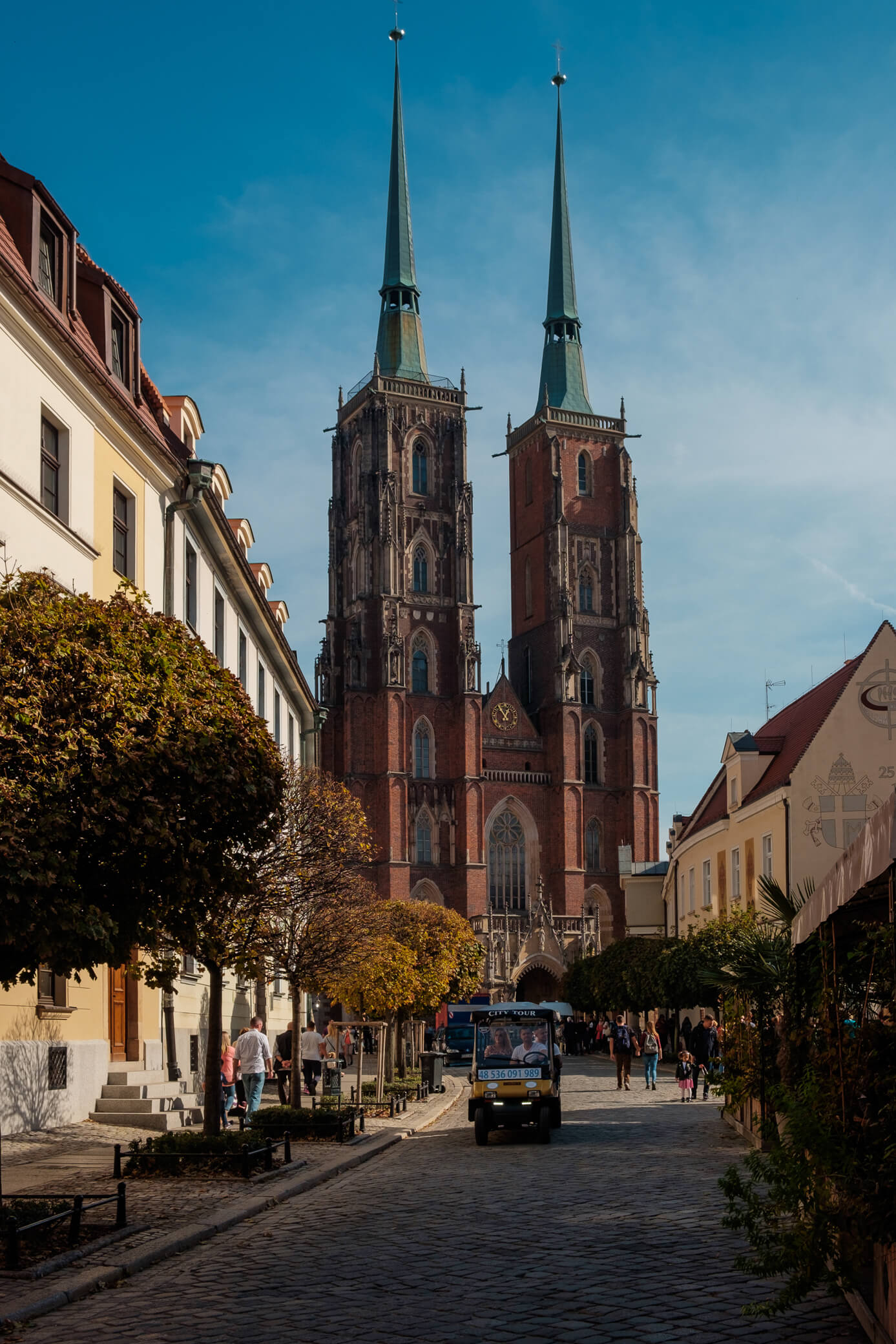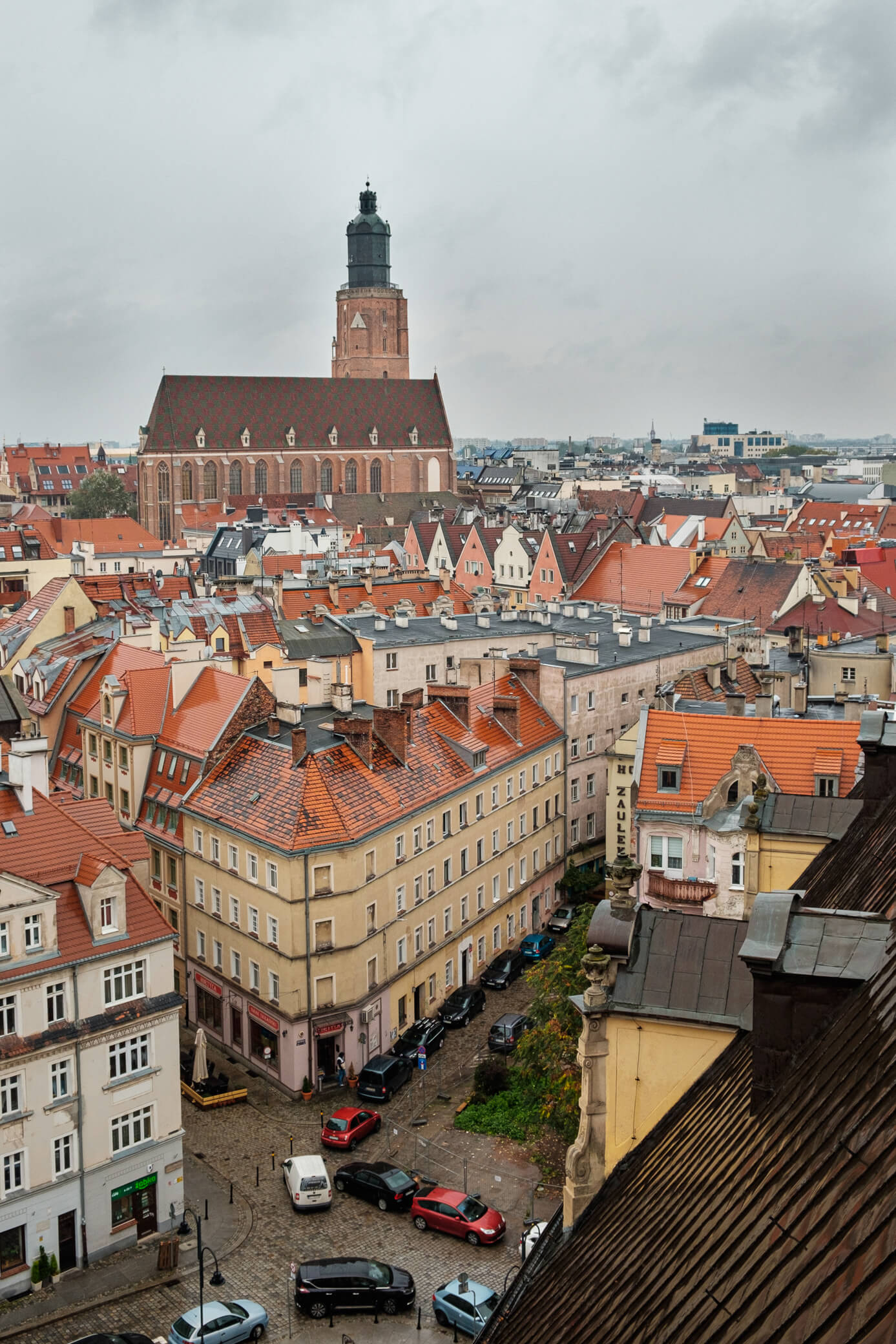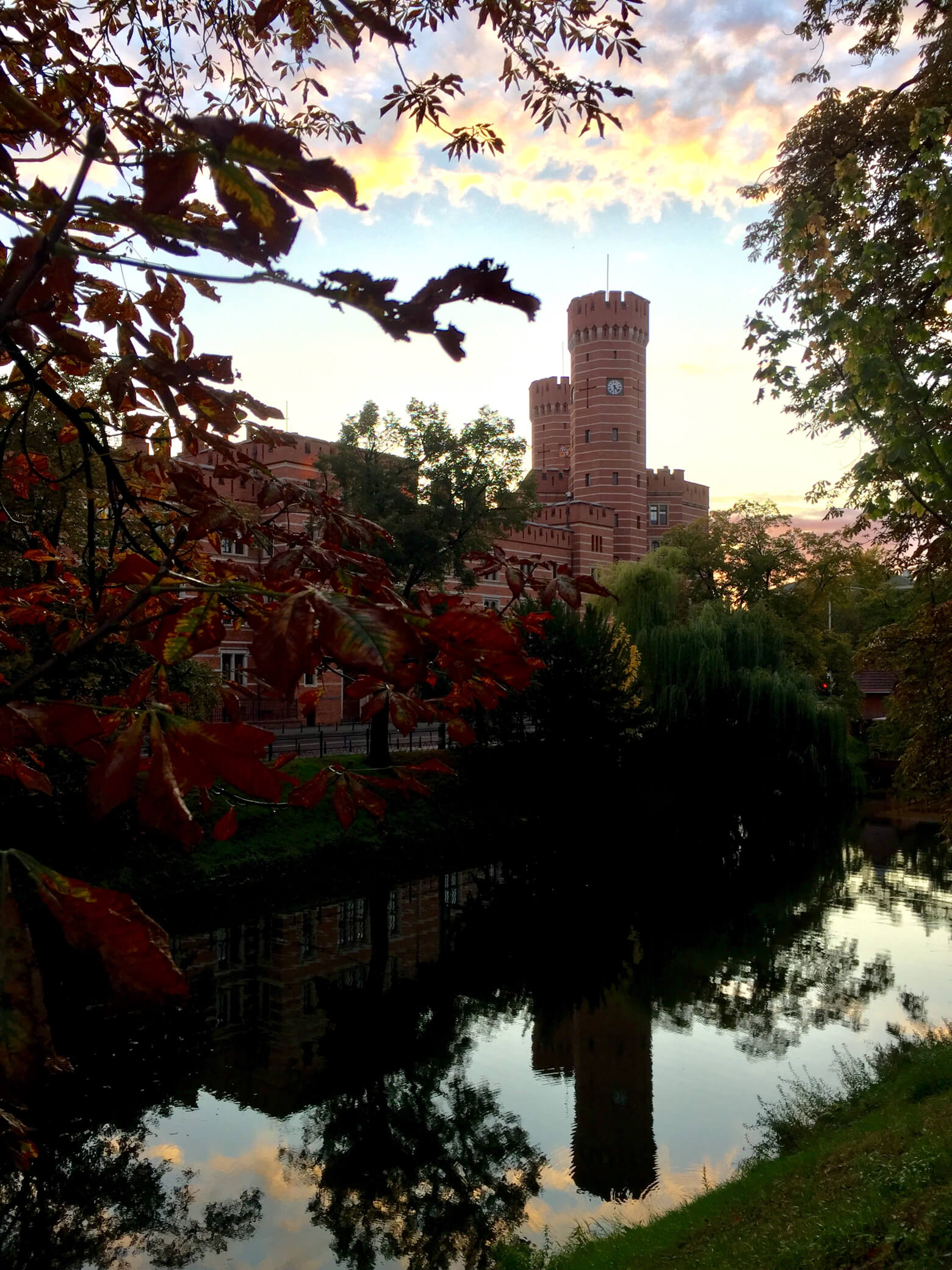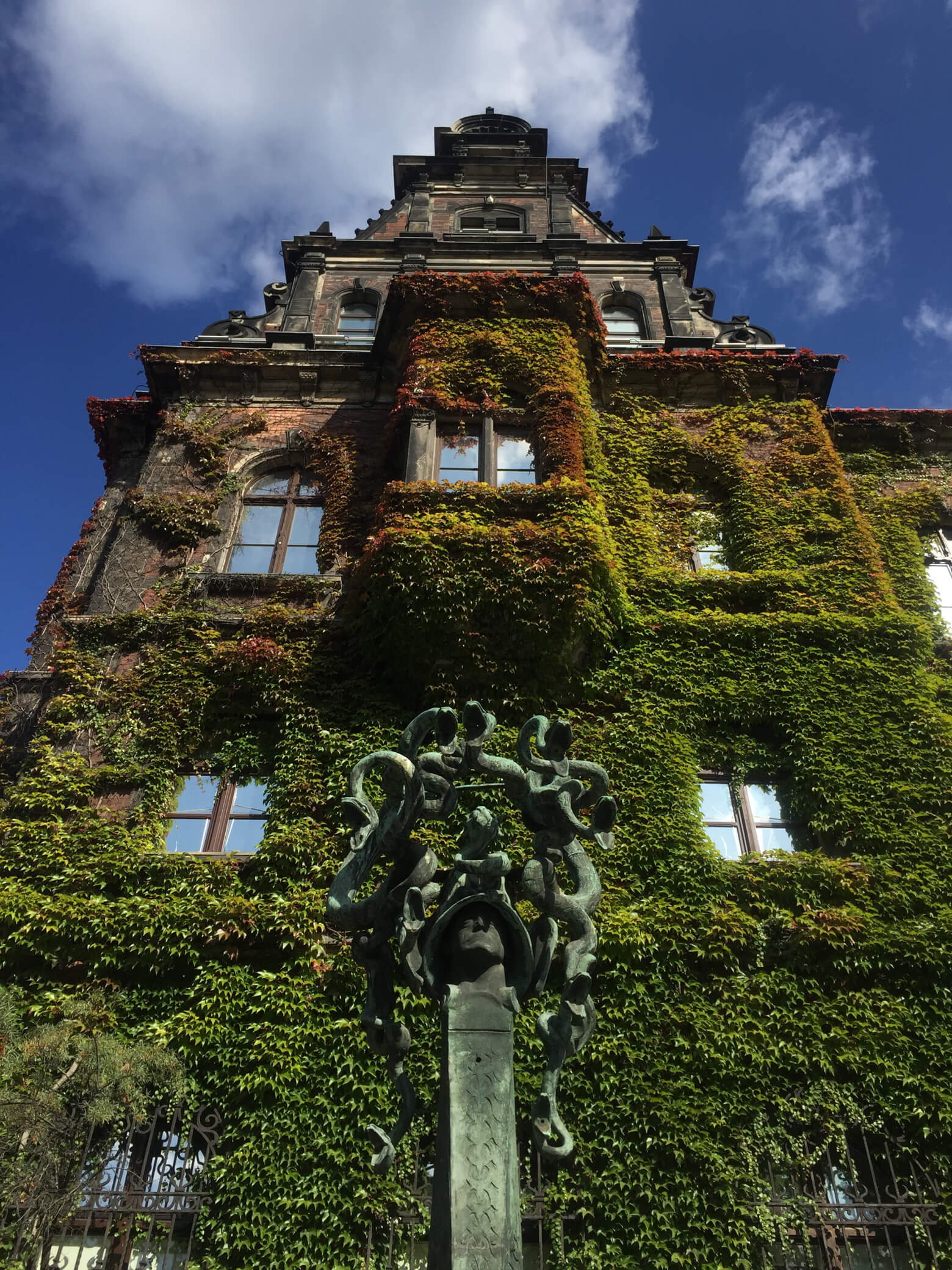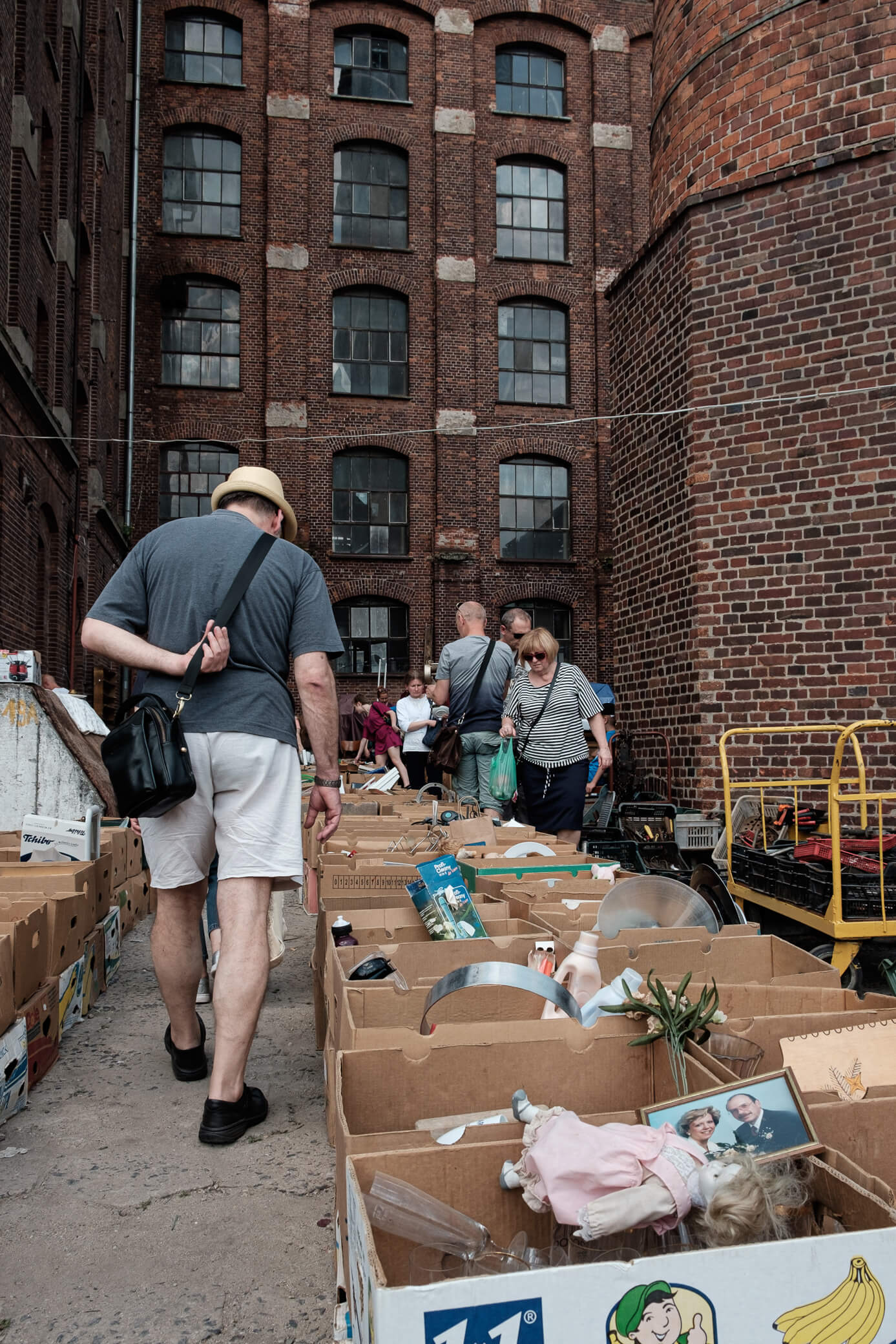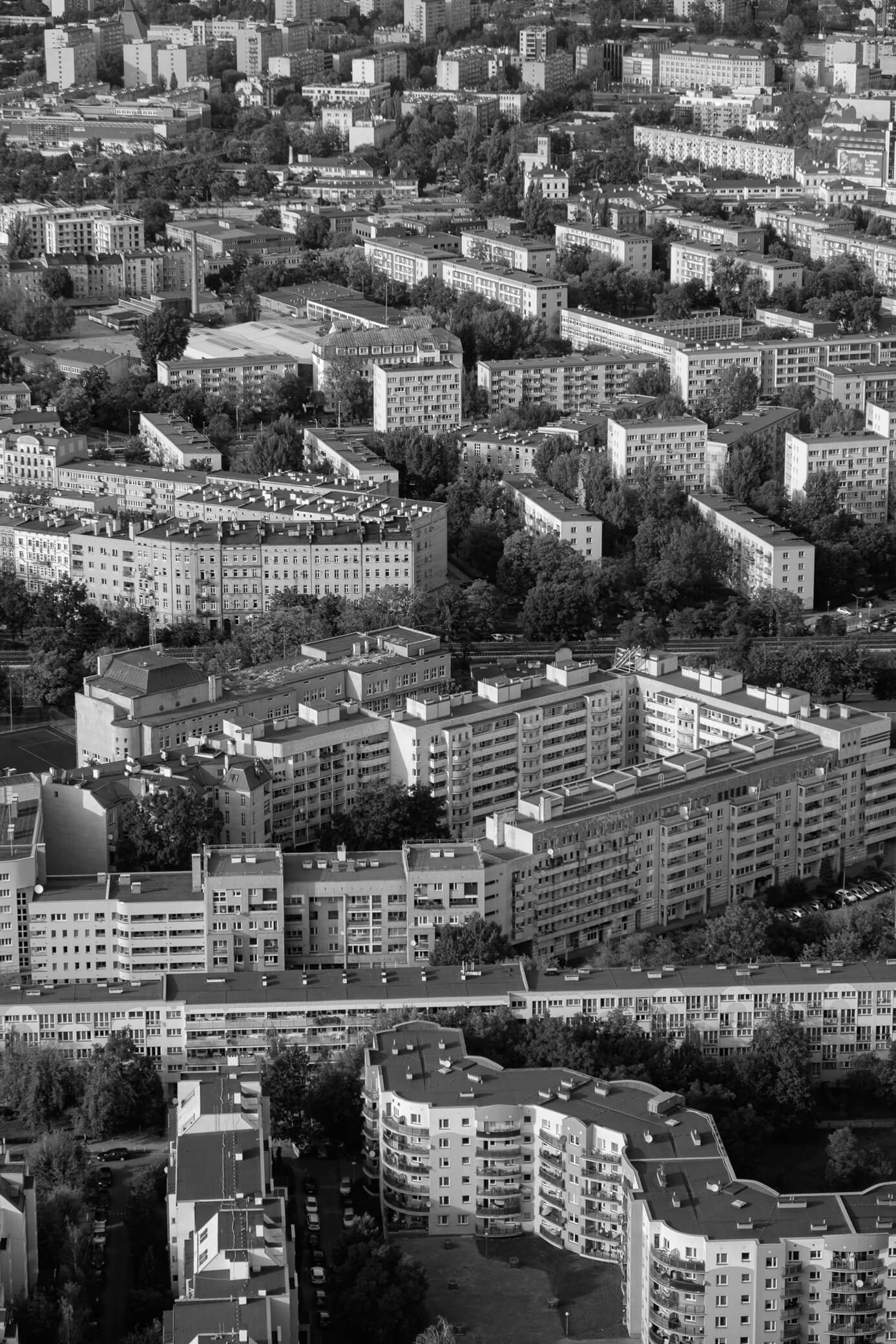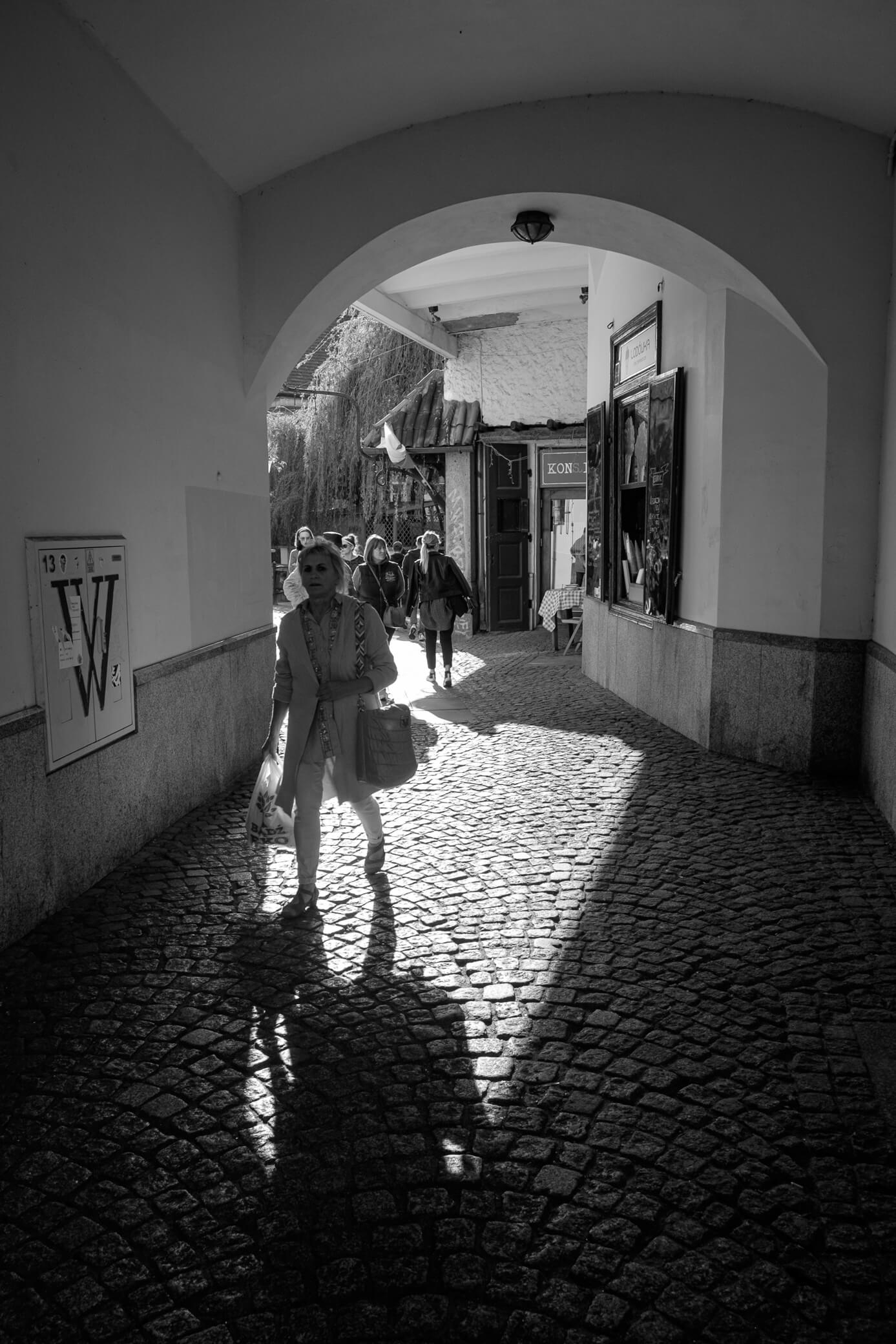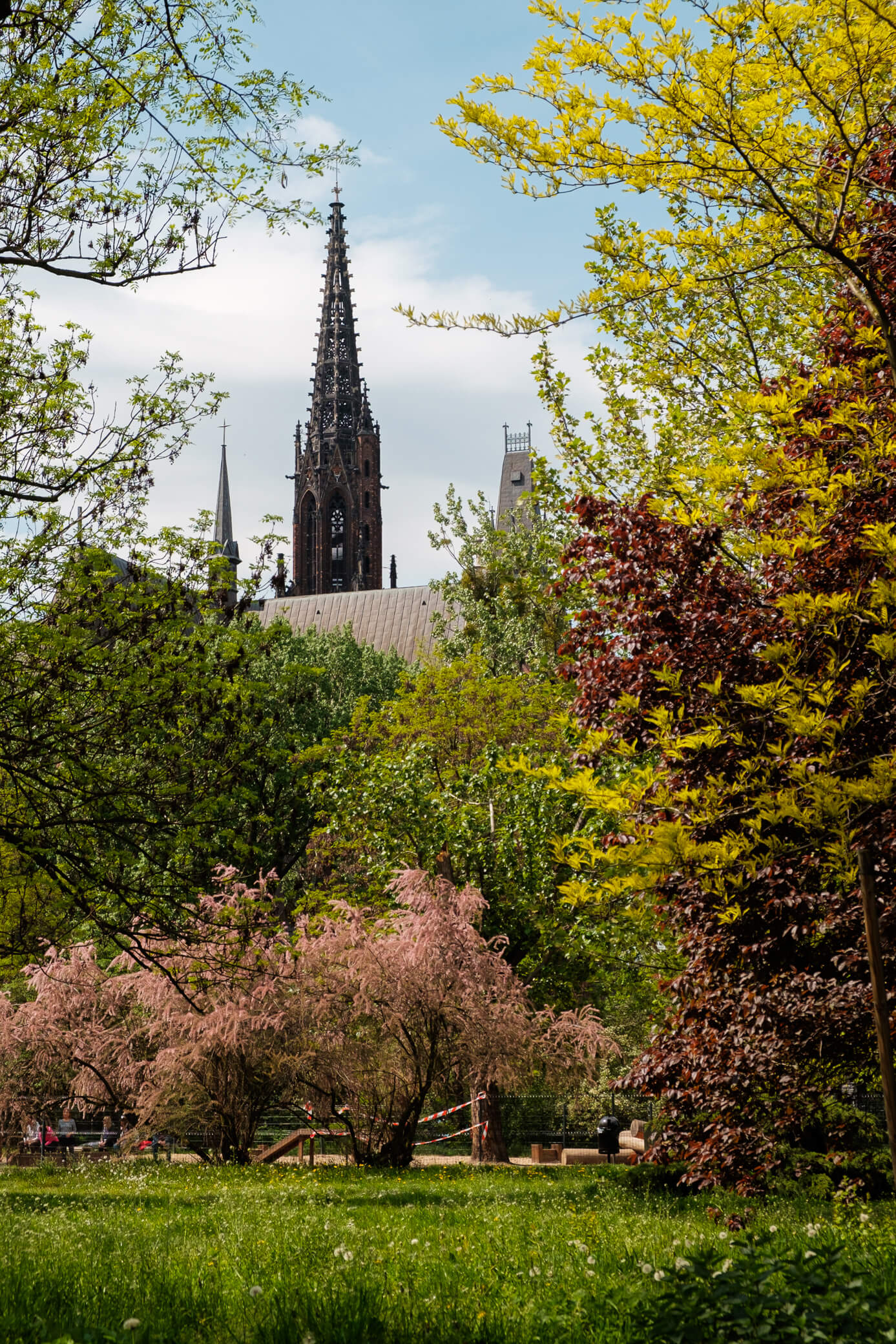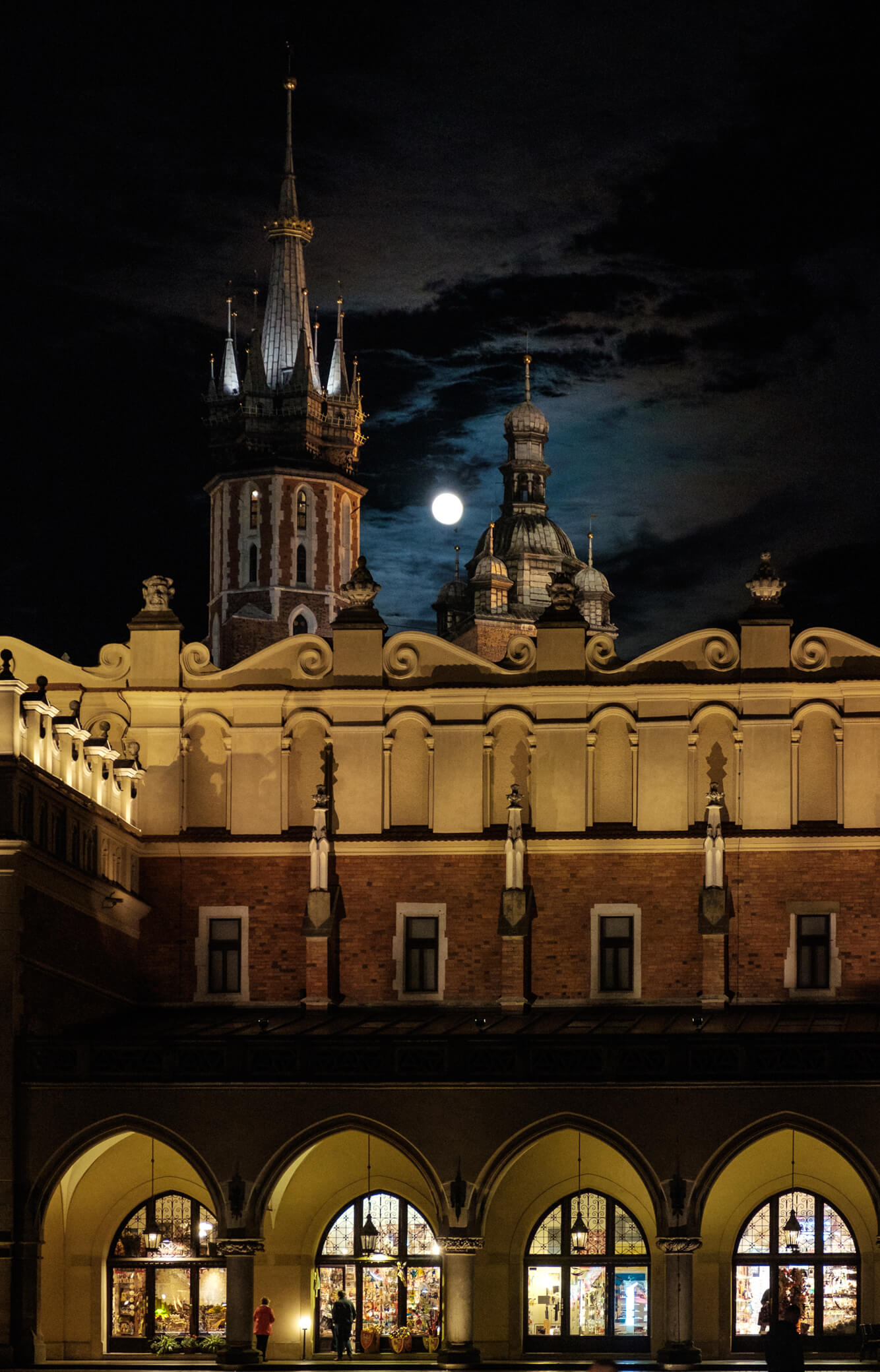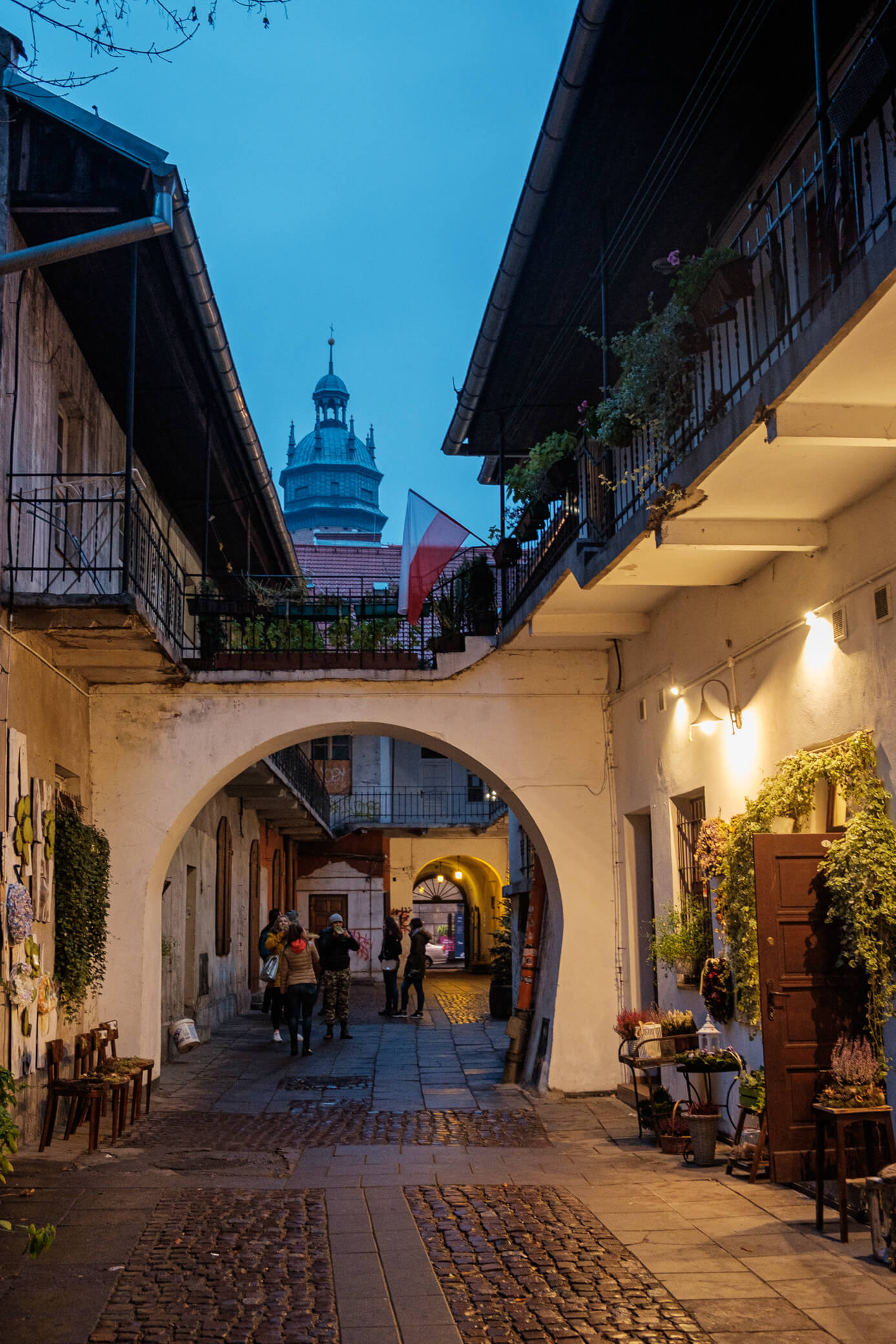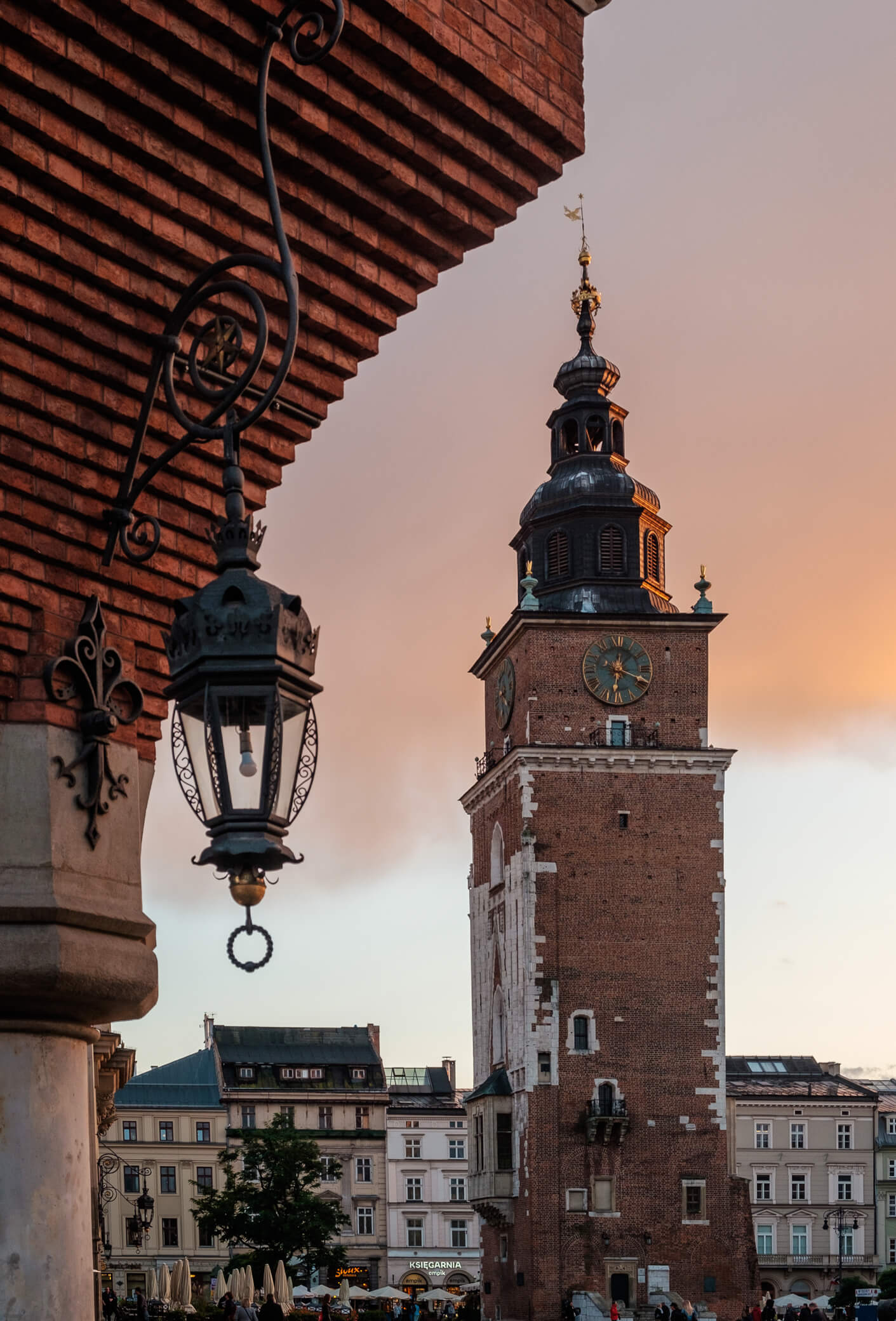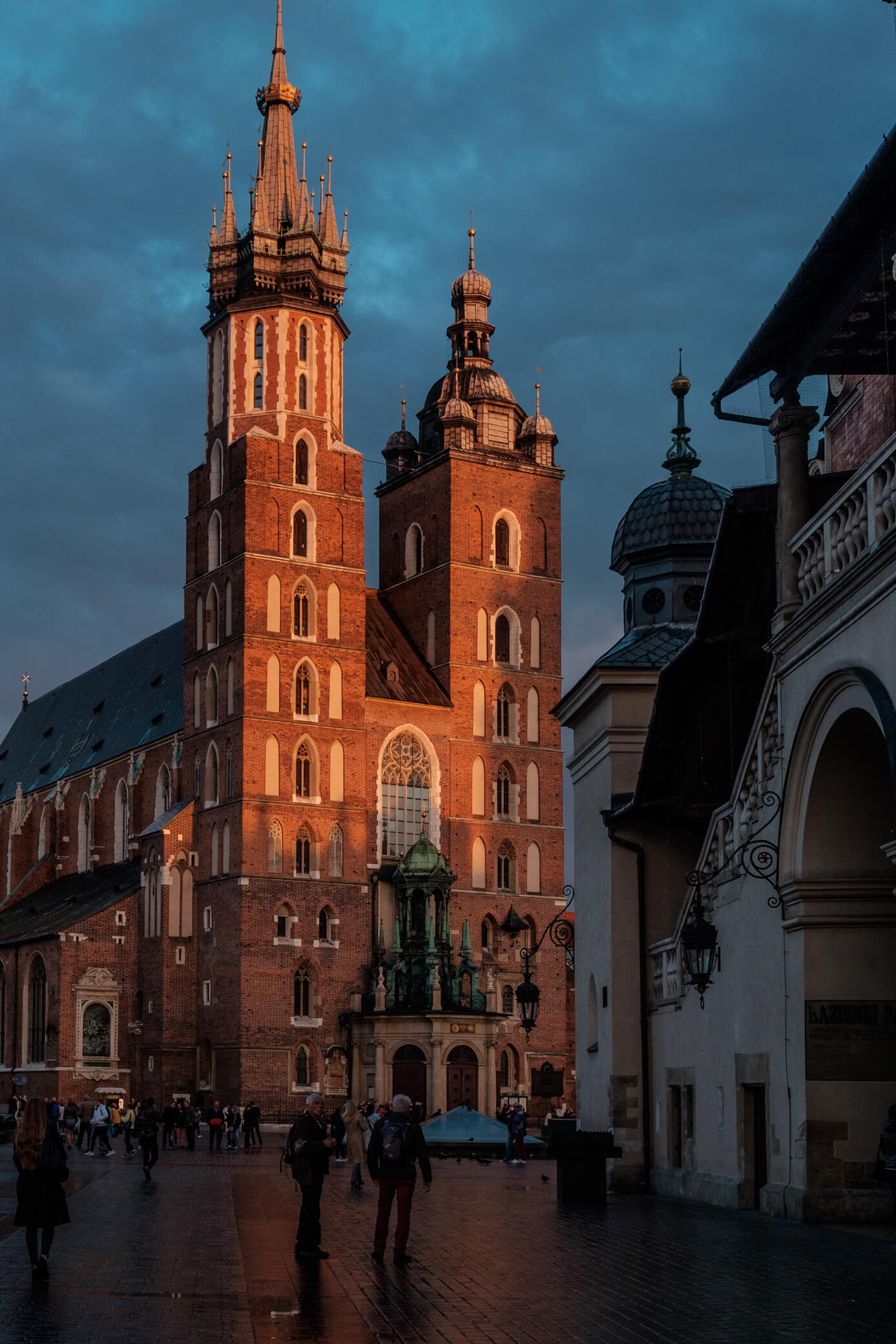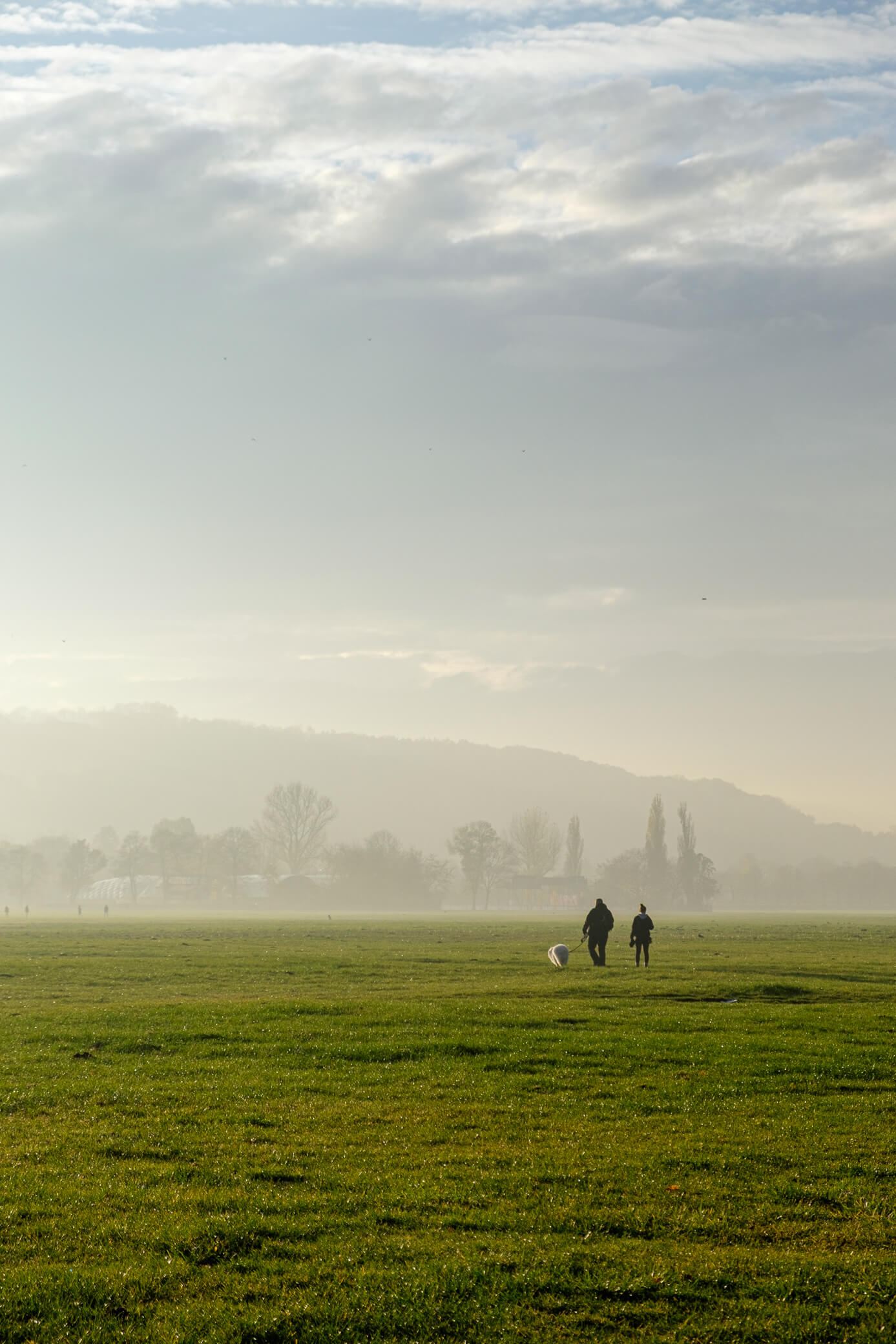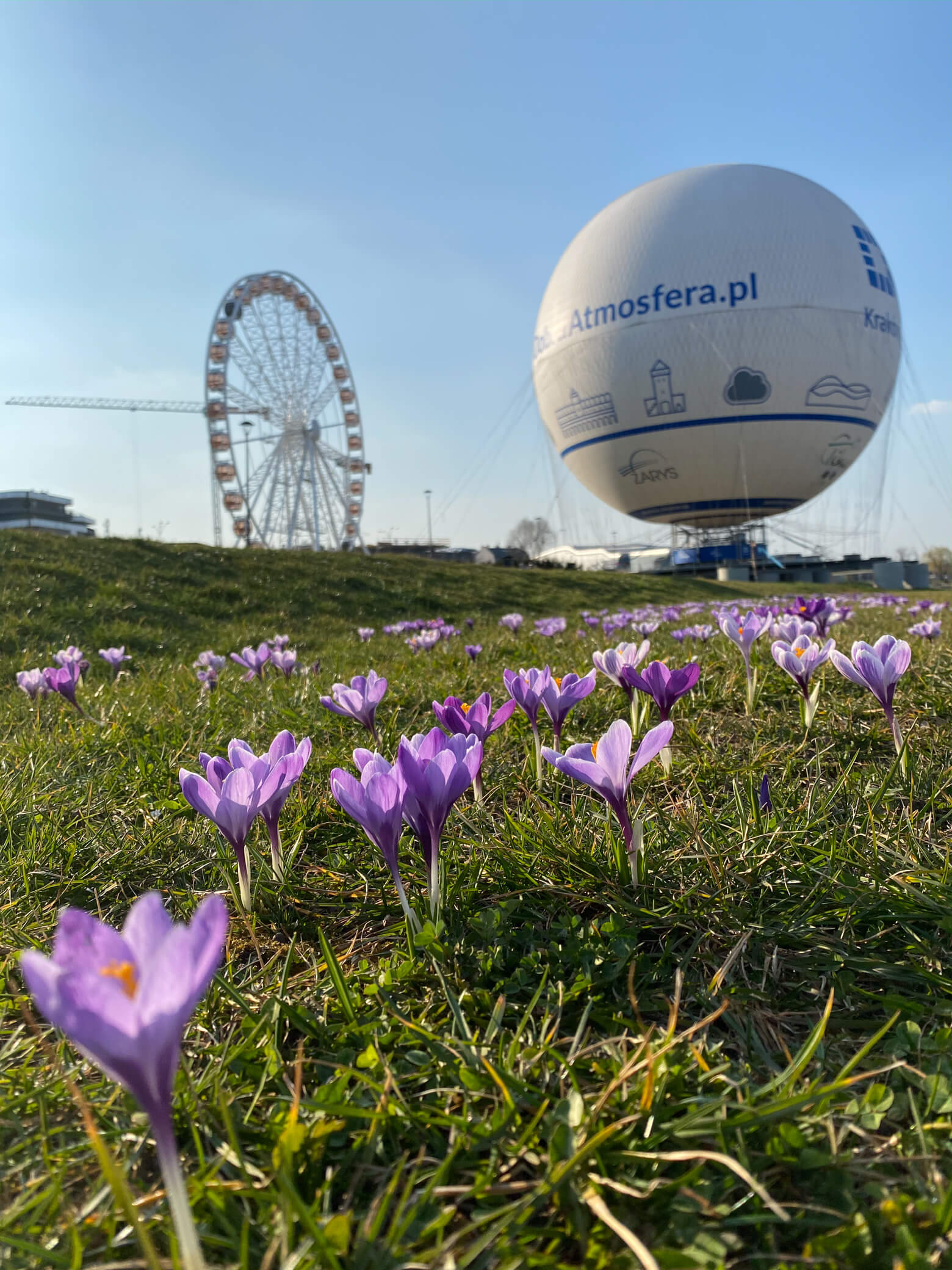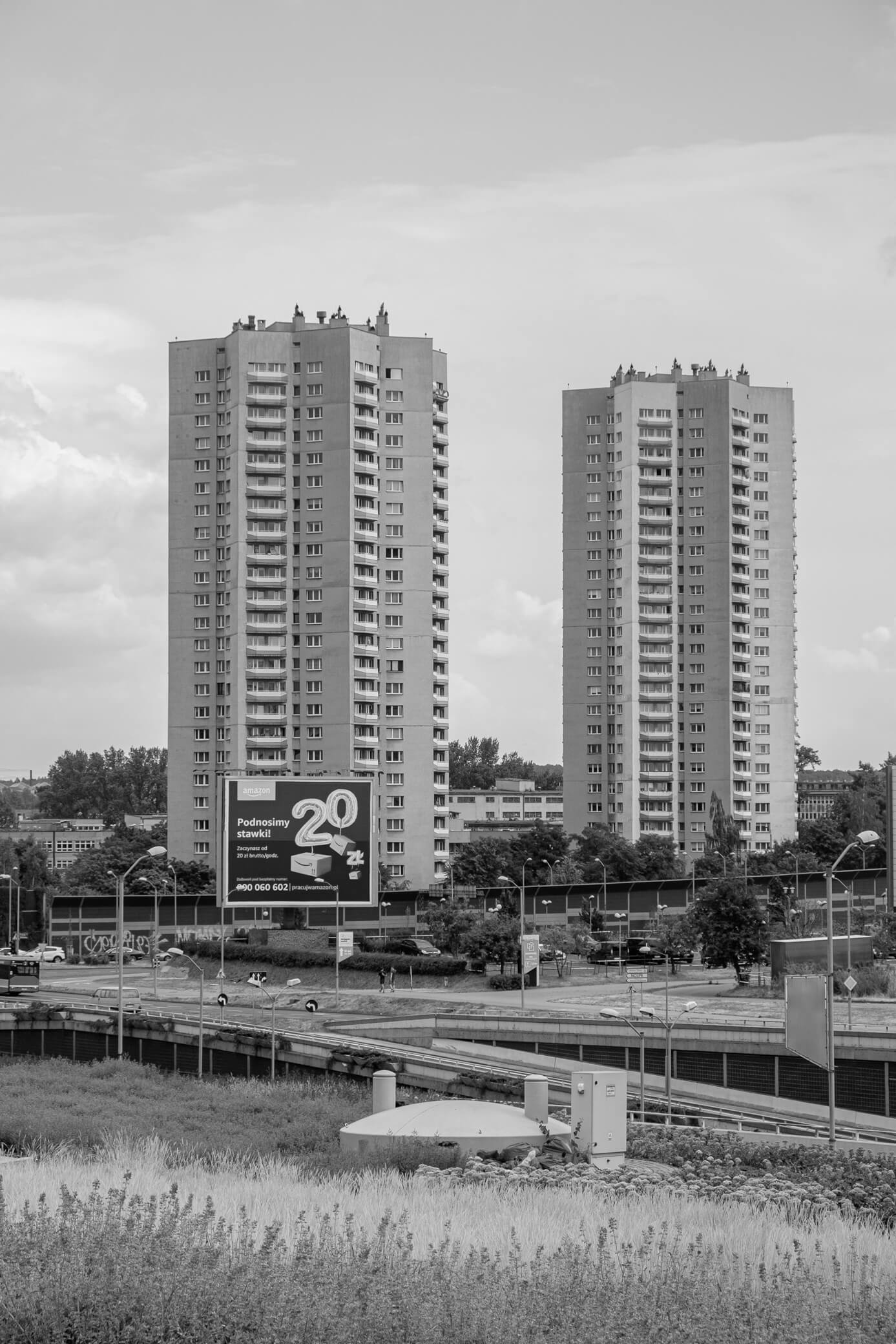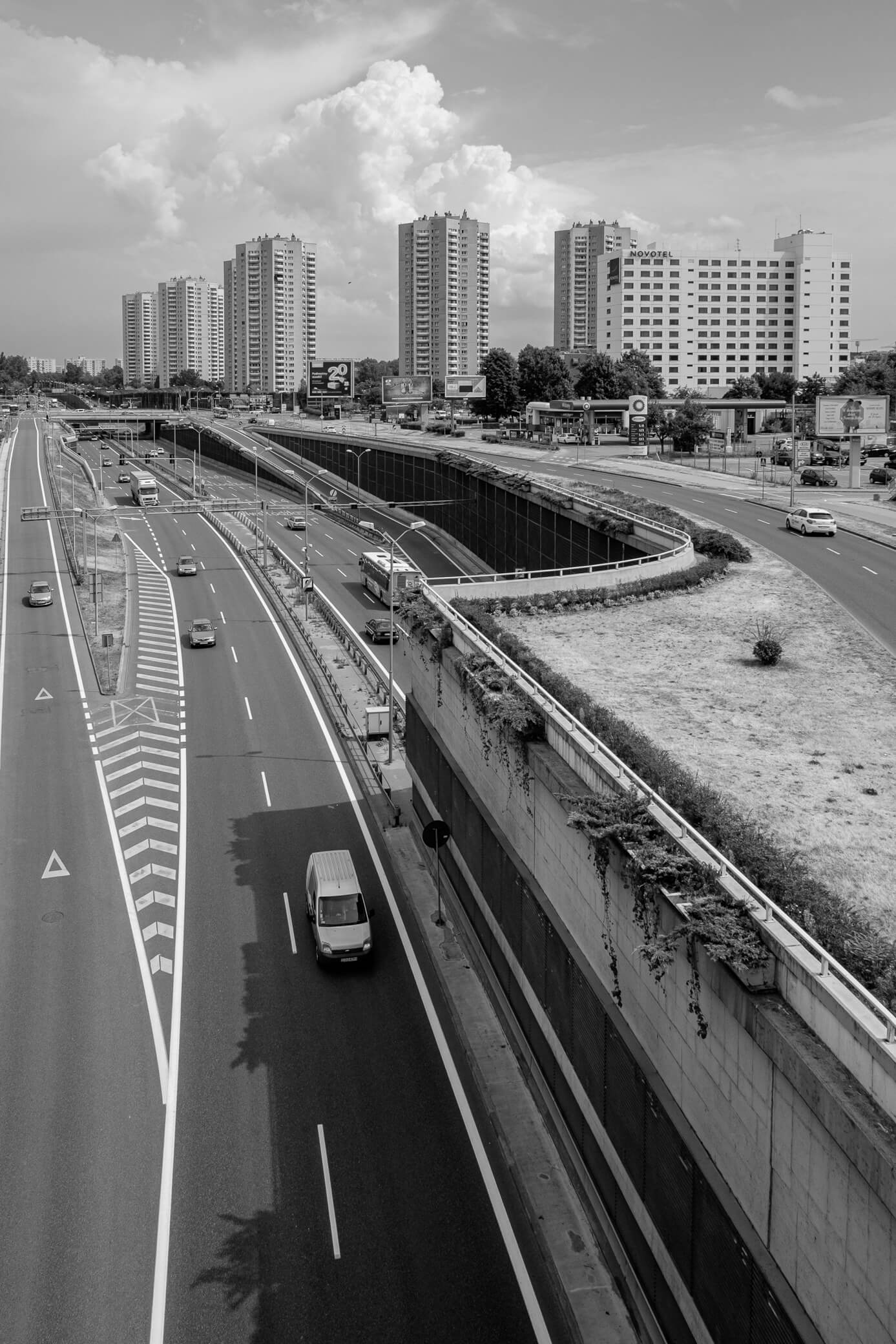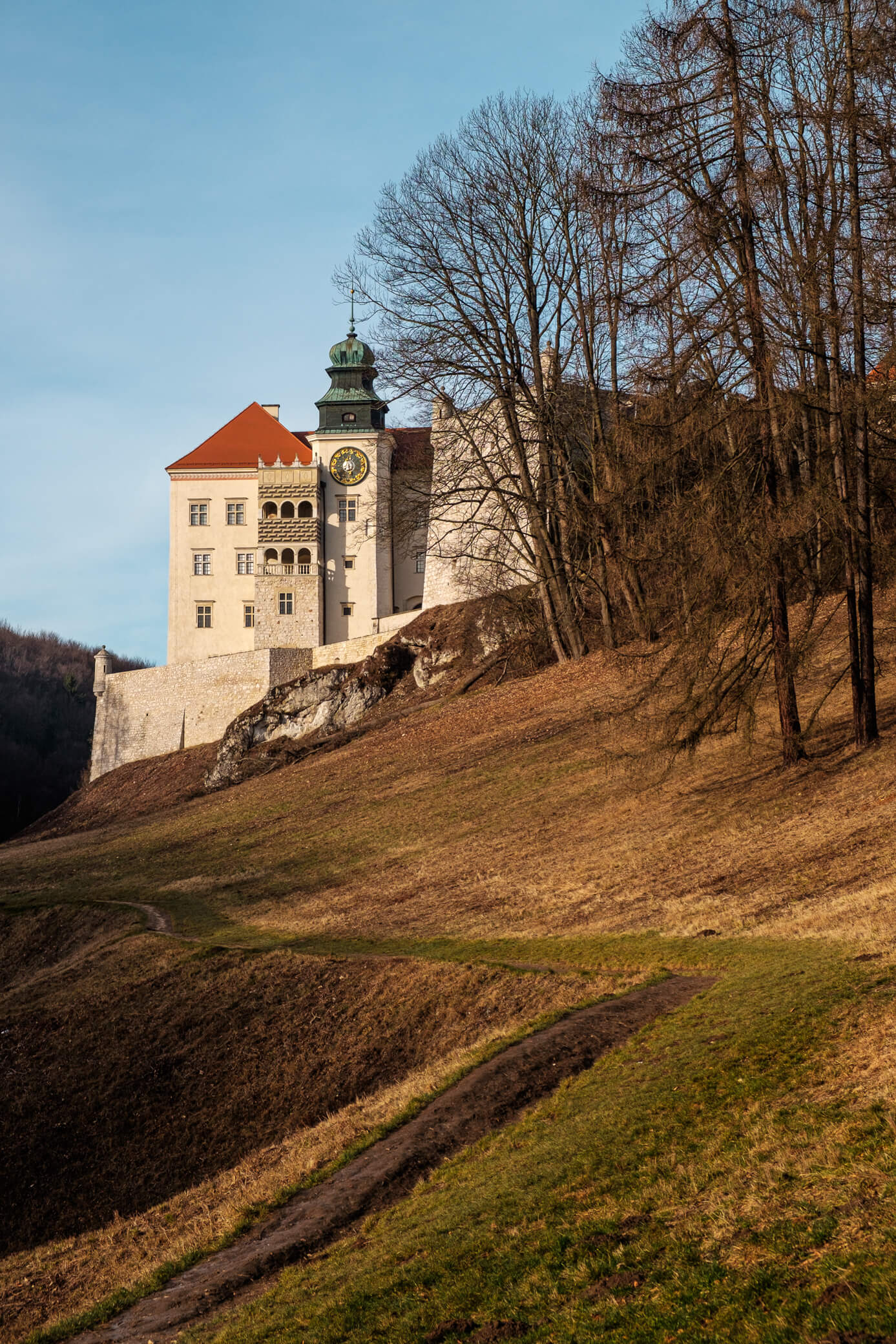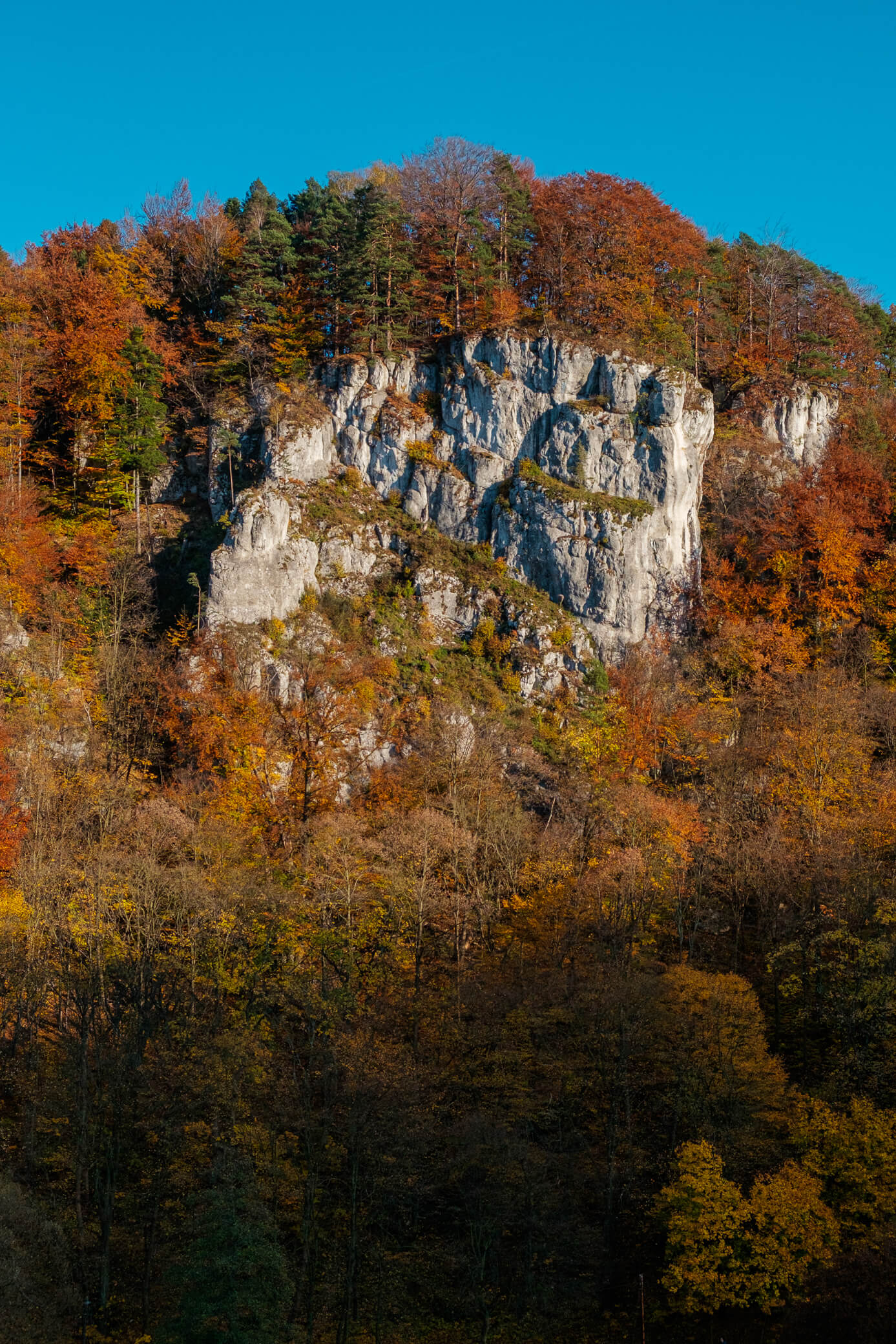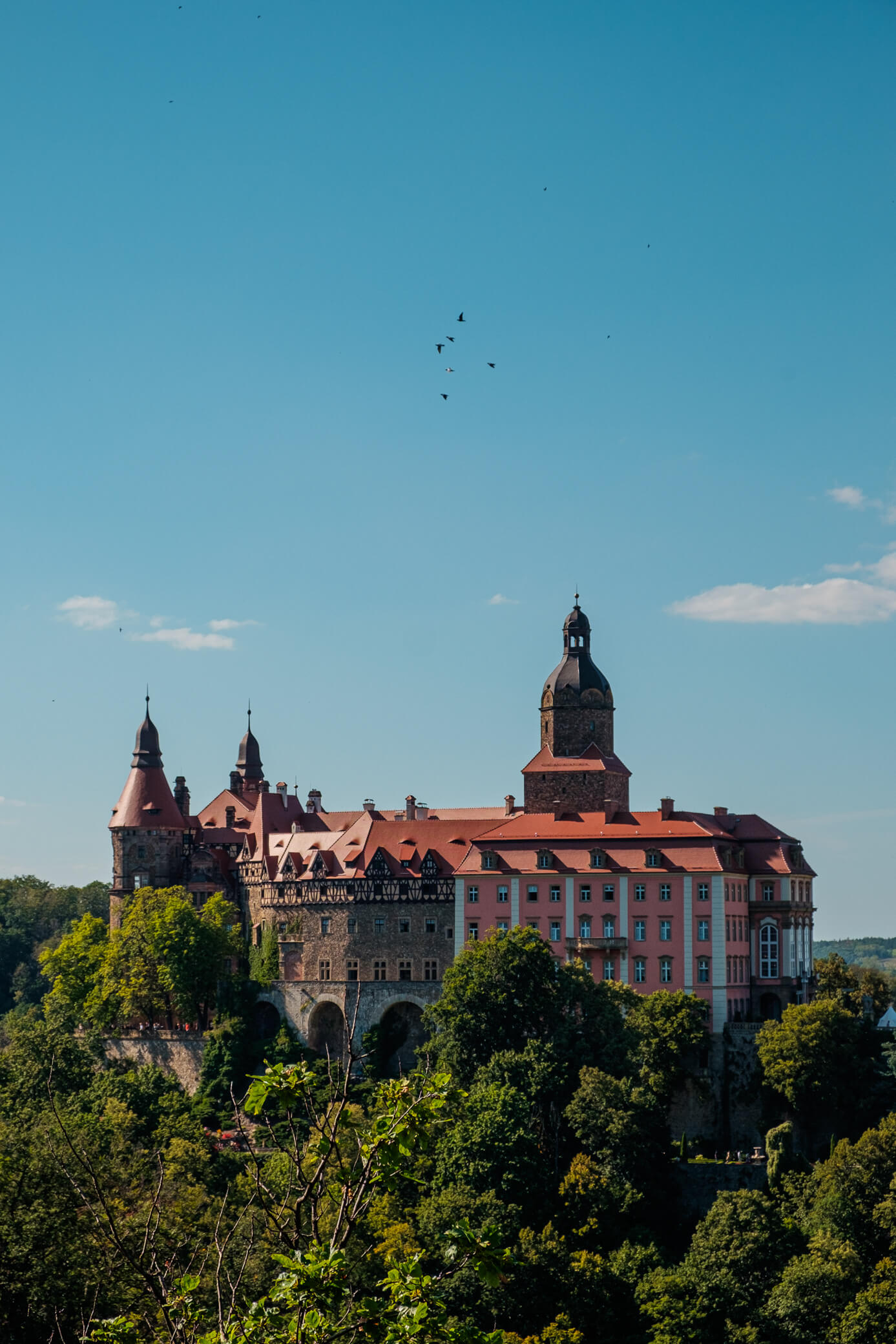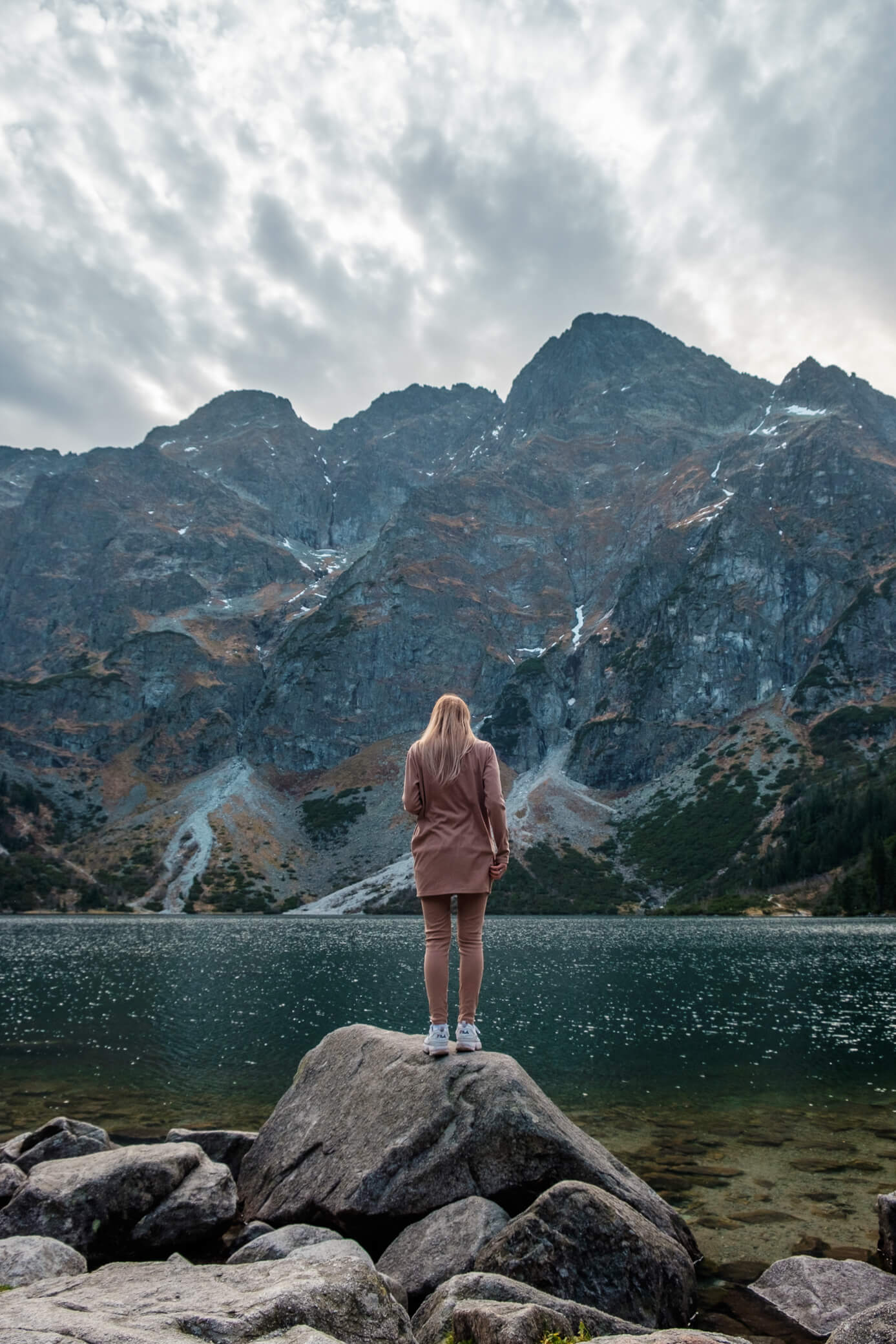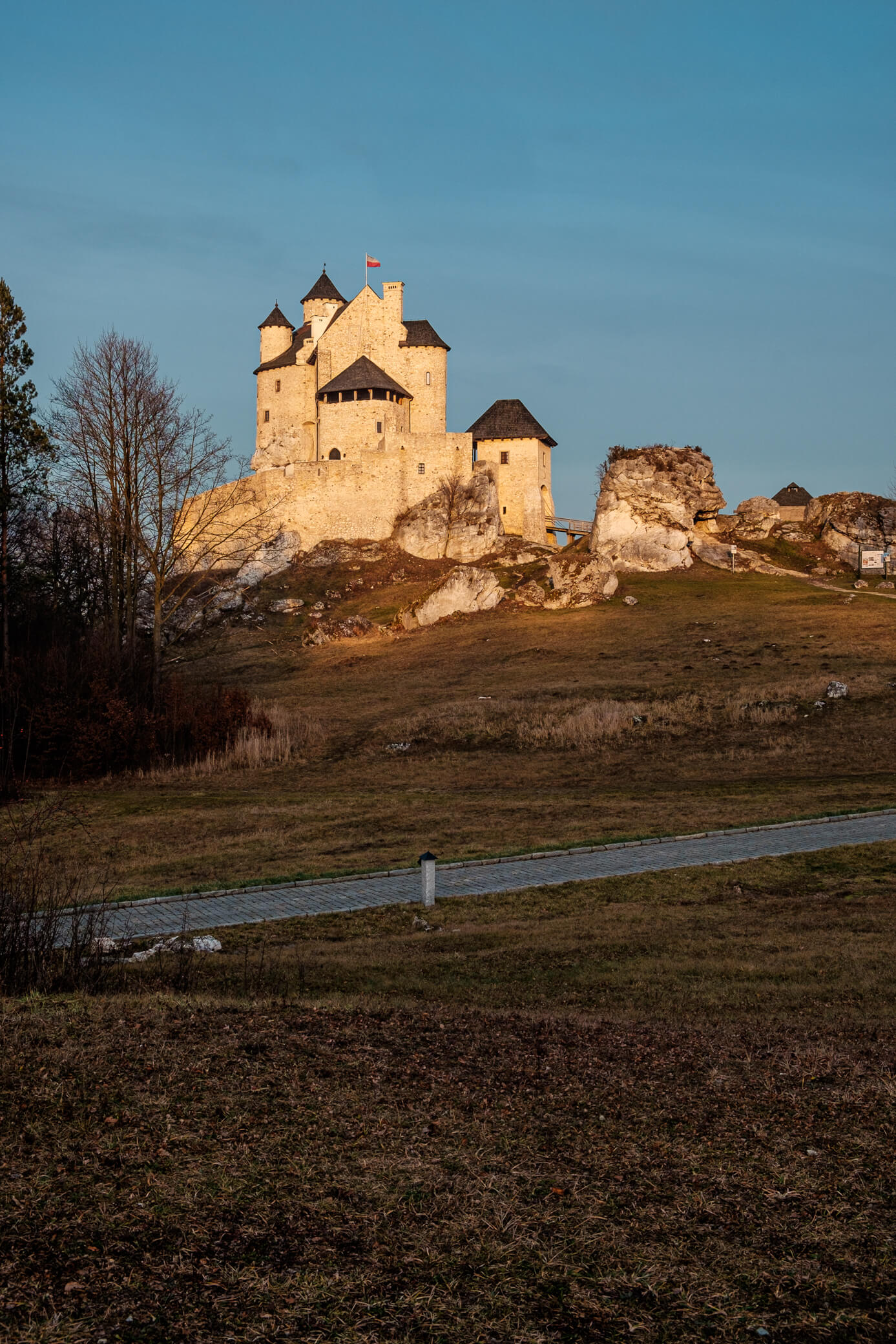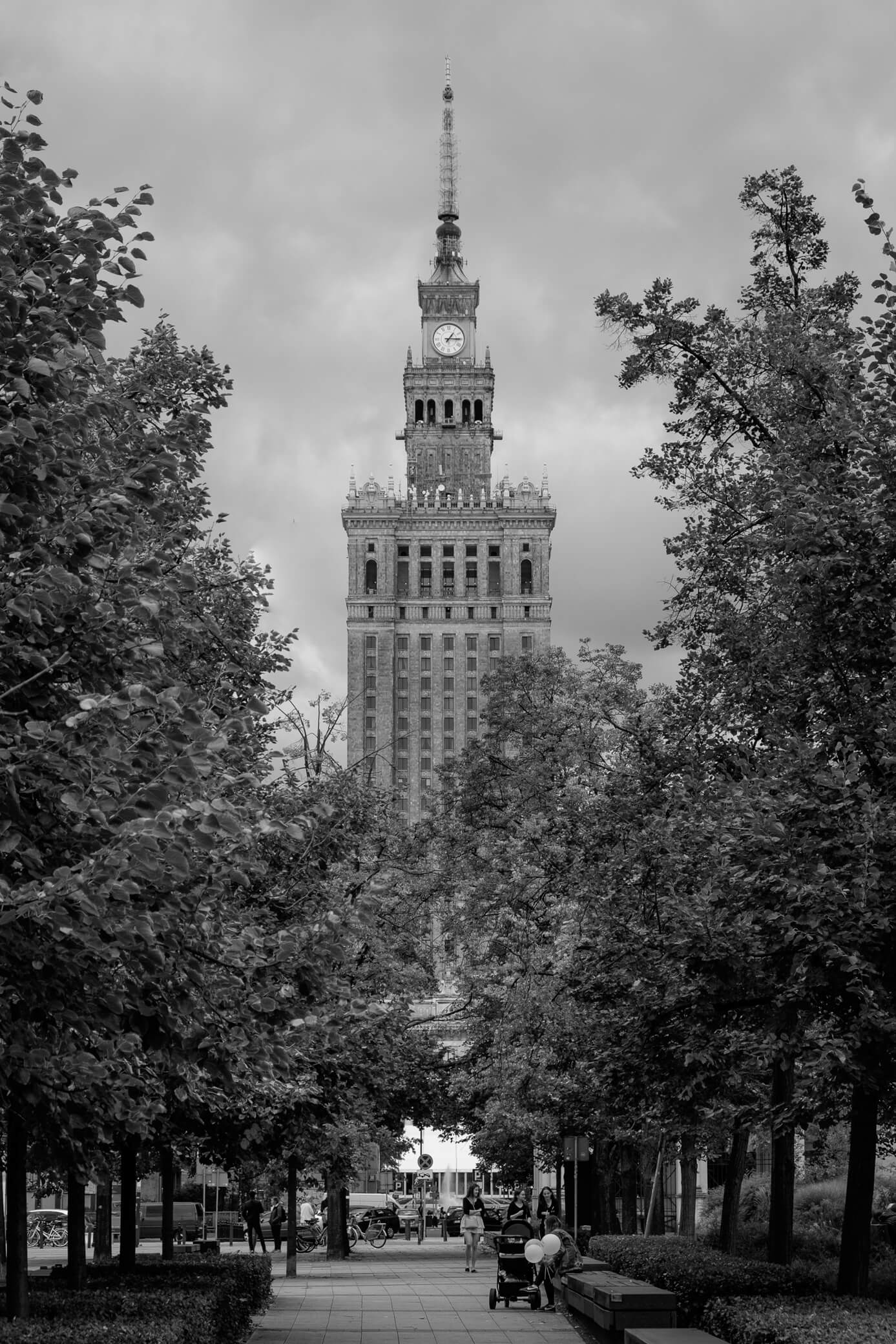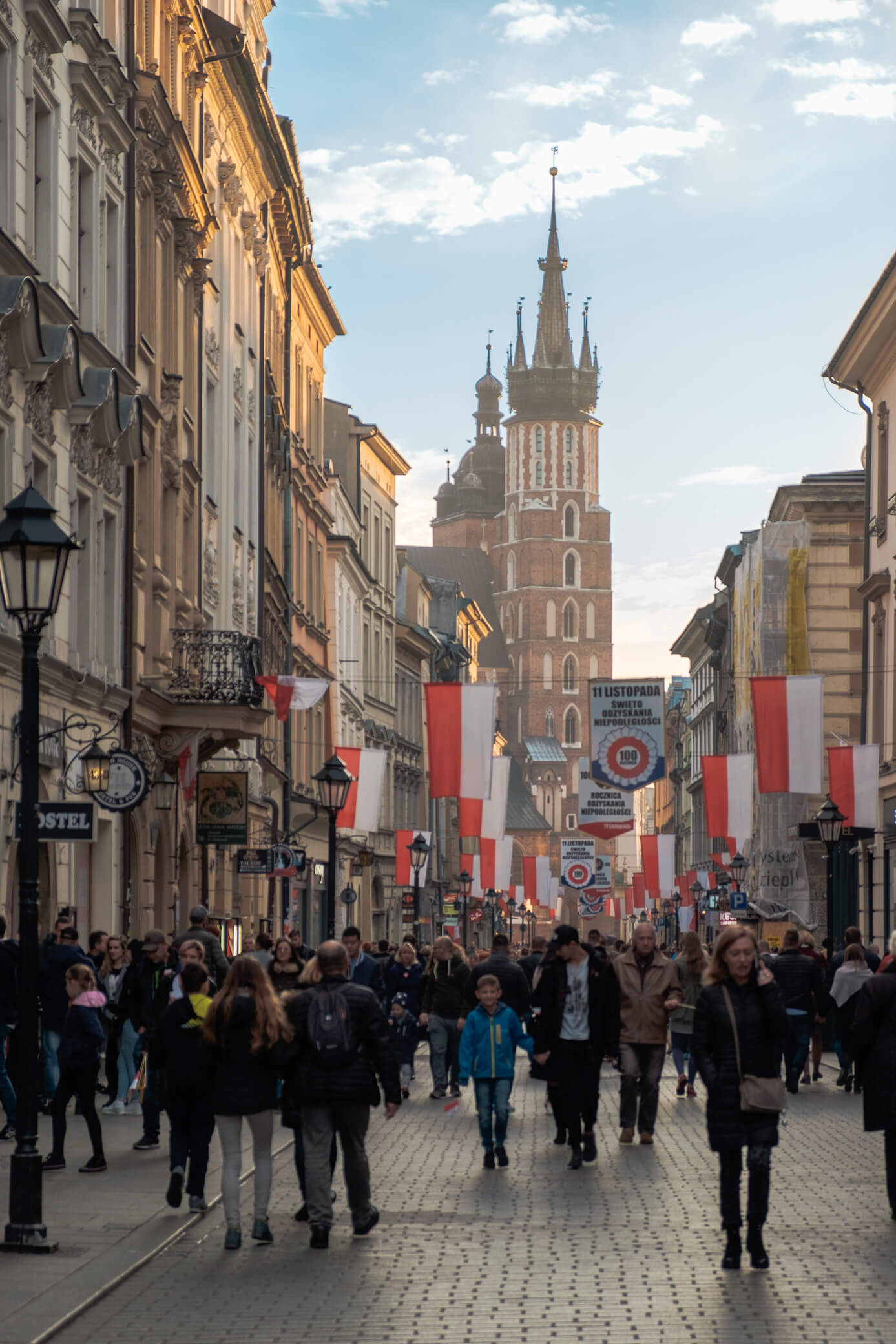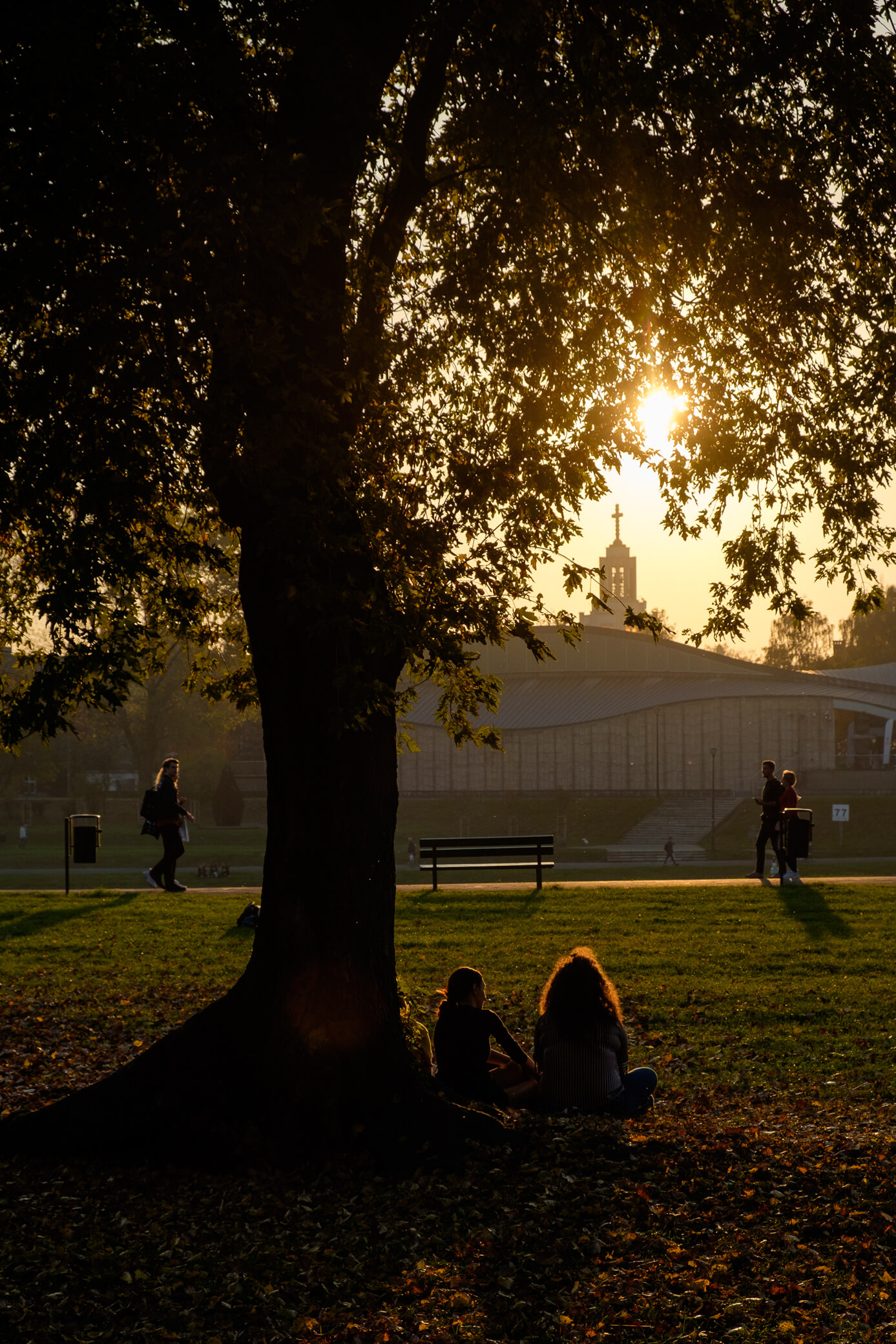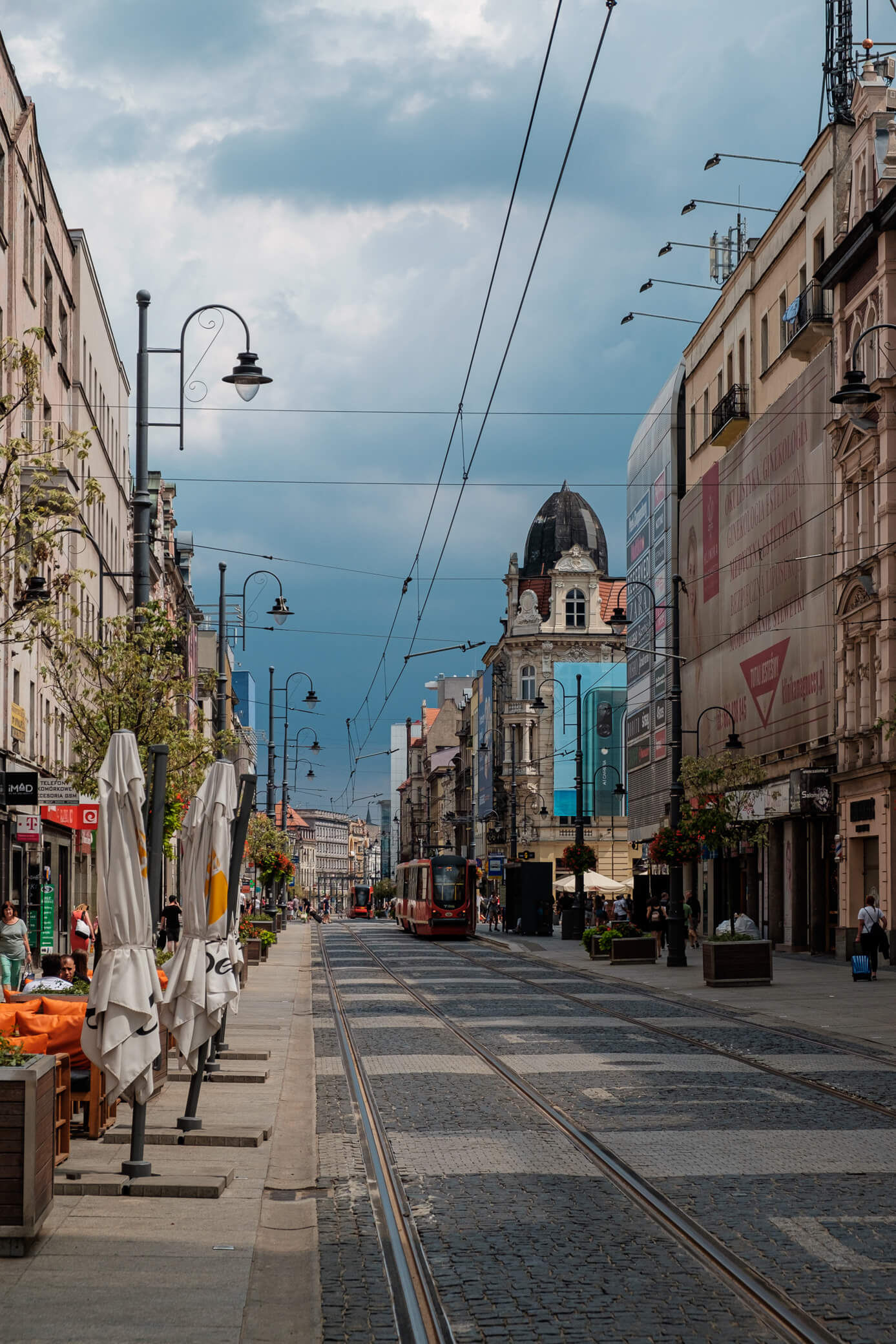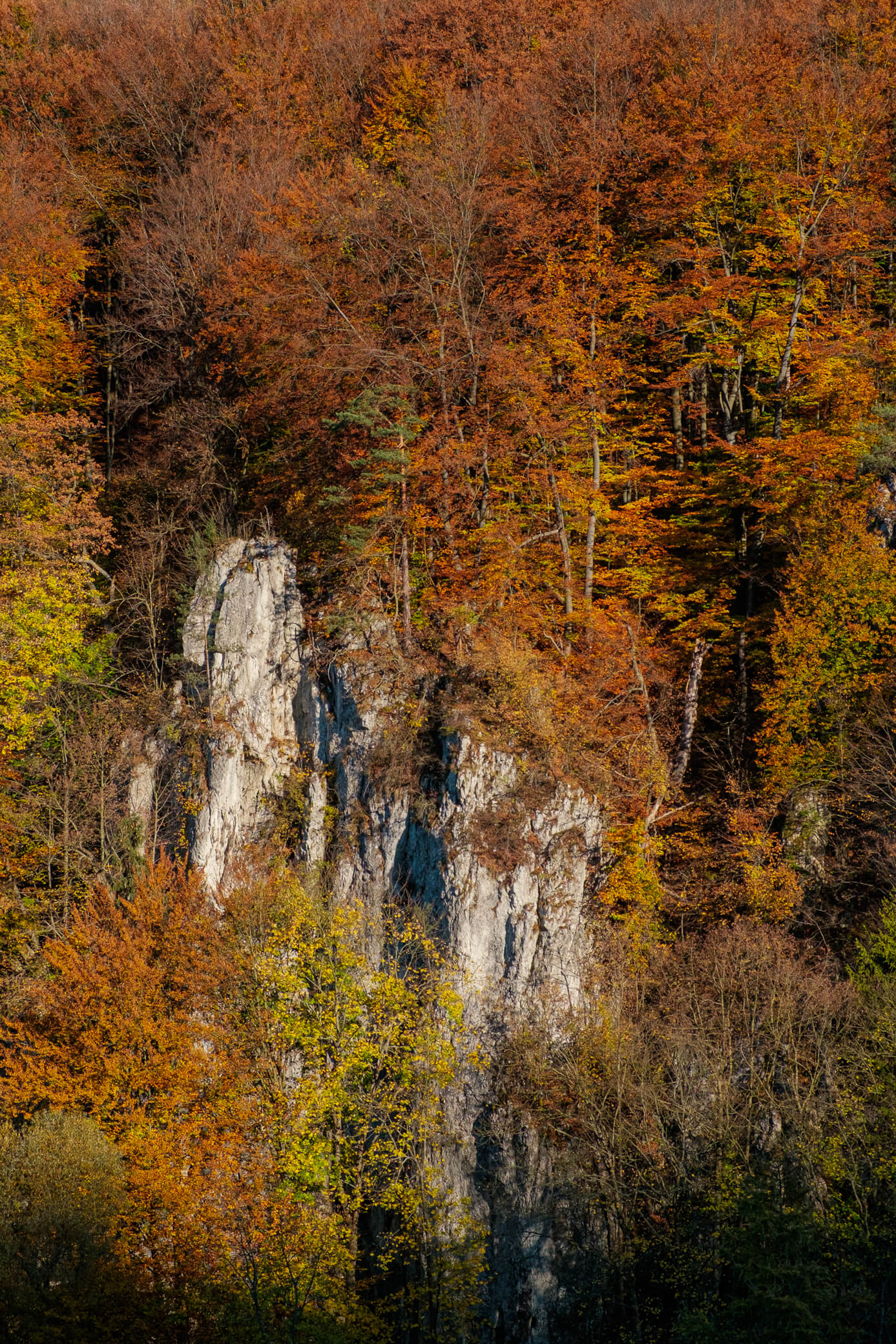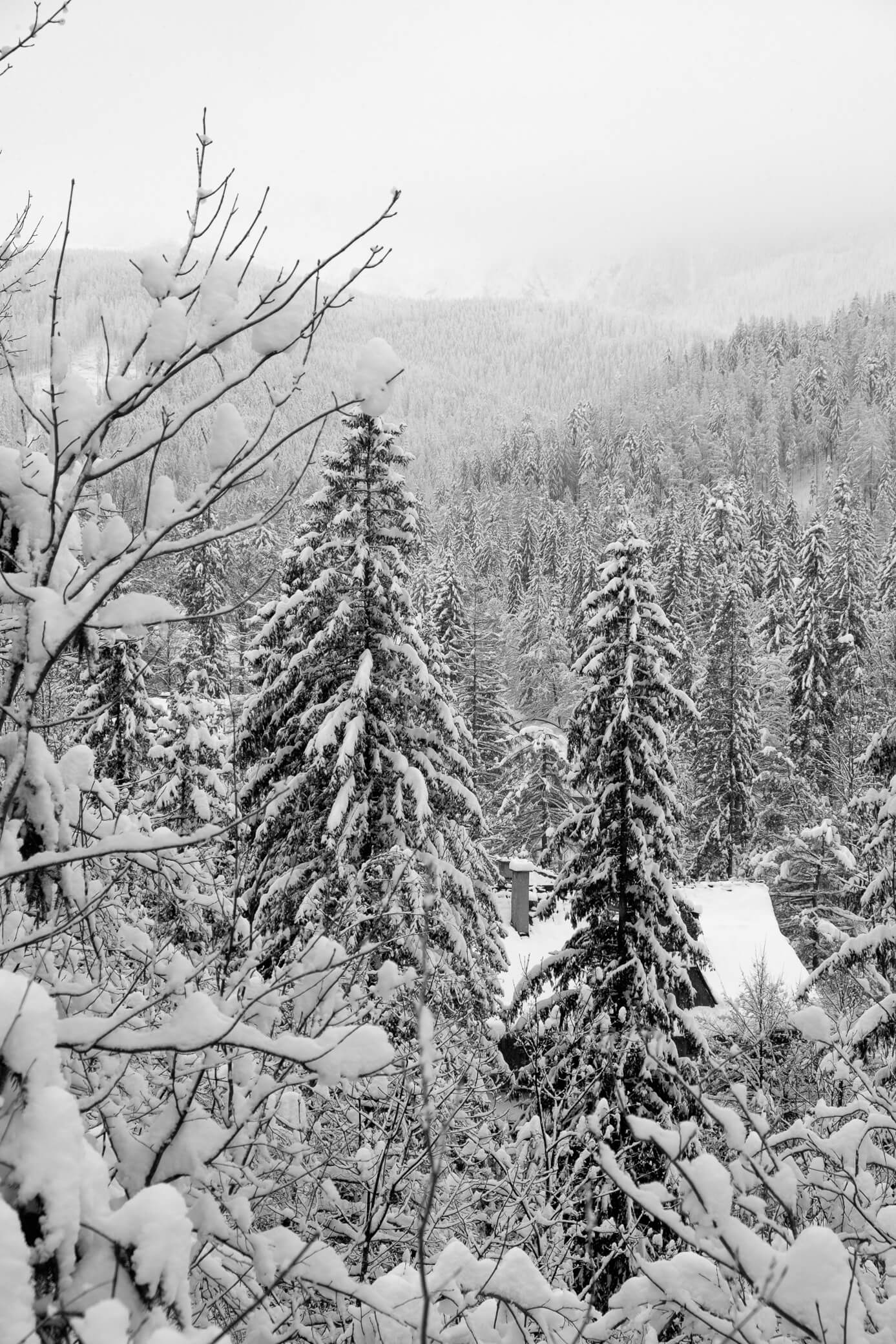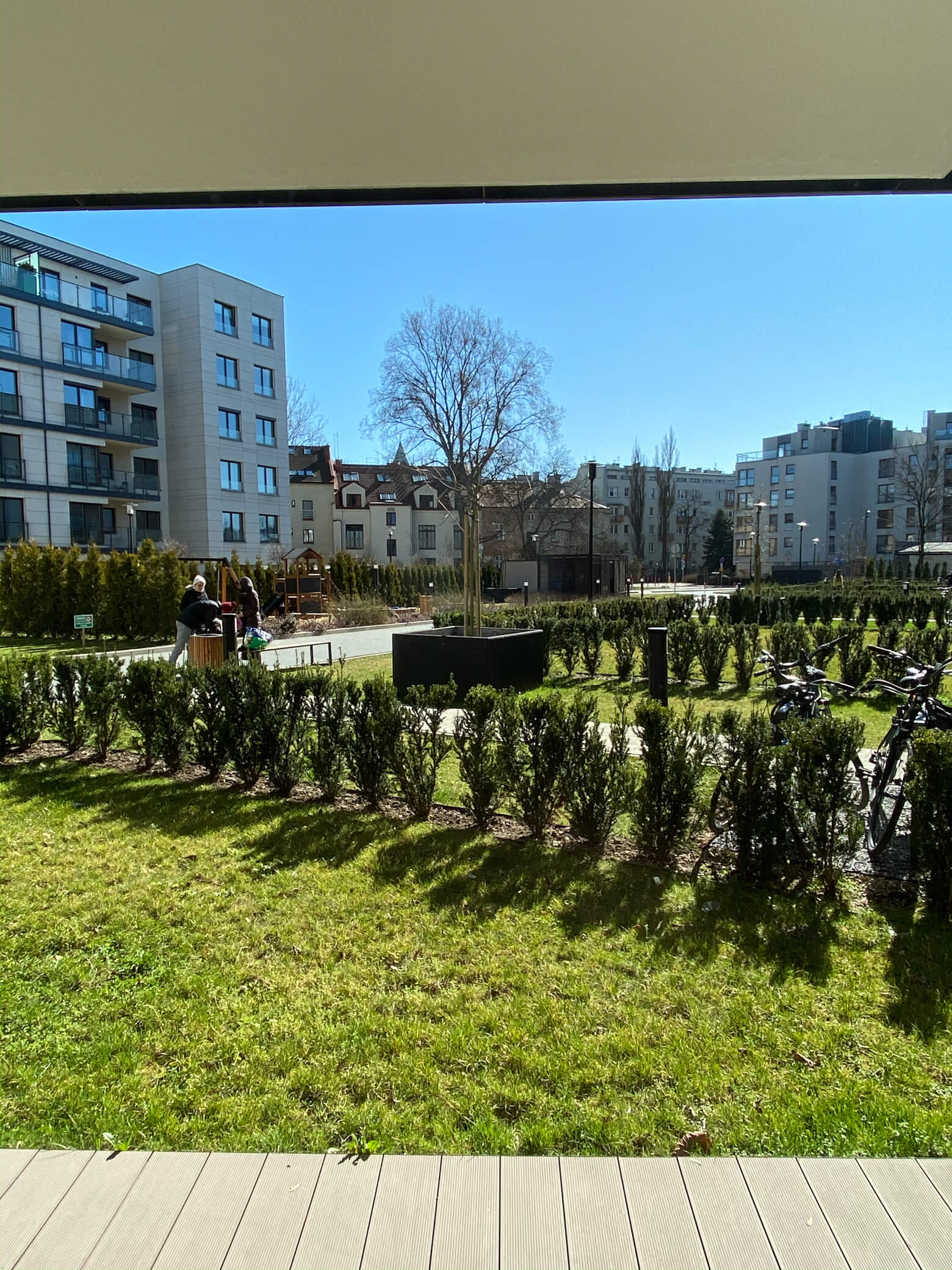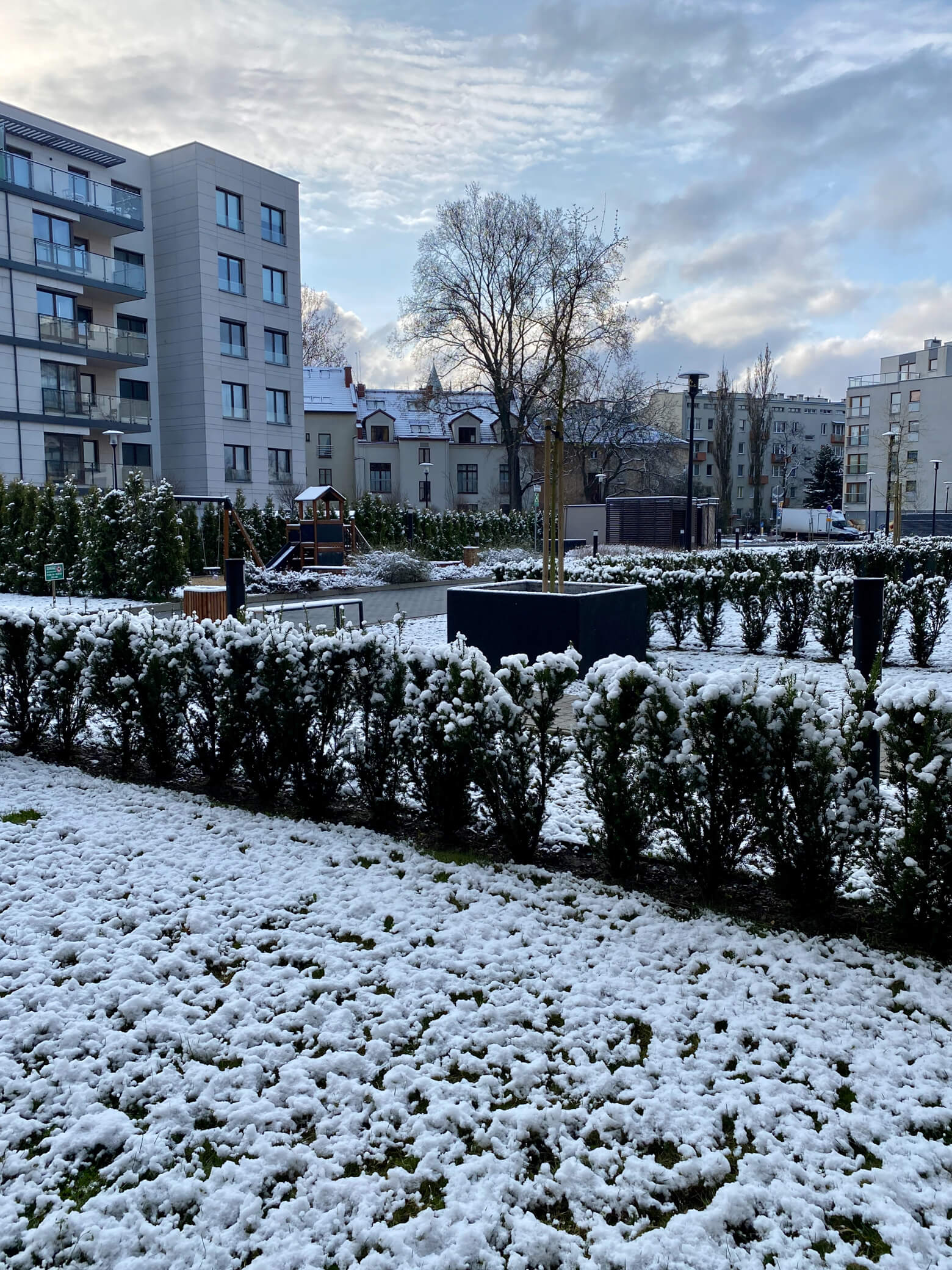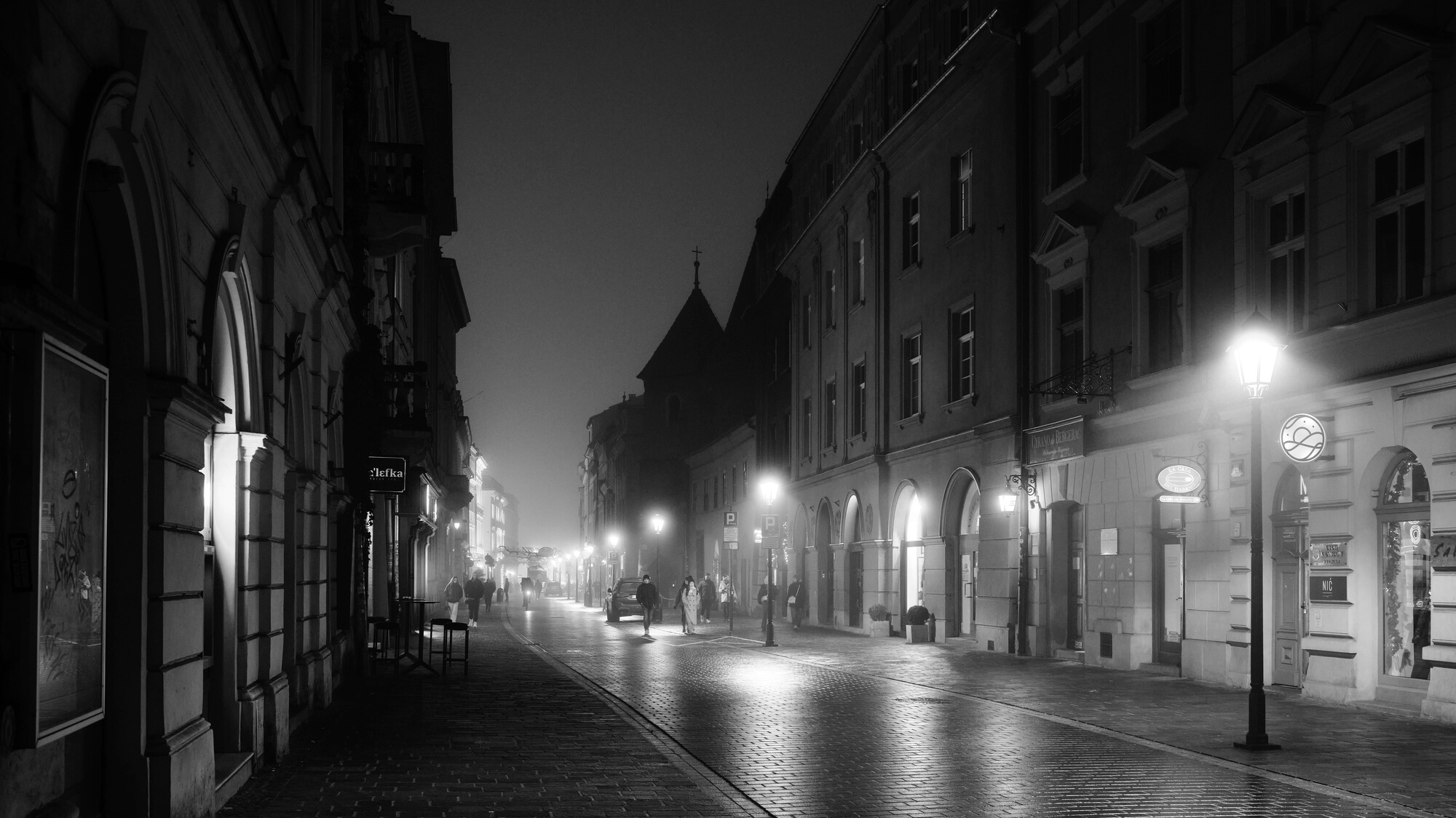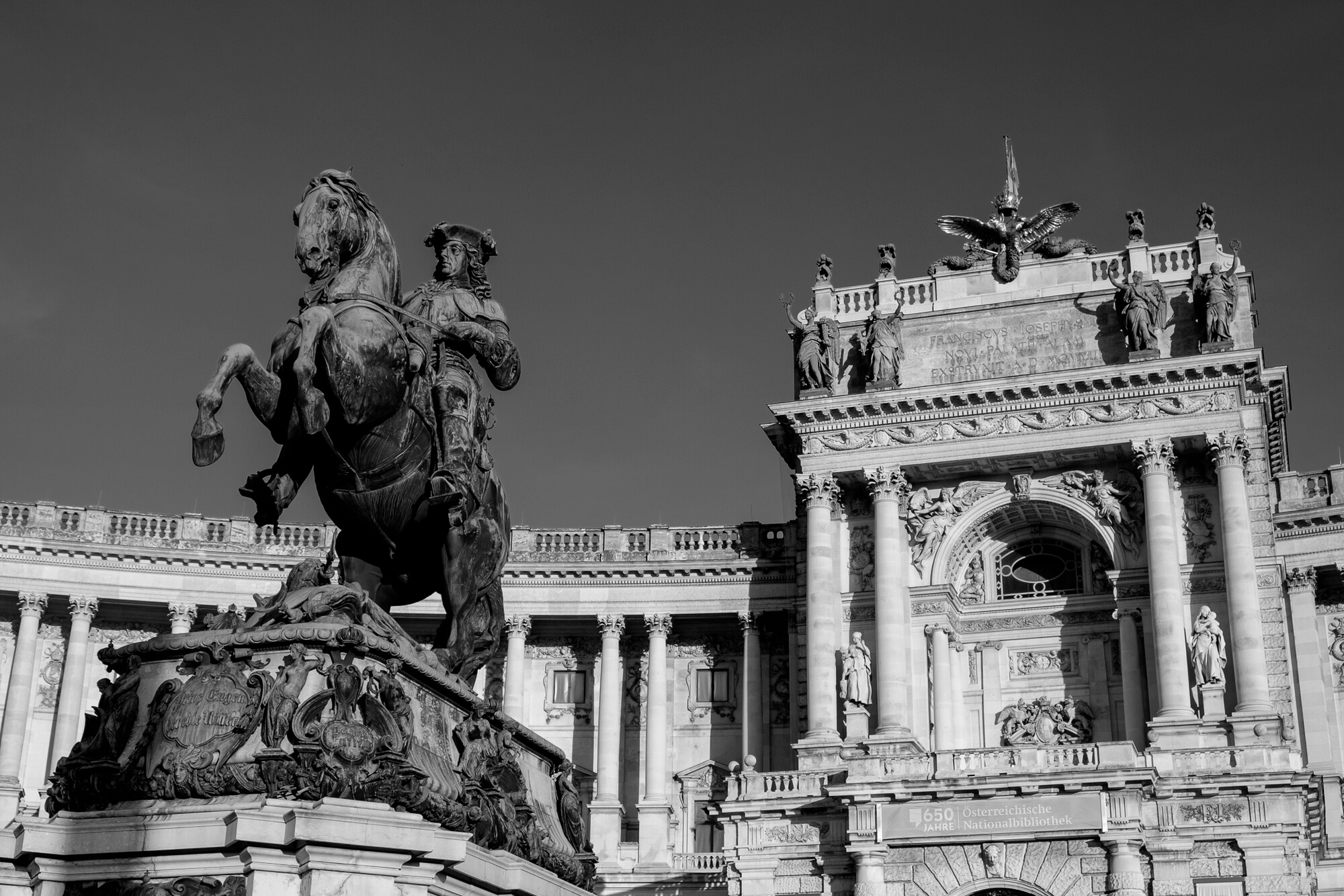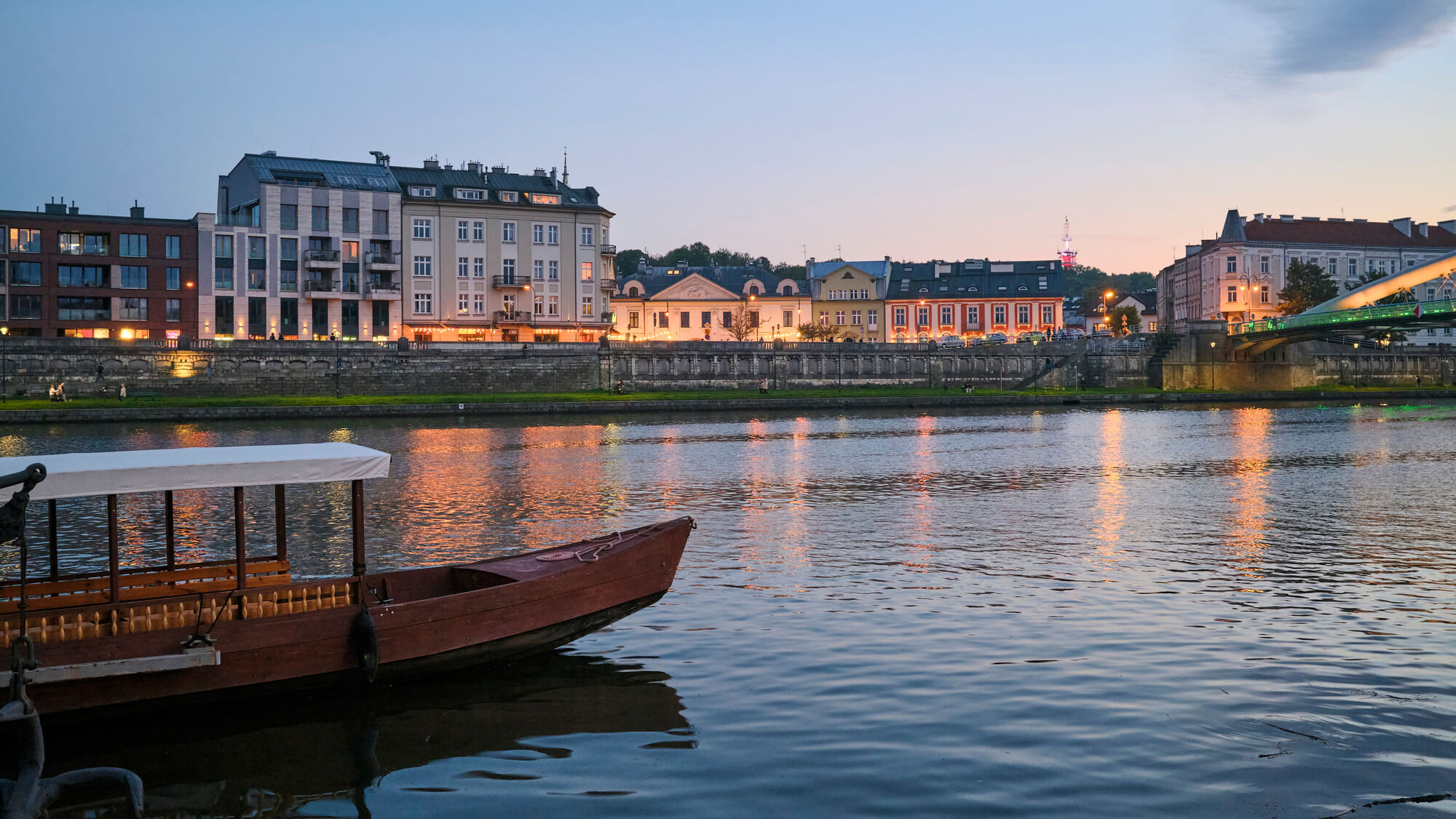This post is also available in Russian 🐻
In 2018, after spending three months in Prague, we firmly decided to move to Europe. The painless option presented itself — friends told us about relocating to Poland without huge investments and without the hassle of job hunting. We waited out the summer back home, then packed up in the fall and set off to find a new home.
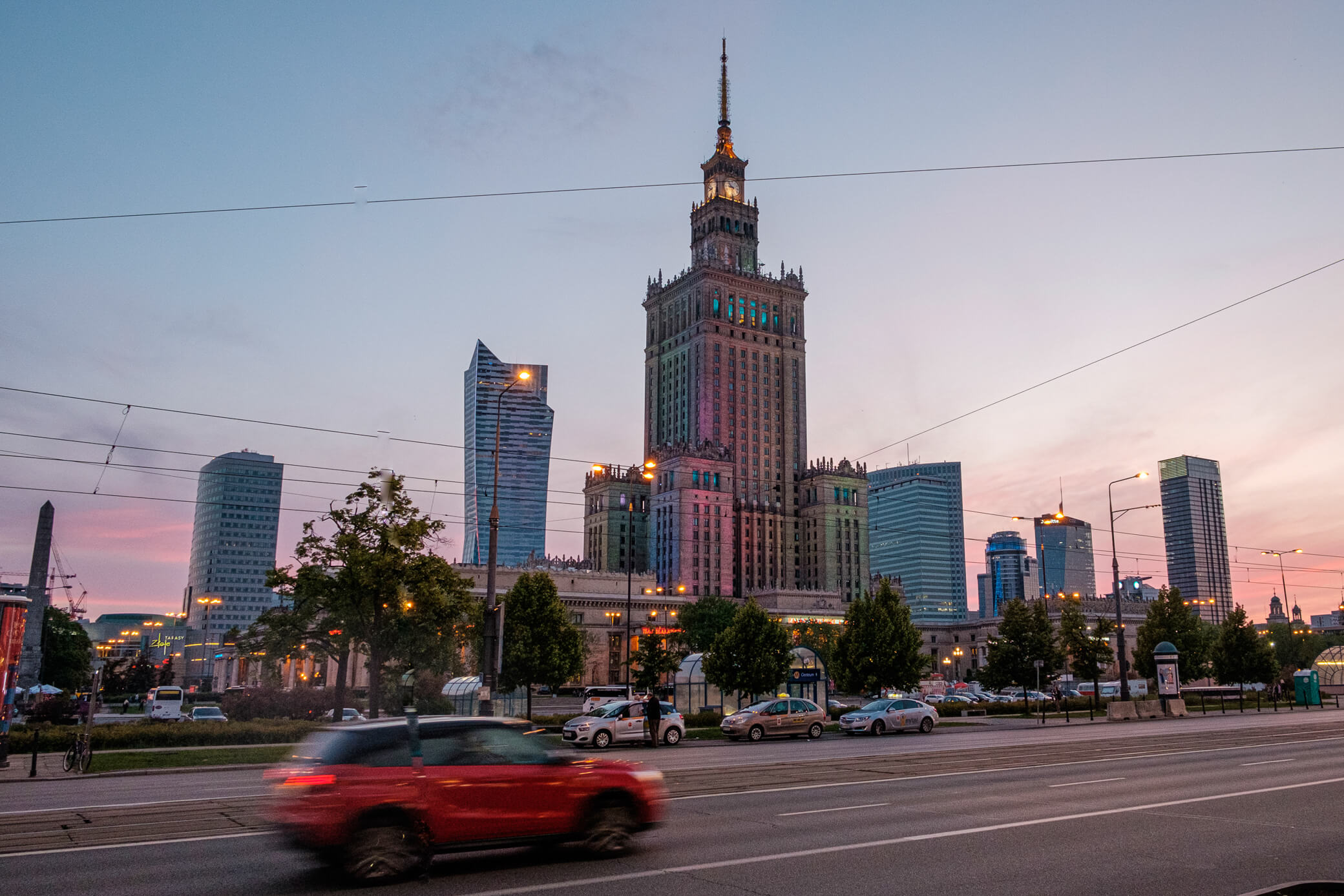
Ahead of us were plenty of surprises — some pleasant, some not so much. But in the end, we got our residence permits and are spending quarantine on a green terrace in sunny Kraków. I want to document this story and share about the country, the cities, the people, and the situations. A bit of everything that happened over a year and a half. With photos and cool stories.
First Visit and Choosing a City
In September 2018, we arrived in Poland with full suitcases — hoping to stay for good. We knew very little about the country — just wanted to “live in Europe.” The main goal was to quickly pick a city for registration and sort out all the formalities.
The shortlist included three cities. Warsaw — the capital and Poland’s only city with over a million people. Kraków — a cultural Mecca and the most beautiful city in Poland. Wrocław — a local Silicon Valley, located near the Czech and German borders.
Of course, everything went sideways. We underestimated bureaucratic hurdles and had to leave Poland three months later. But we left fully confident that we would come back, finish what we started, and settle in Wrocław.
But the story needs order.
Warsaw
The capital of Poland strongly reminds me of the capital of Russia with its pace, wide avenues, panel-block outskirts, and even a Stalinist skyscraper against the backdrop of glass towers of the local financial district. At times, it feels like Vienna. Less often — Berlin.
During World War II, the city was almost completely destroyed. The historic center was rebuilt based on paintings, blueprints, and photos, but Warsaw irreversibly lost its “European vibe” during the Soviet occupation and the subsequent economic decline.
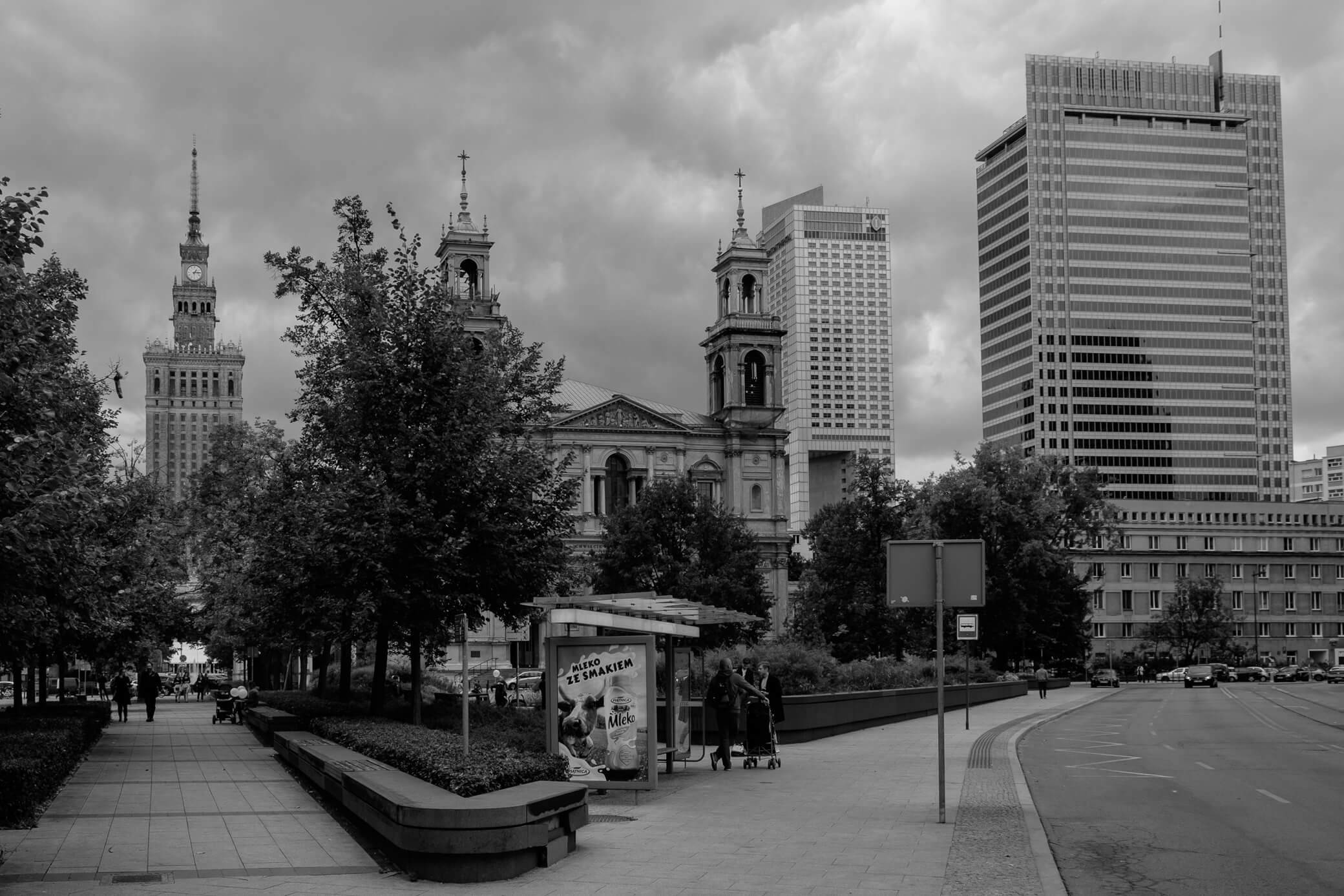
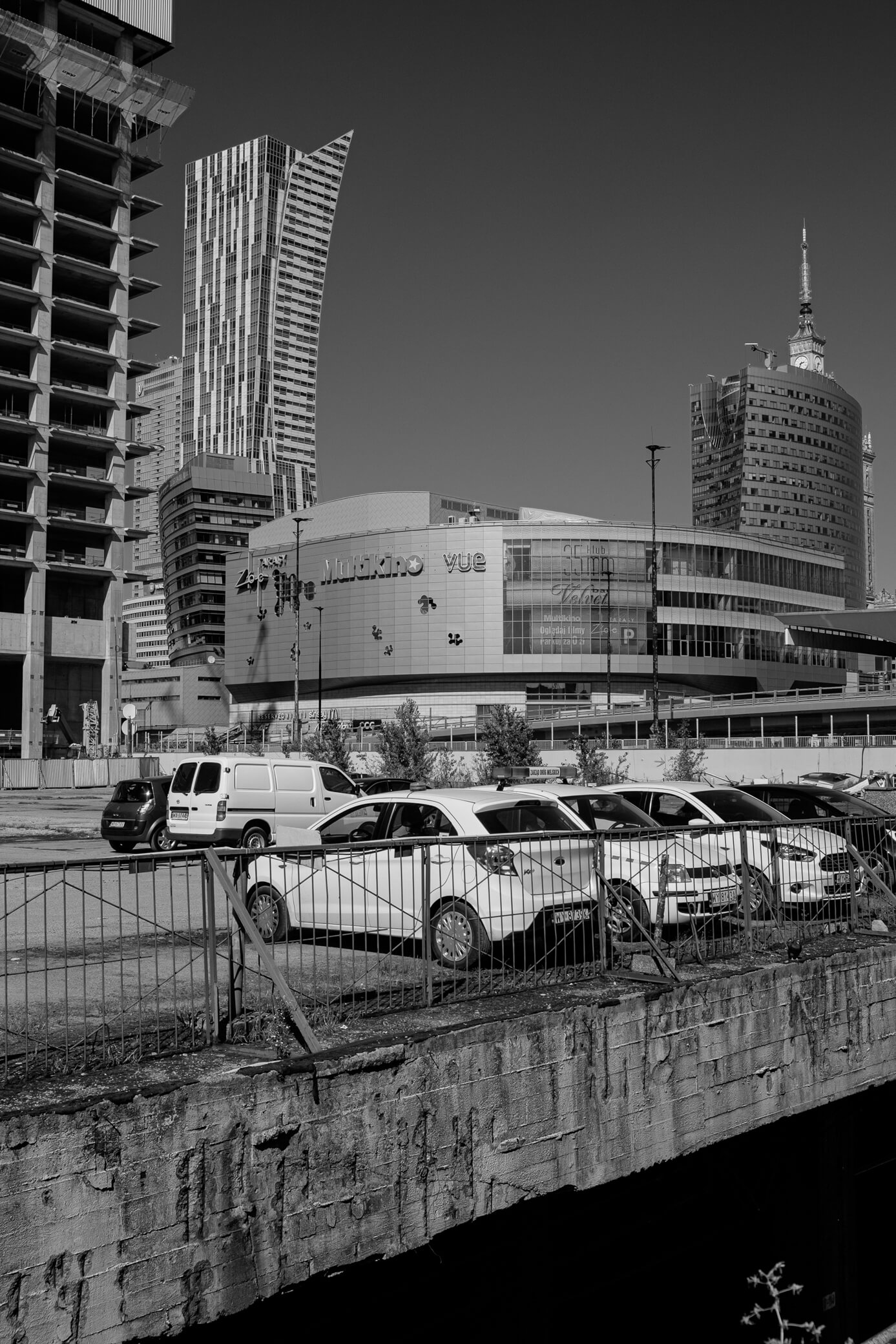
There are frankly uncomfortable neighborhoods — for example, Praga on the east bank, where you can feel the pressure of a marginalized population. Now it’s being developed with expensive real estate and taken over by hipster pioneers, but it still looks like a social bottom.
There are beautiful spots you want to return to: like the Powiśle riverfront district and Łazienki Królewskie park. Plus, it’s the best city for business, career, nightlife, and hedonism. Also — a great starting point for traveling across Europe.
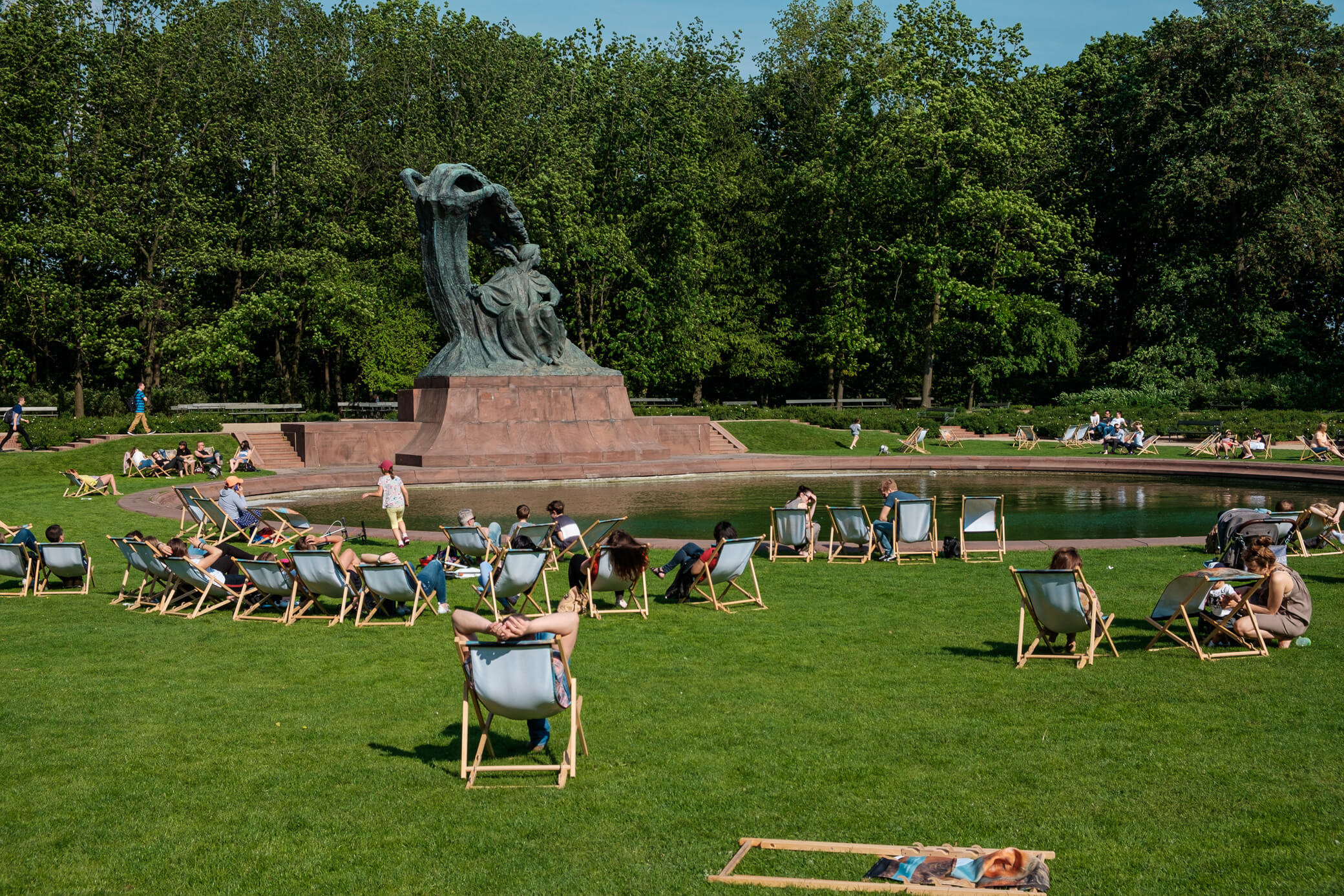
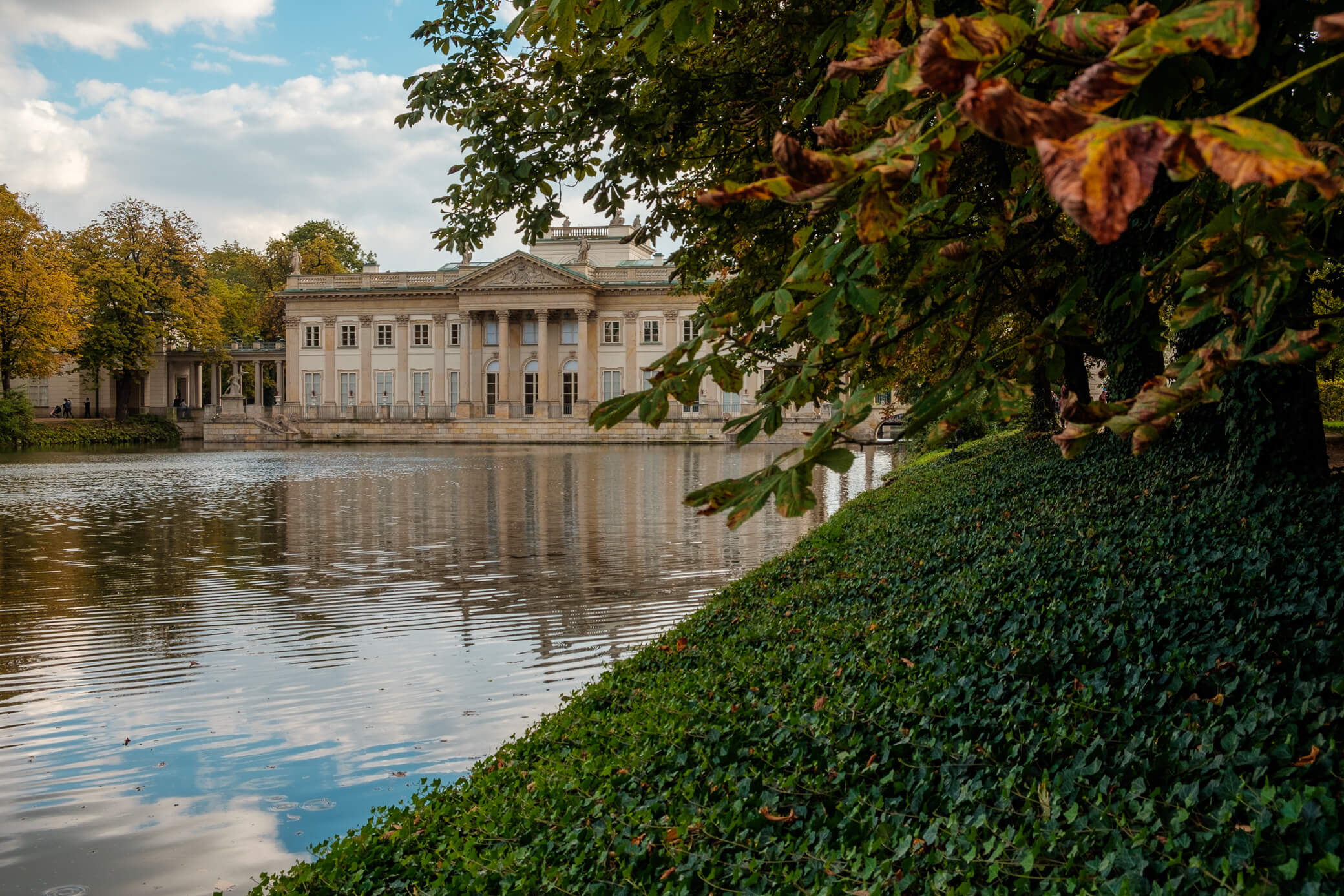
We were looking for a more relaxed lifestyle and the external signs of a European city. So Warsaw didn’t click on the first try, and several following visits only confirmed that feeling.
Wrocław
On our first visit, Wrocław seemed like the perfect place. A thousand-year-old city that passed from Poles to Bohemians, Prussians, Germans, and finally returned to the Polish Commonwealth only after World War II.
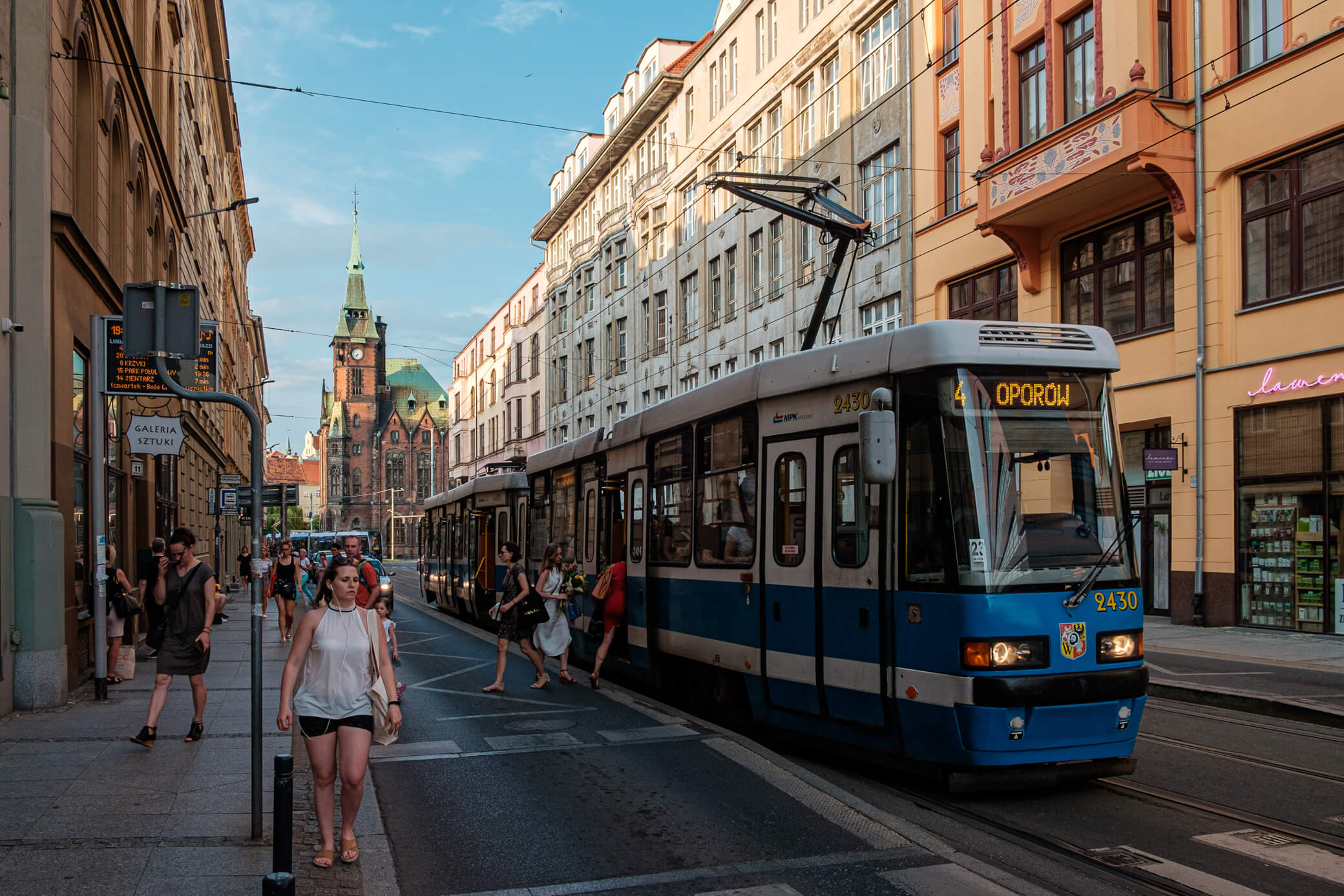
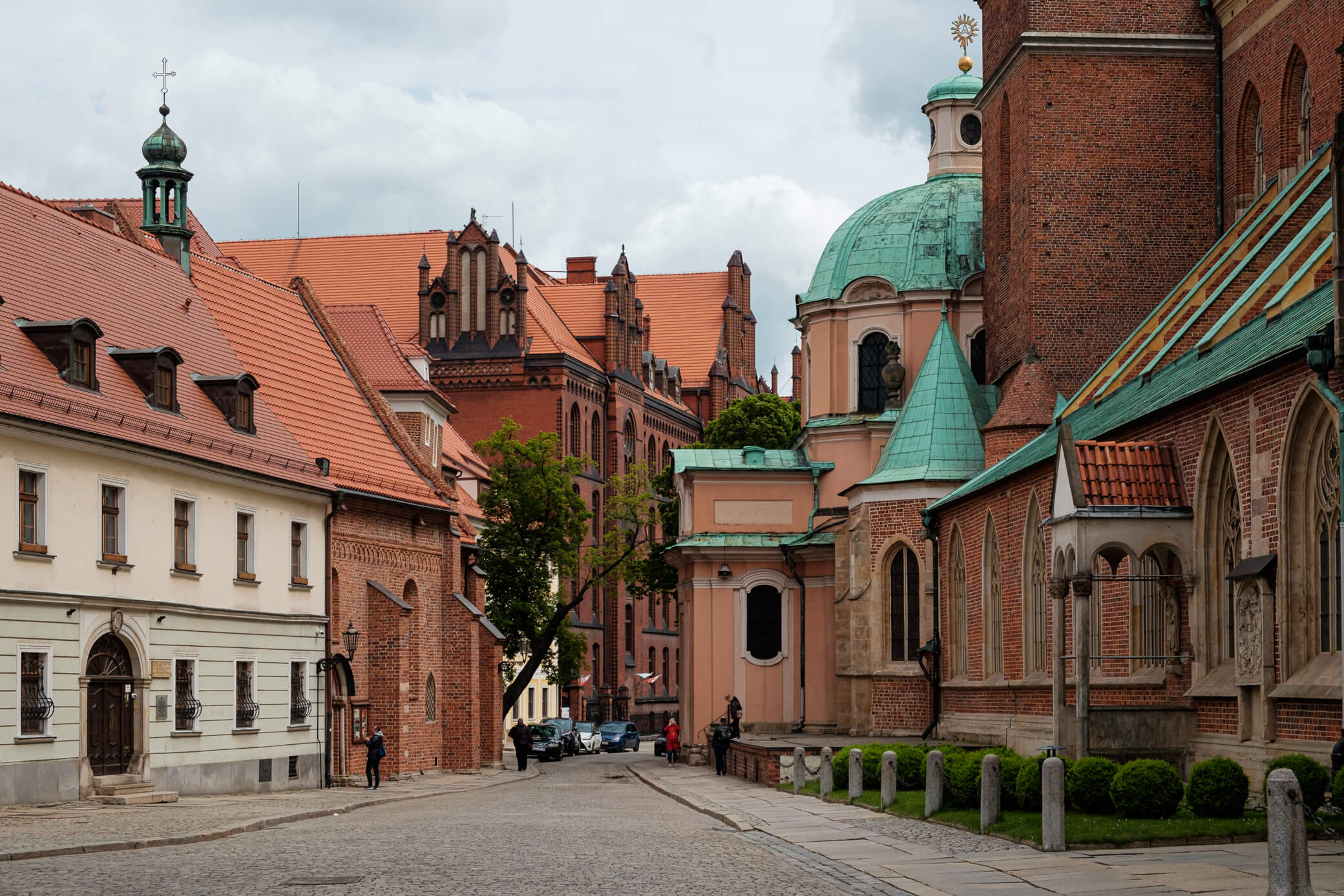
Wrocław was the last German “Festung” (fortress) on the Red Army’s way to Berlin. So it lost much of its historical charm during the three-month siege of Breslau. But it was restored and today looks amazing.
Once called Breslau, it was the second largest city in Prussia. A couple hundred years as part of the Habsburg Empire also left a mark that’s unmistakable. So the local architecture differs significantly from the cities in southern and eastern Poland.
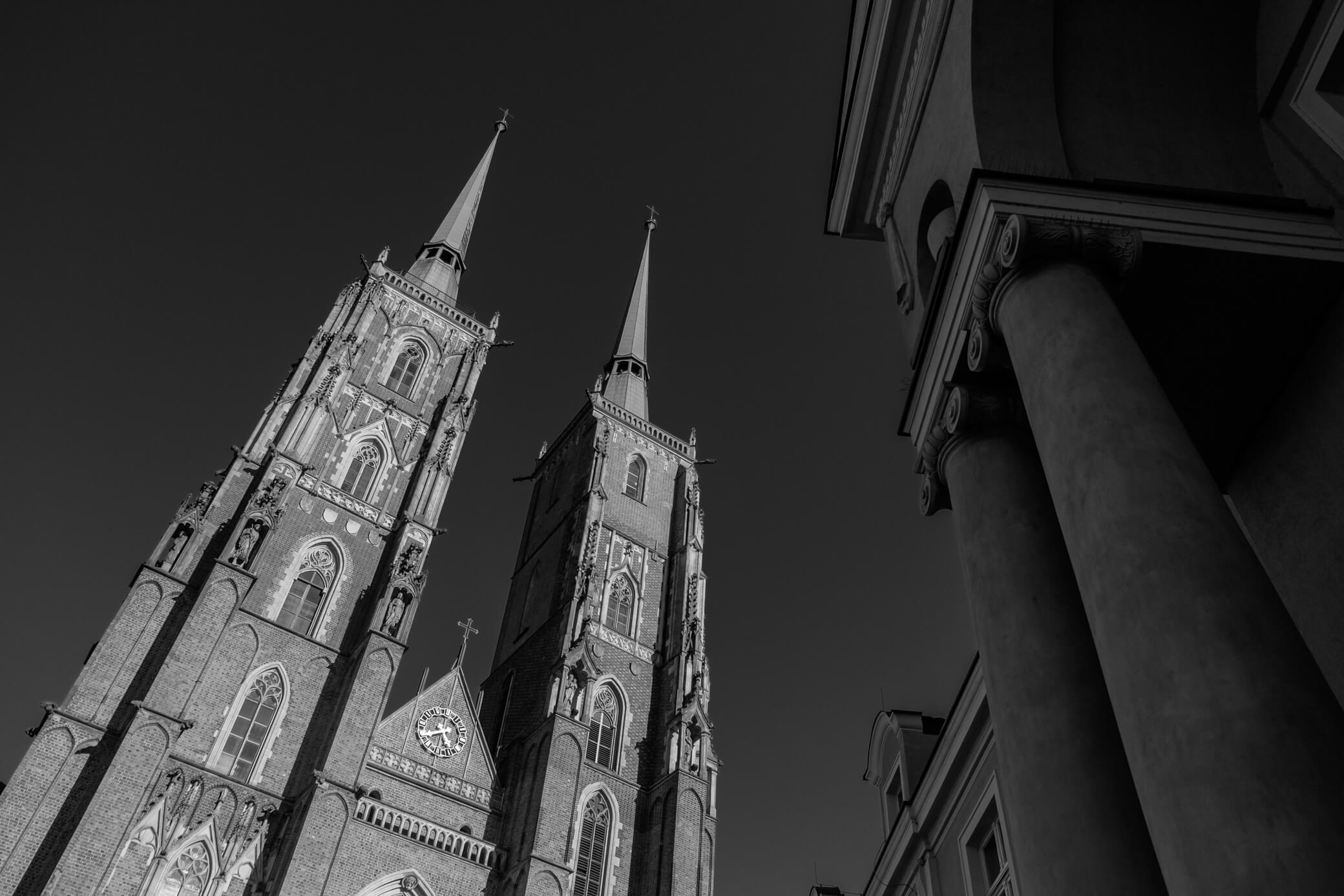
Wrocław sits on 12 islands formed by the Oder and Oława rivers. More than 100 bridges connect the banks, which is why Wrocław is often called the “Polish Venice.” Nearby are the Sudetes mountains, behind which the Czech Republic begins. Trips to Prague and Berlin take about 4 hours.
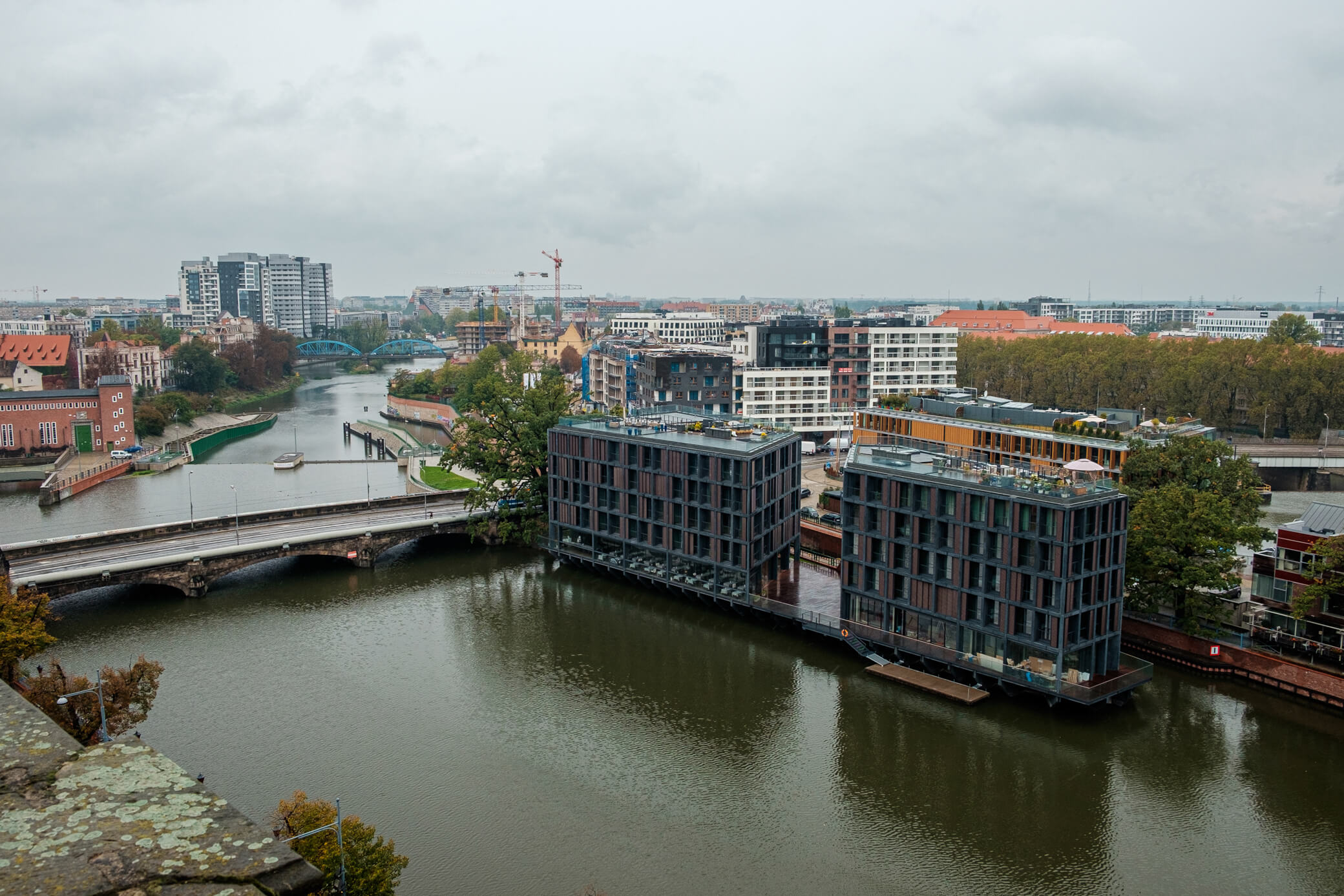
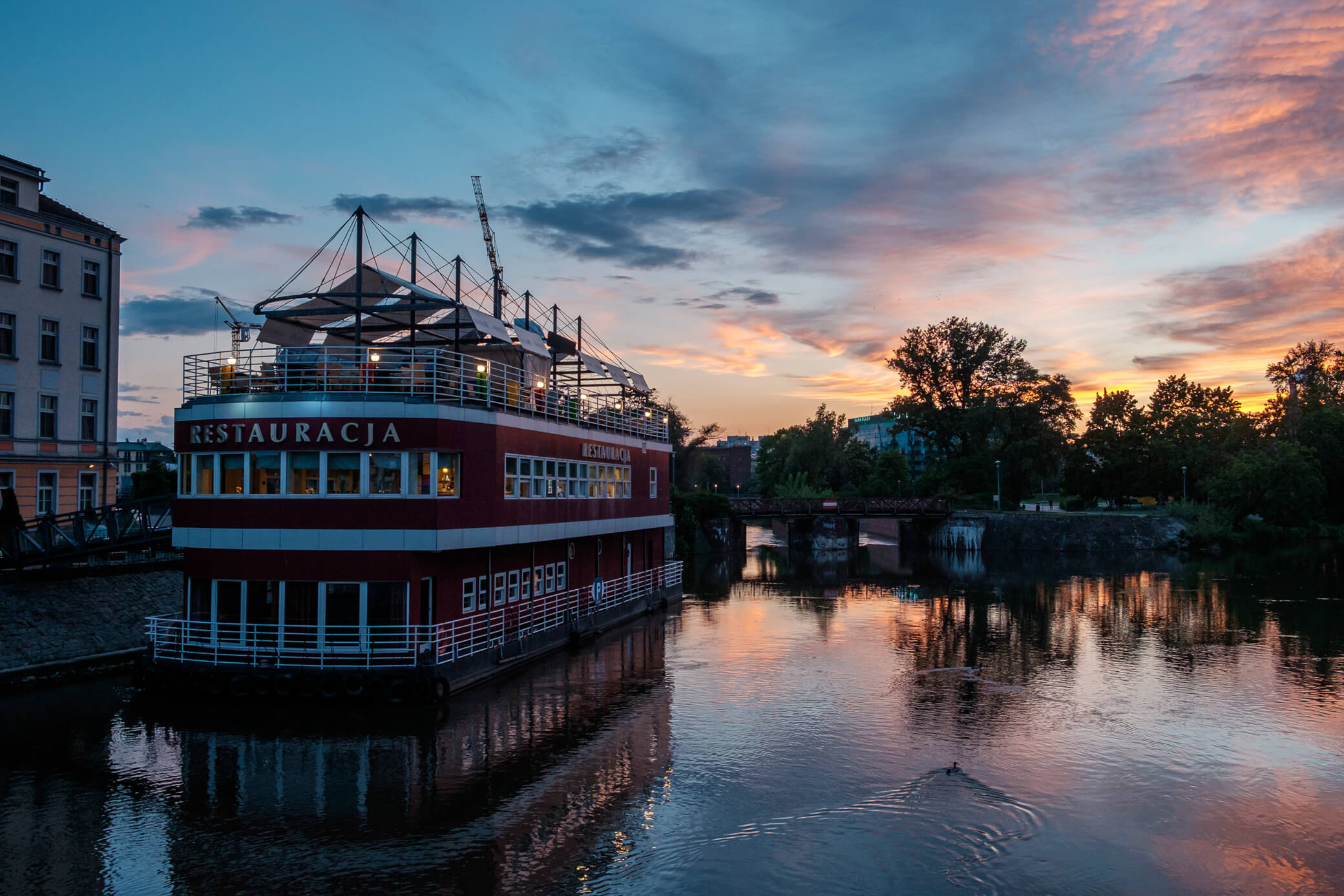
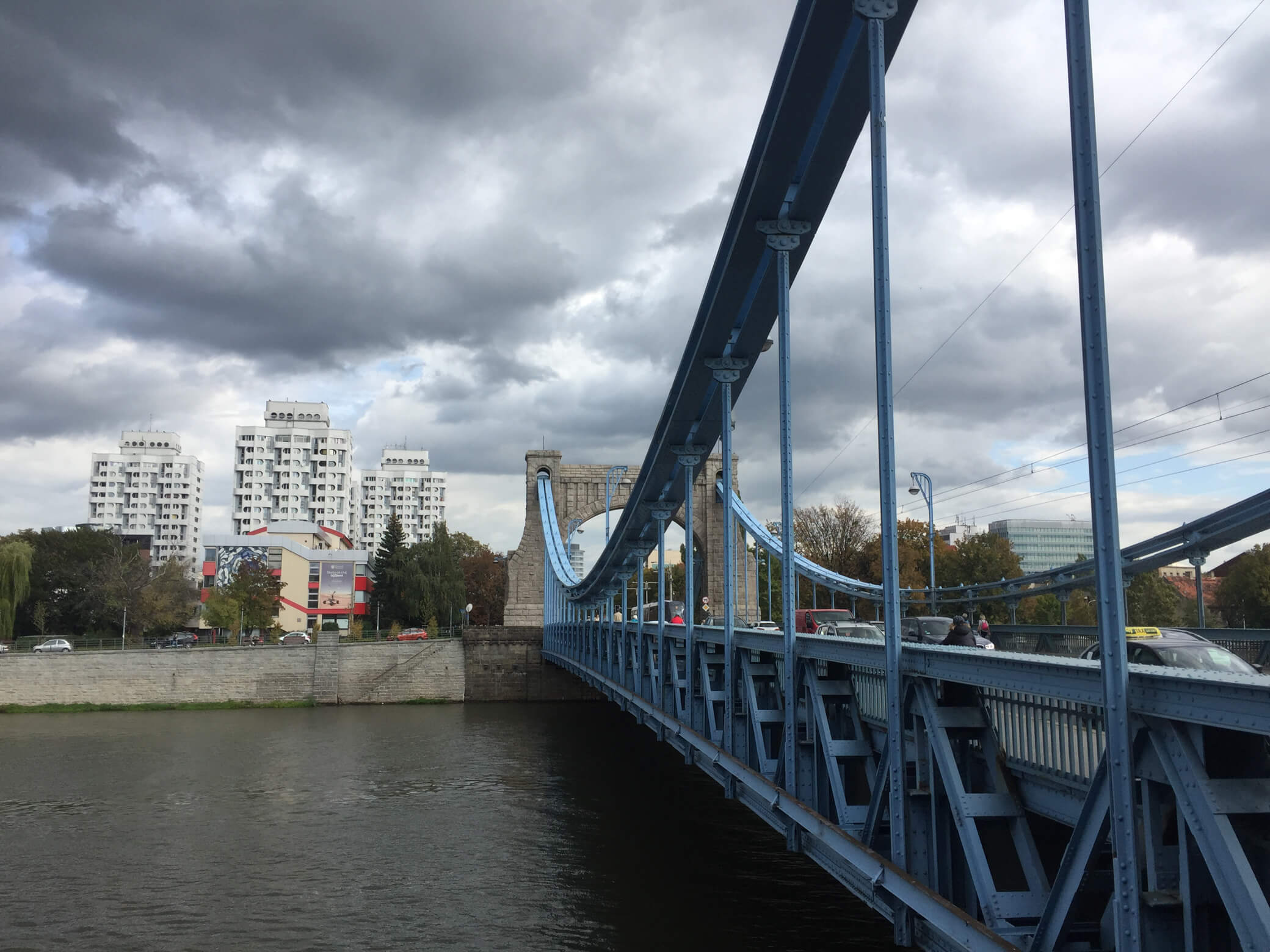
After we jumped all the bureaucratic hurdles and got our long-term national visas, we moved to Wrocław and lived there for almost half a year. That was enough to take off the rose-colored glasses of first impressions and get a bit disappointed.
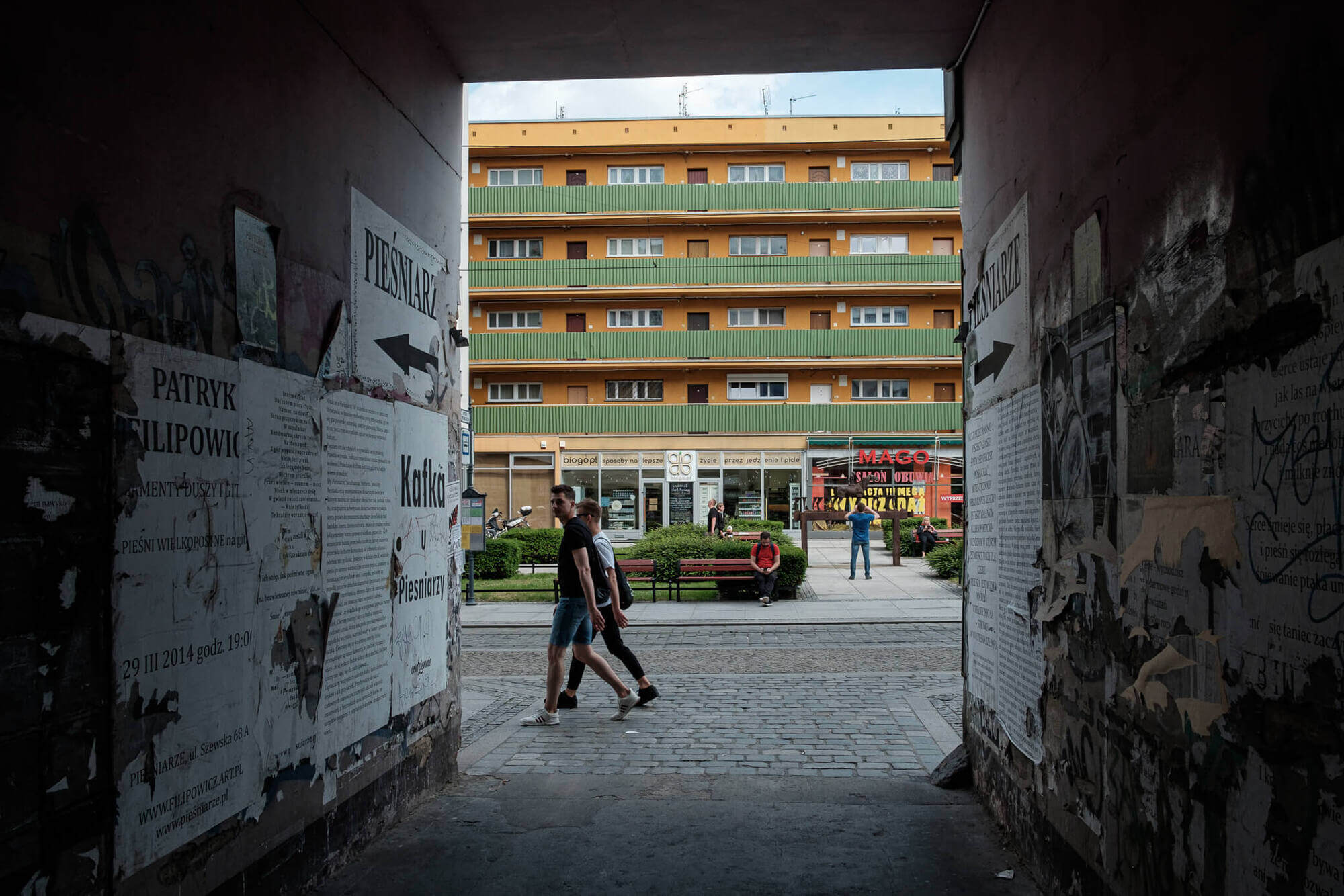
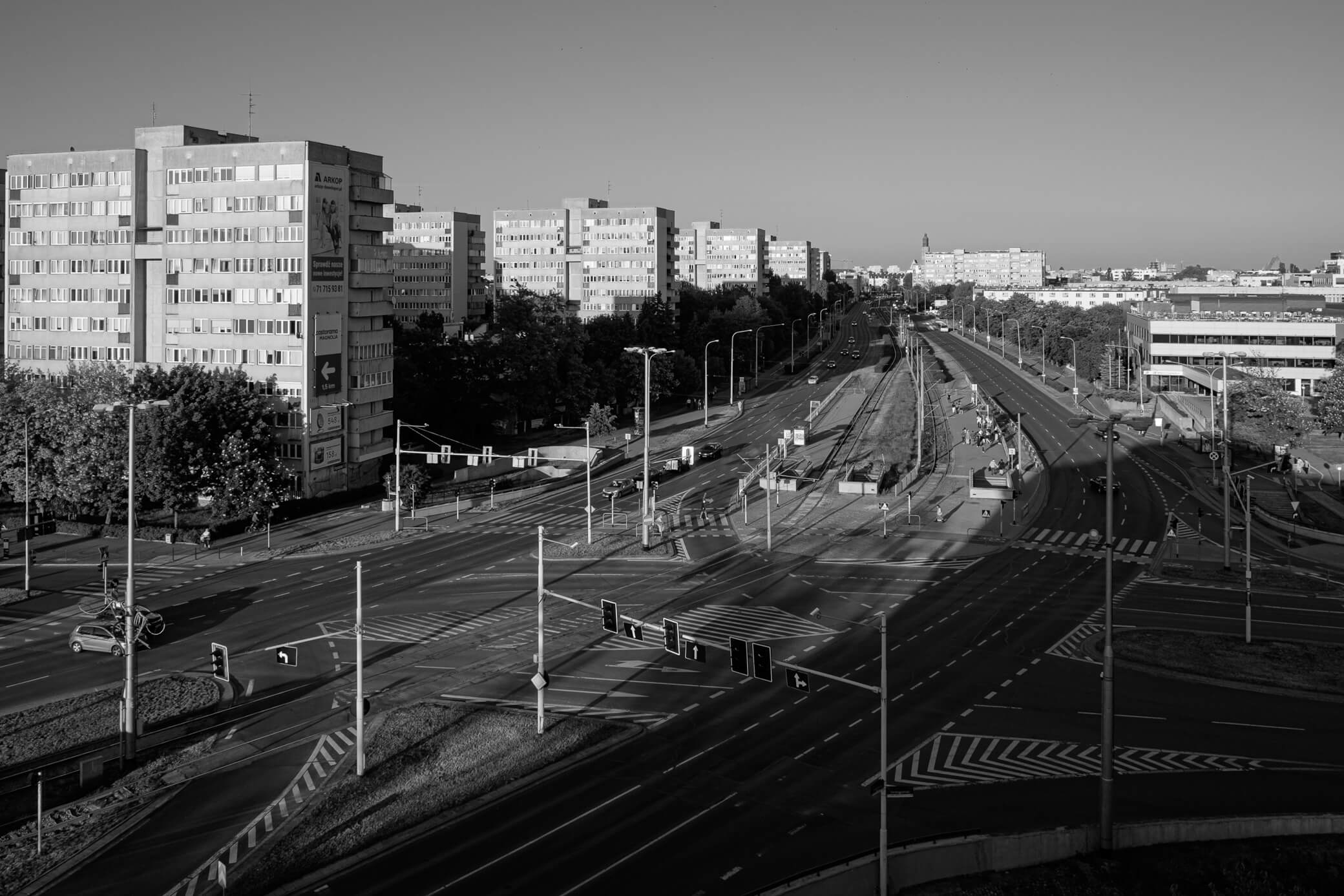
Despite the number of IT companies and foreign specialists (it’s the most international city in Poland after Warsaw), Wrocław still feels provincial. It has everything you need to live, but lacks the feeling that you really live.
In summer, when students leave the city (Wrocław is one of Poland’s biggest student centers), the streets are left with local versions of tough guys from Butovo, migrant workers from Ukraine, old folks, and the occasional German tourist senior.
Meanwhile, you start sinking into the fuzzy atmosphere of a cozy European village and learn to recognize every one of the 400 Wrocław gnomes scattered around the city as little bronze statues. Weekend trips to the Czech Republic and Germany don’t save you from this.
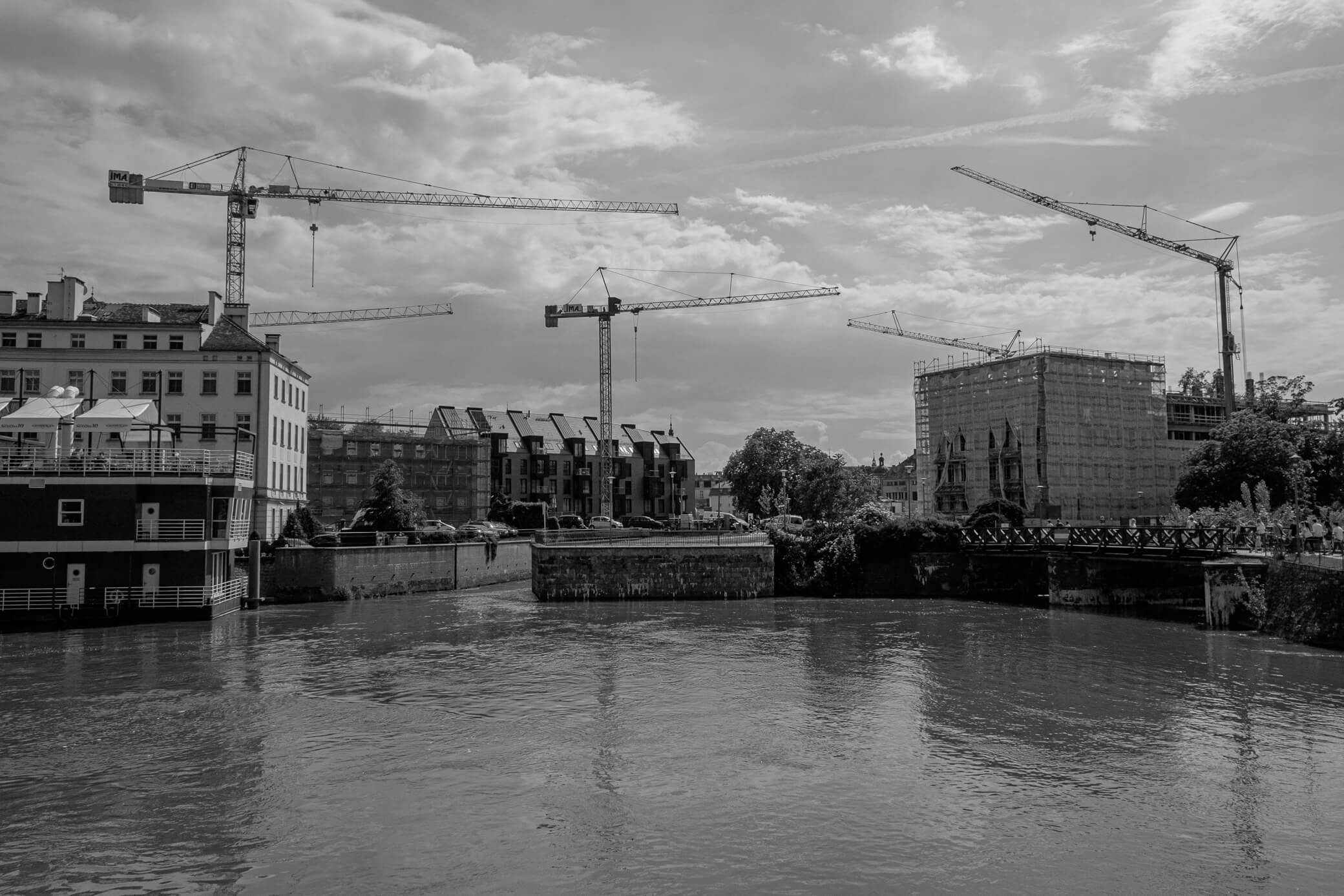
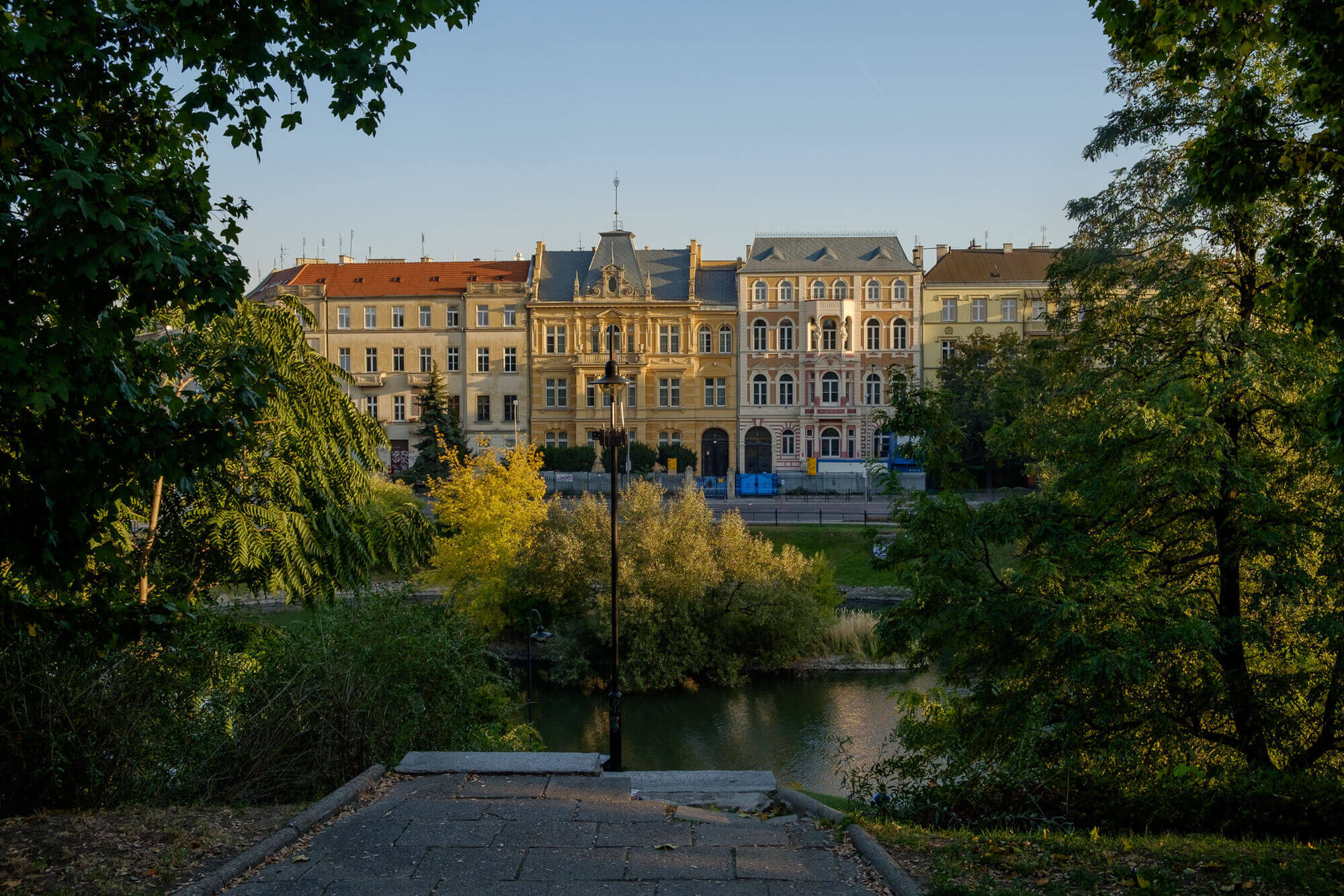
There are places in Wrocław I do miss: the incredibly beautiful Market Square with its town hall, Tumski Island and Wyspa Piaskowa, Szczytnicki Park and ZaZoo beach, the city moat embankment, bars in the Four Religions quarter, and much more.
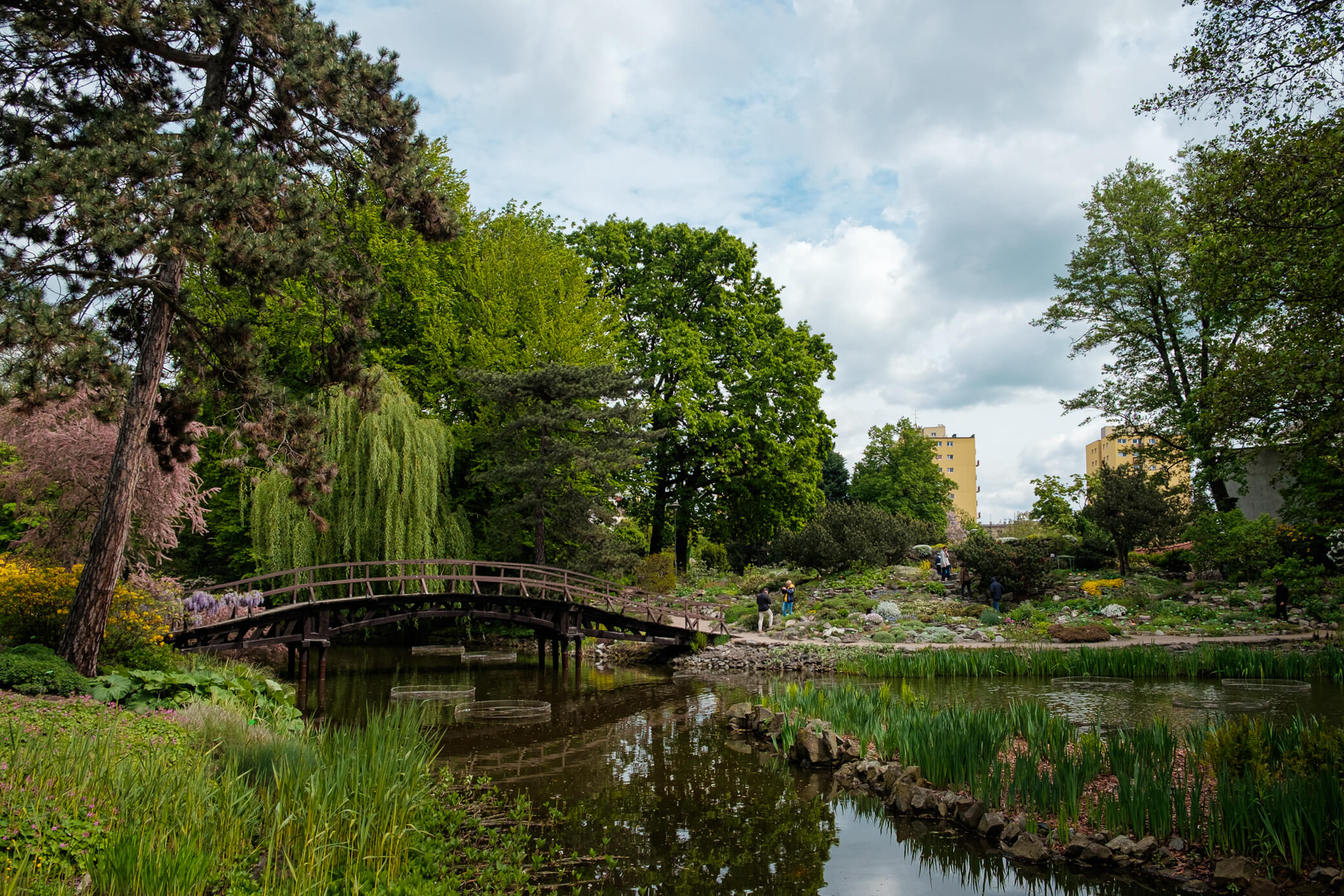
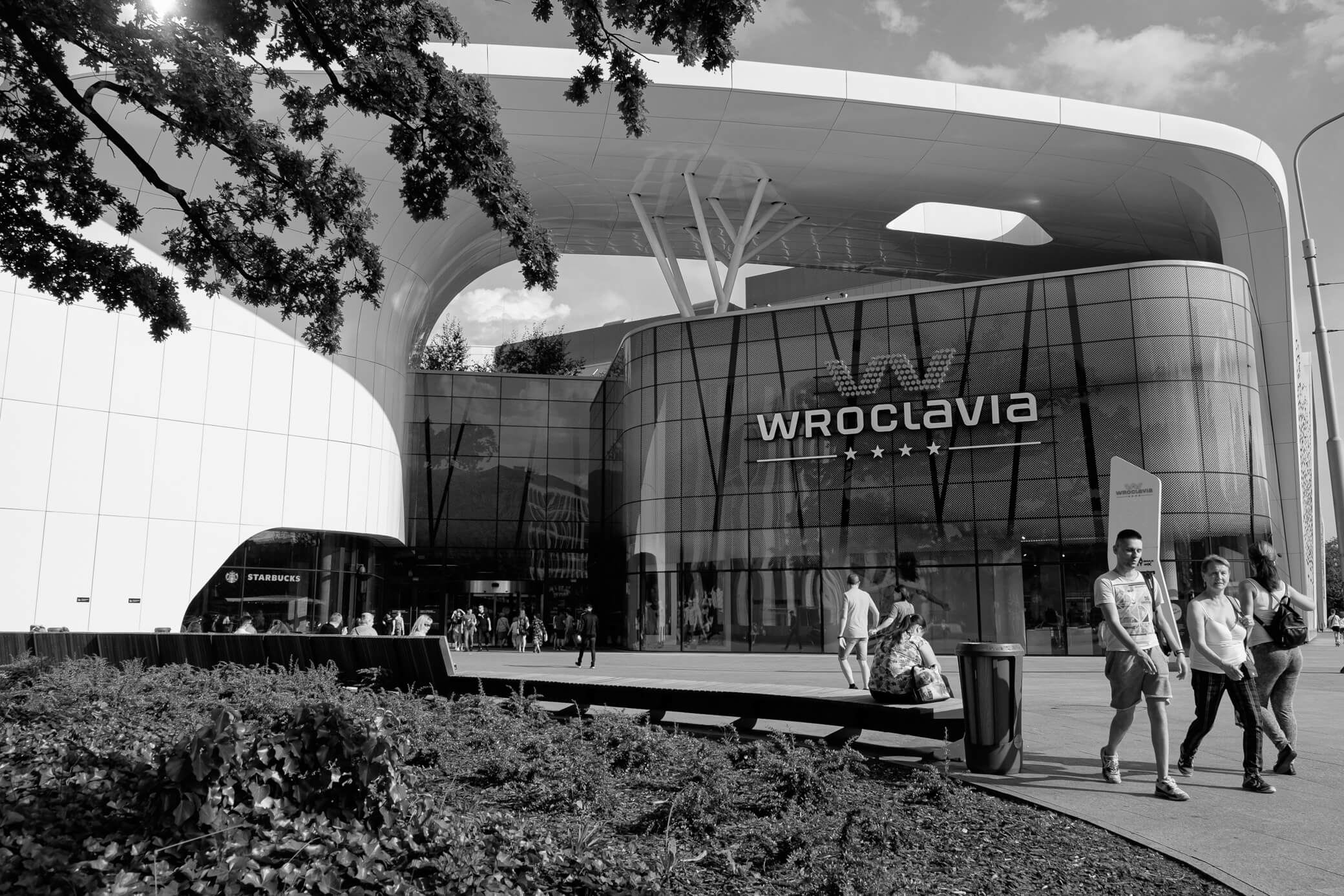
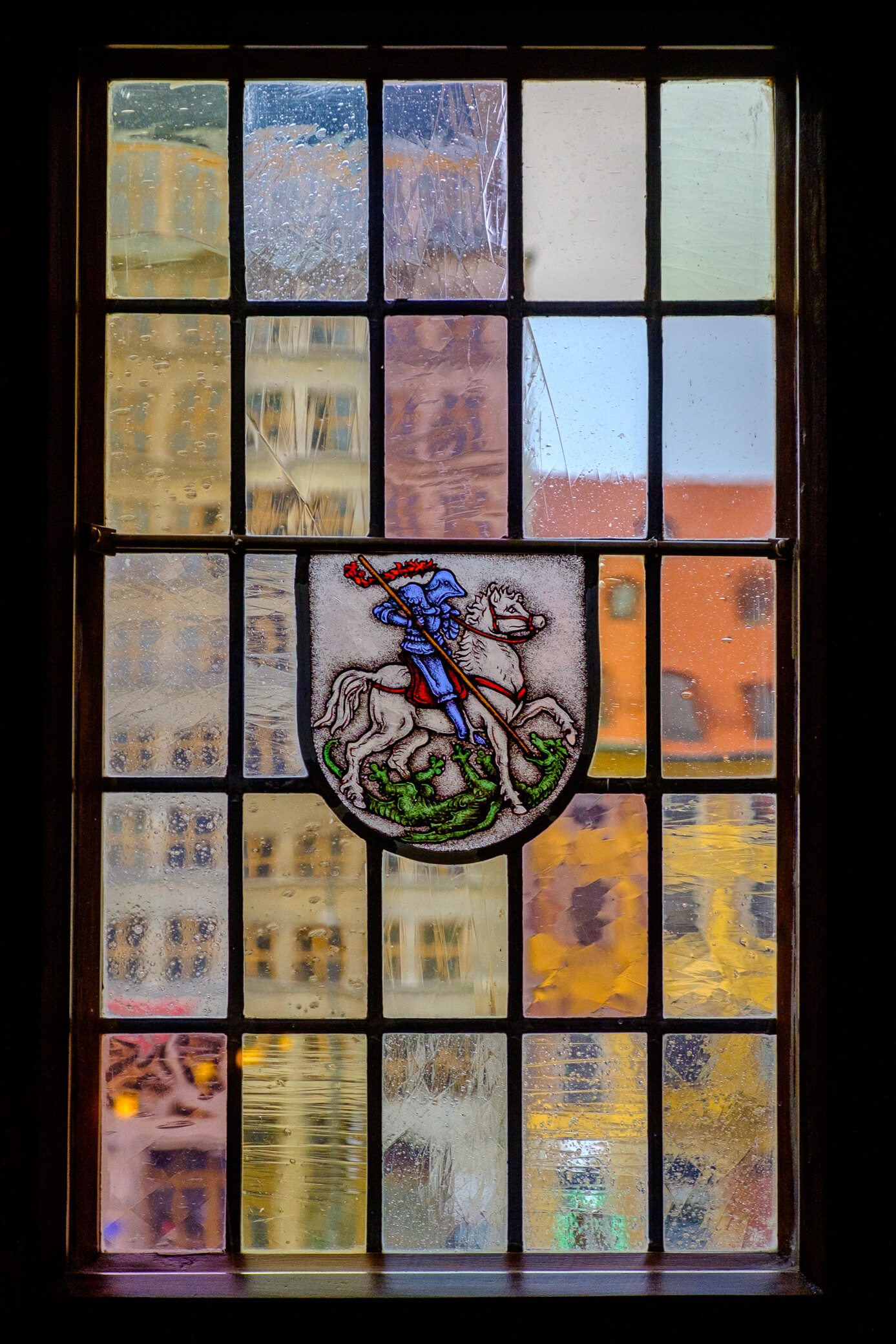
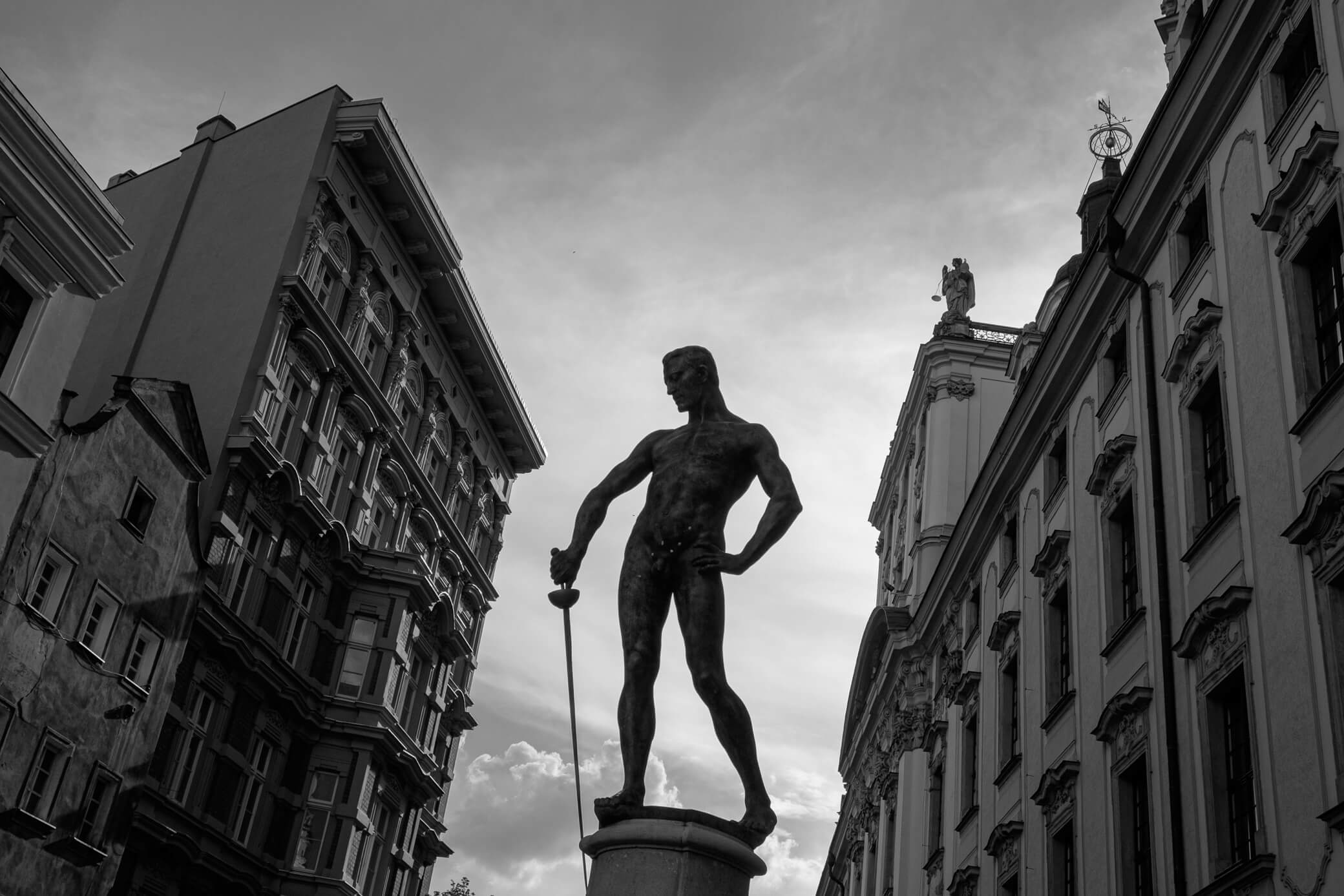
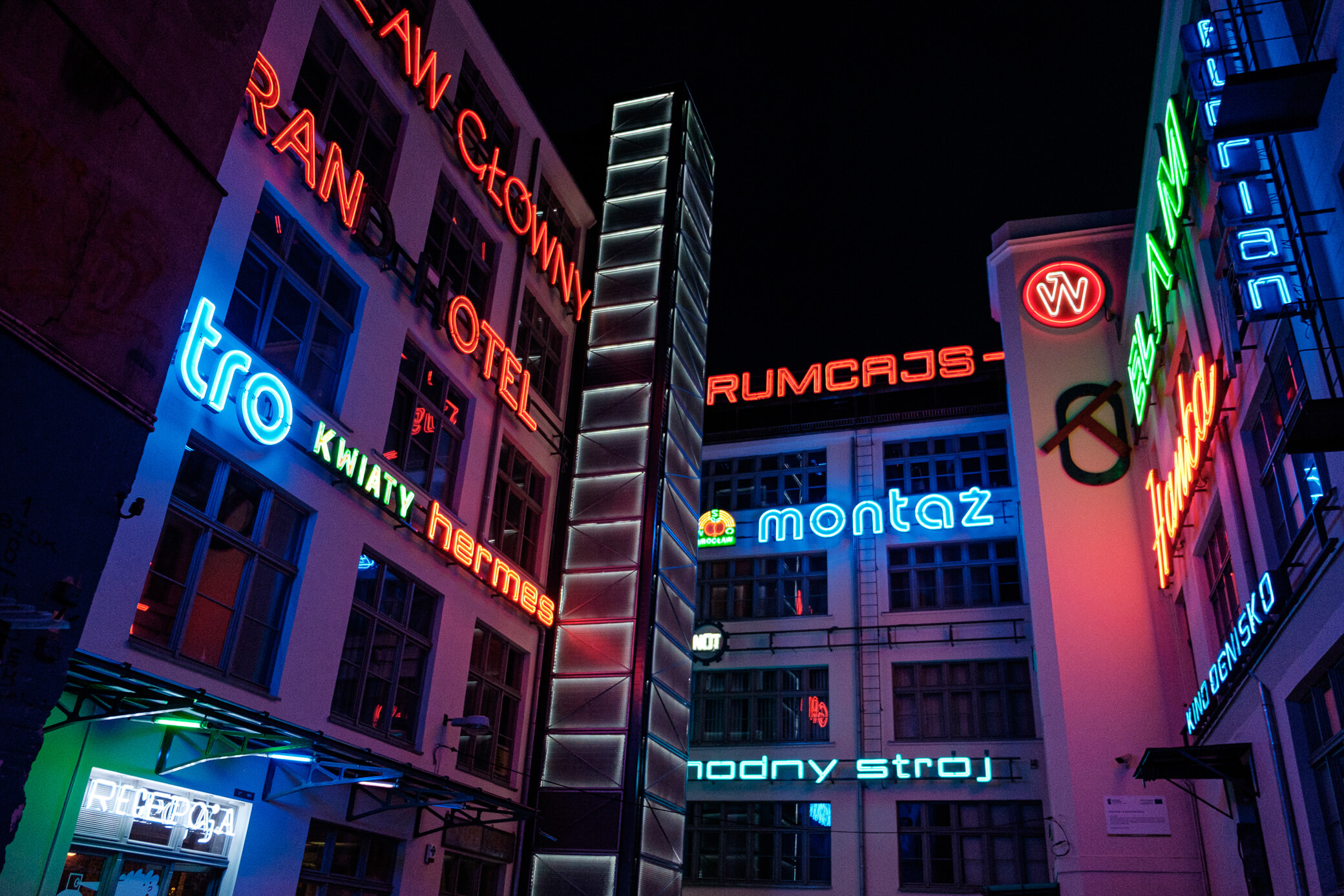
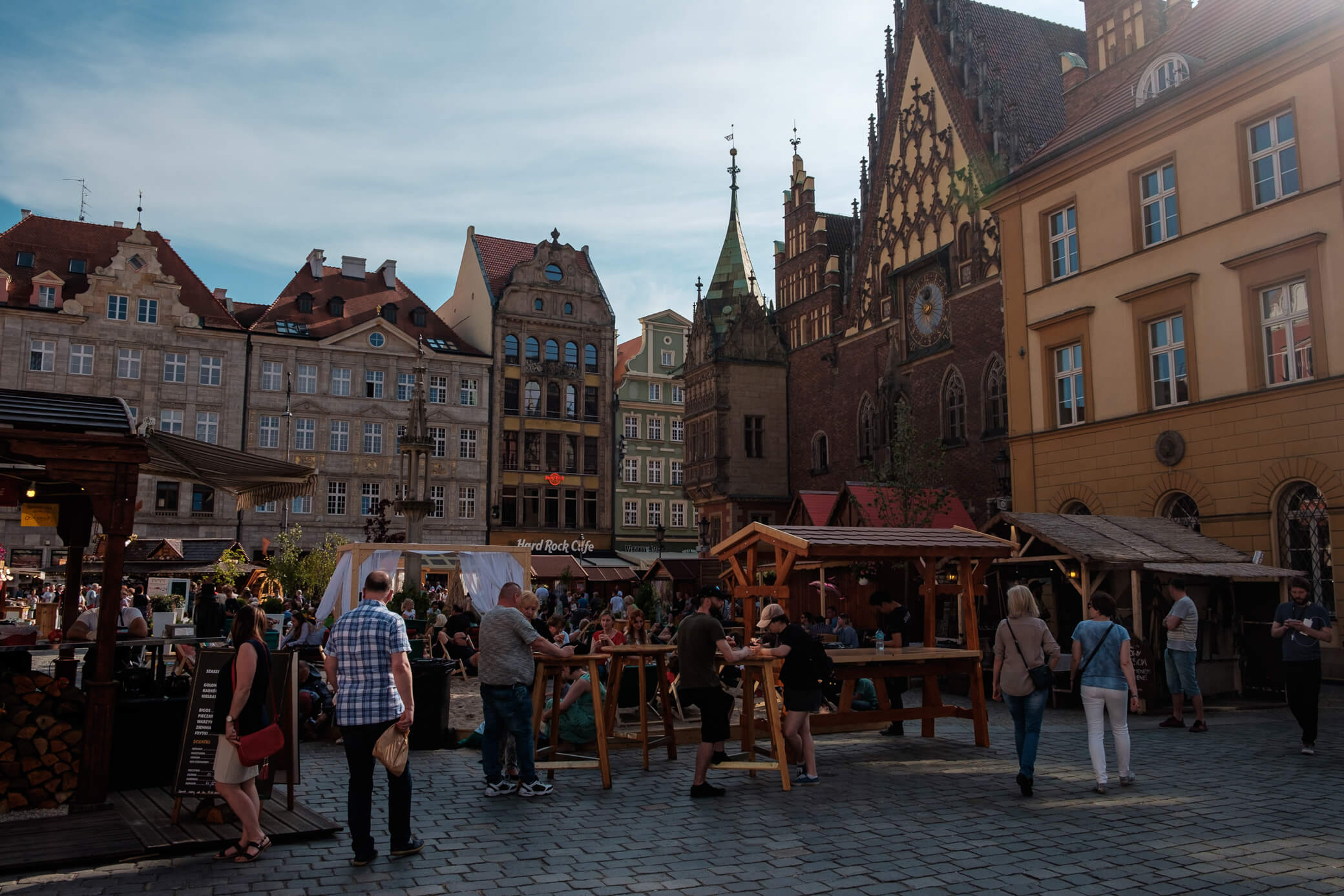
Wrocław is growing and developing at an incredible pace. I’m sure in 10-15 years it will be the coolest and most modern city in Poland. But right now, it suits deeply family-oriented and settled people. We lasted six months and then moved on to Kraków.
Kraków
Kraków is the most beautiful city in Poland. In January 1945, it was surrendered without a fight, so it preserved authentic architectural layers — from Gothic to Constructivism. Even Soviet brutalism and the utilitarian panel blocks of the residential districts didn’t ruin the city’s look.
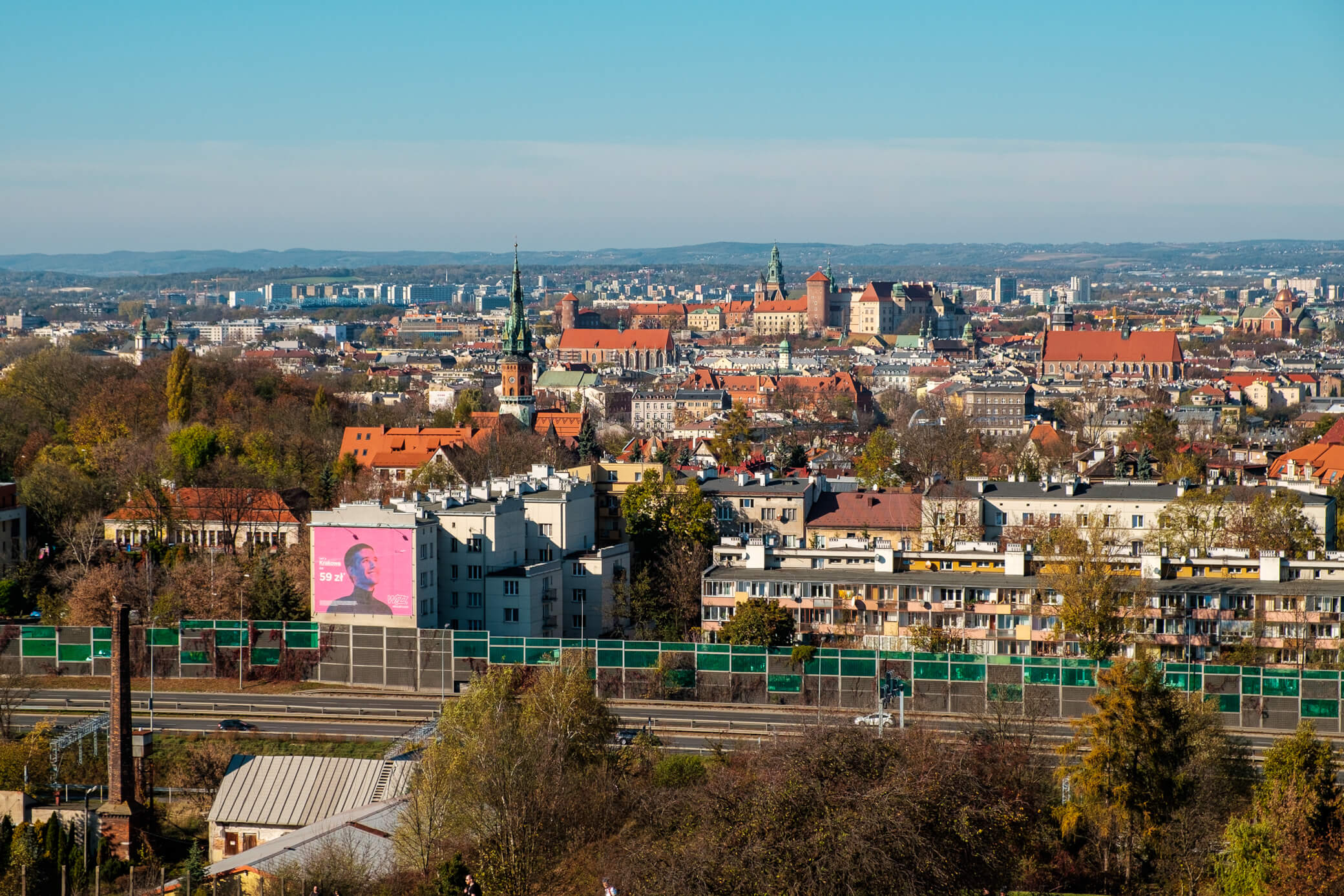
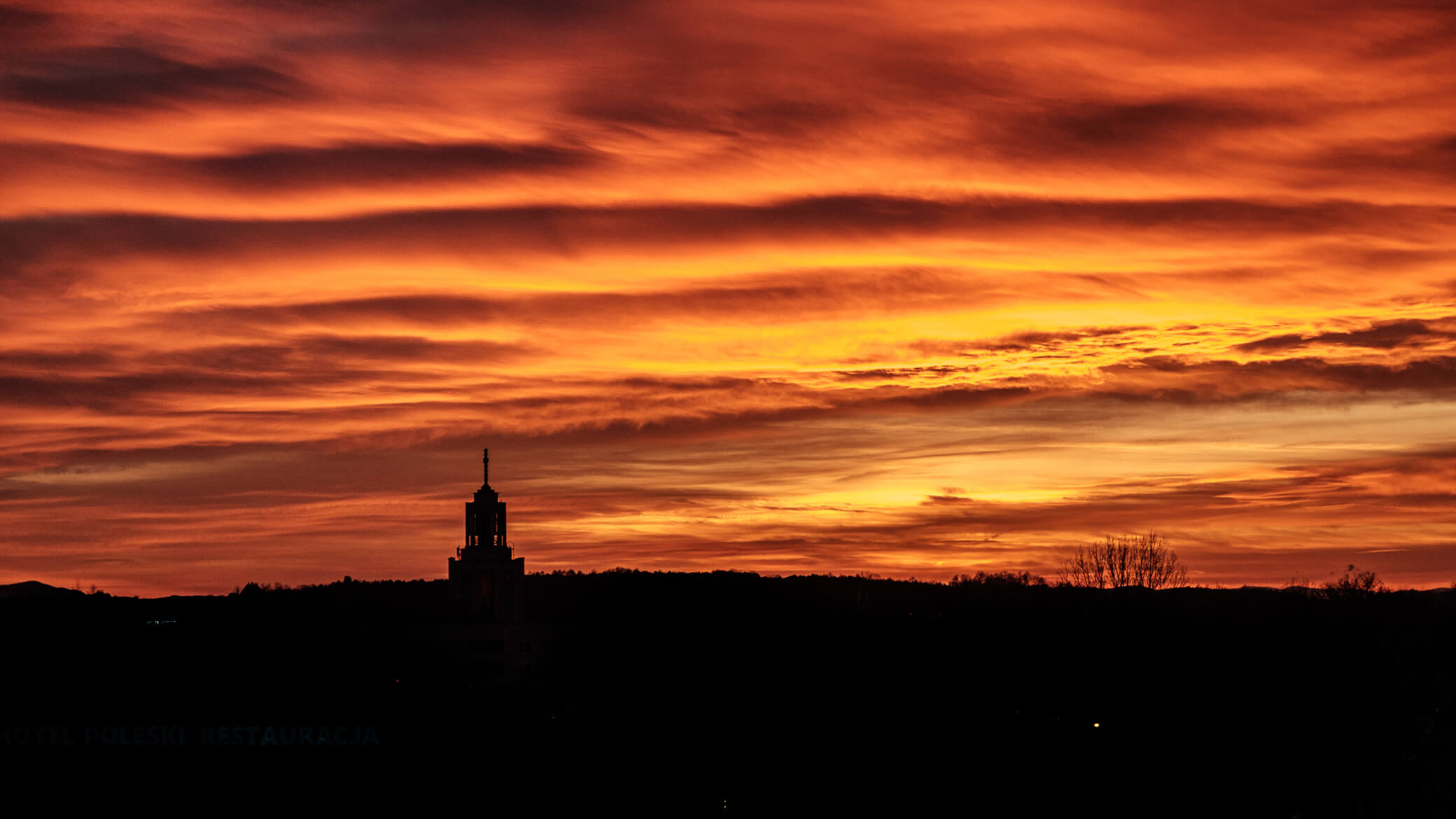
That said, the city is deeply connected to some of the darkest pages of World War II history. The famous Kraków Ghetto and the Płaszów labor camp were here. And an hour west lies the most notorious concentration camp — Auschwitz-Birkenau (Oświęcim-Brzezinka).
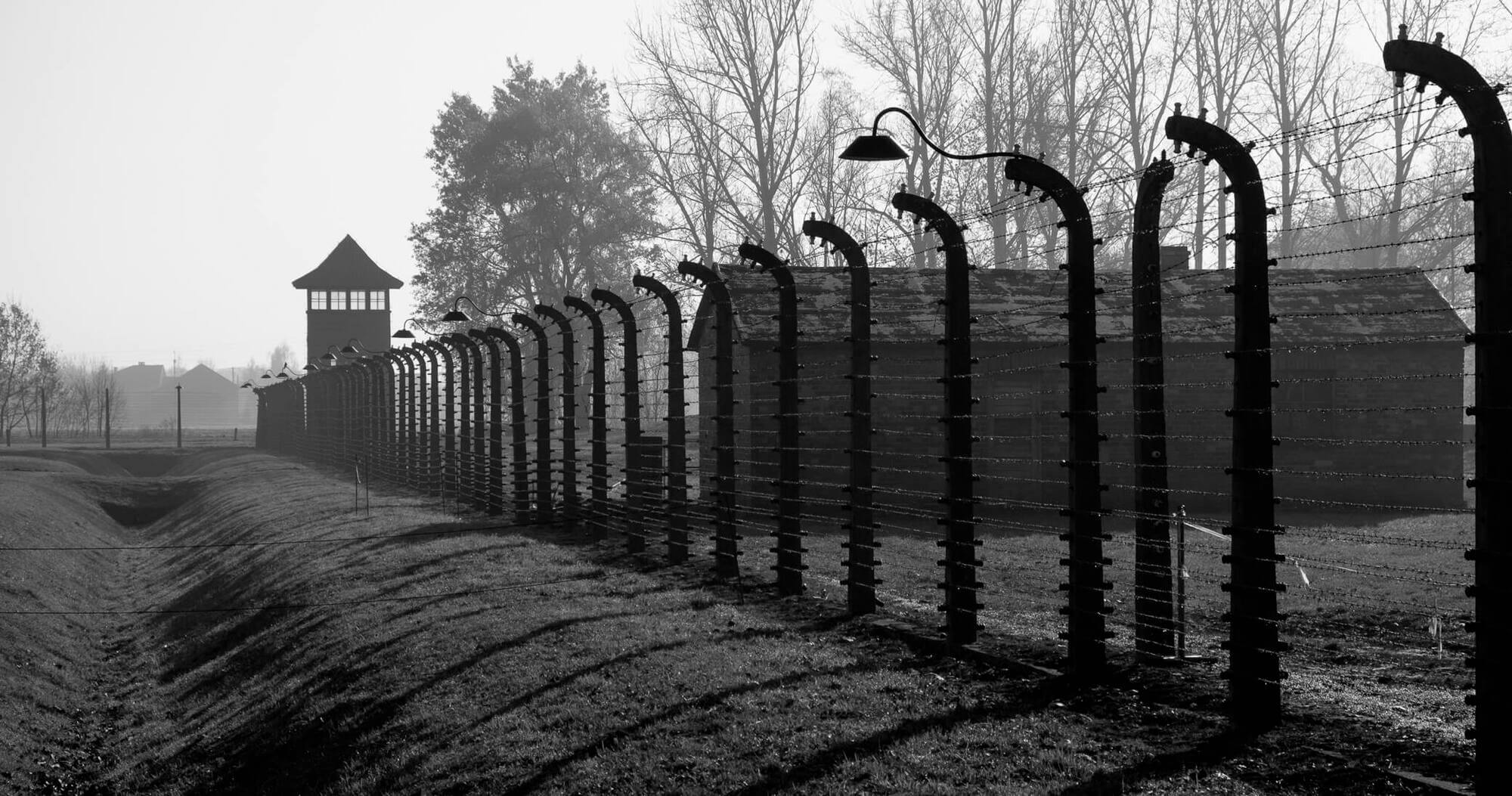
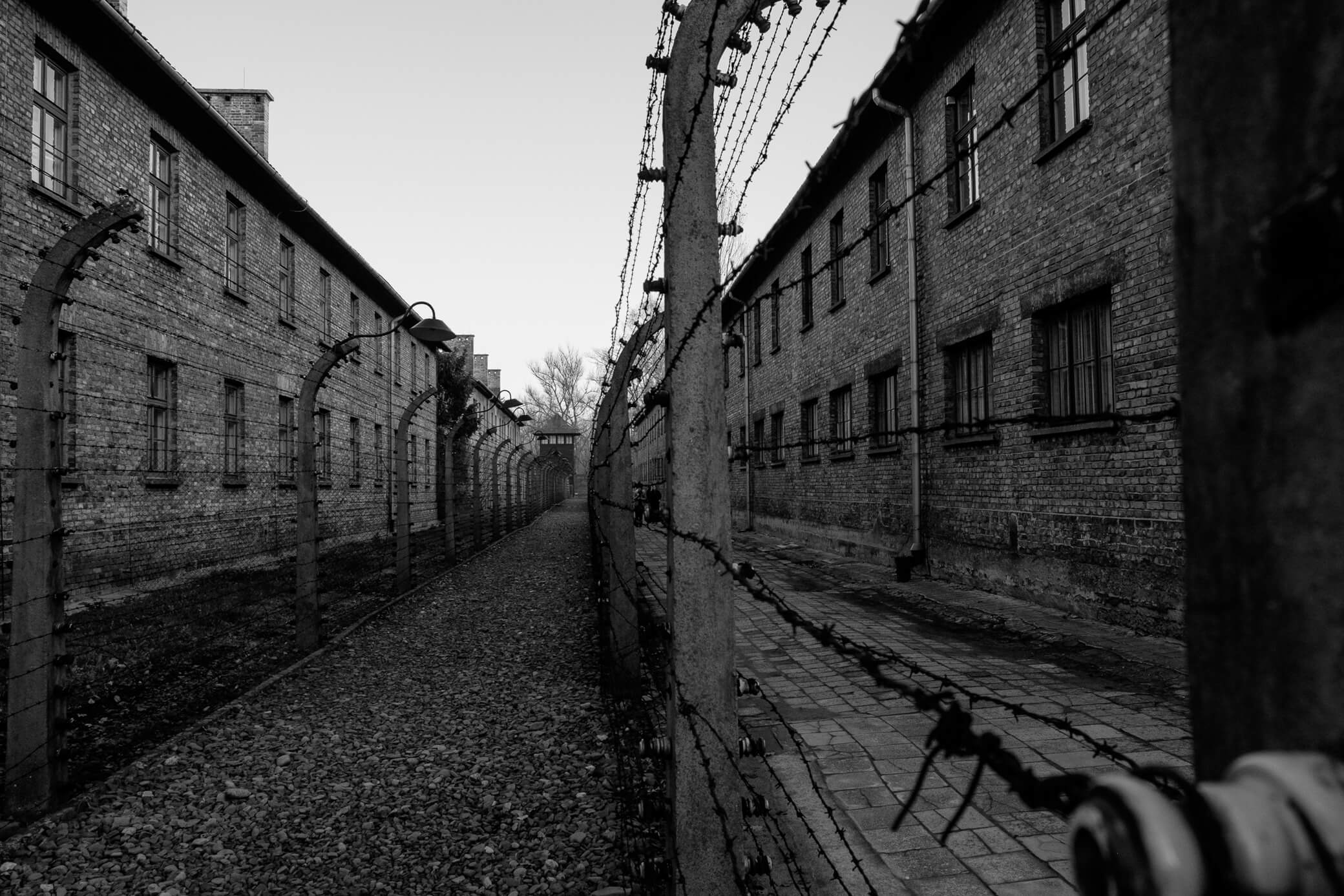
Kraków is Poland’s postcard face and a tourist Mecca. Everywhere you look, it’s UNESCO territory: the eclectic Wawel Castle, the Baroque Old Town with Europe’s largest market square, the monasteries in Tyniec and Bielany, and the worn tenement houses of the Jewish district Kazimierz.
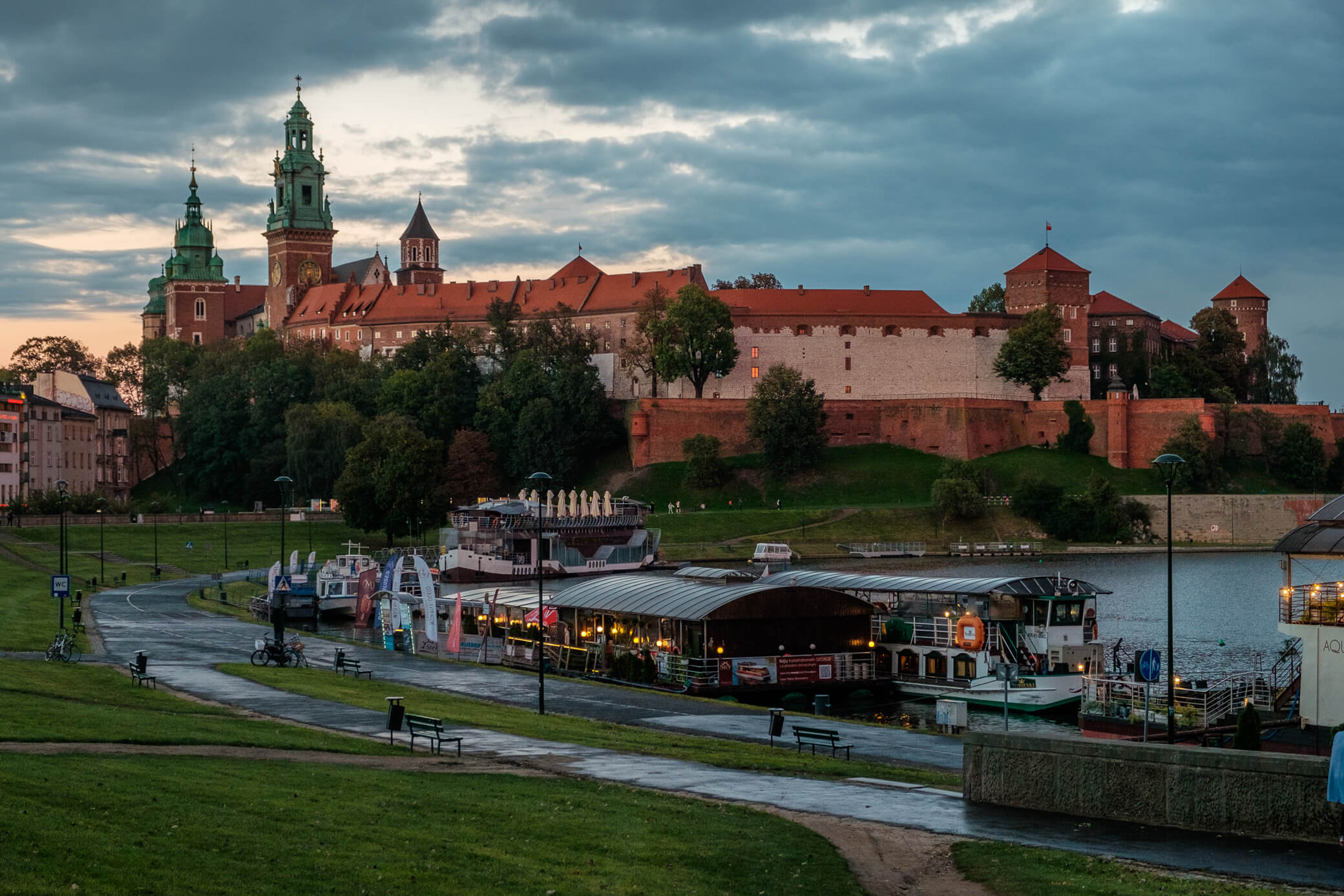
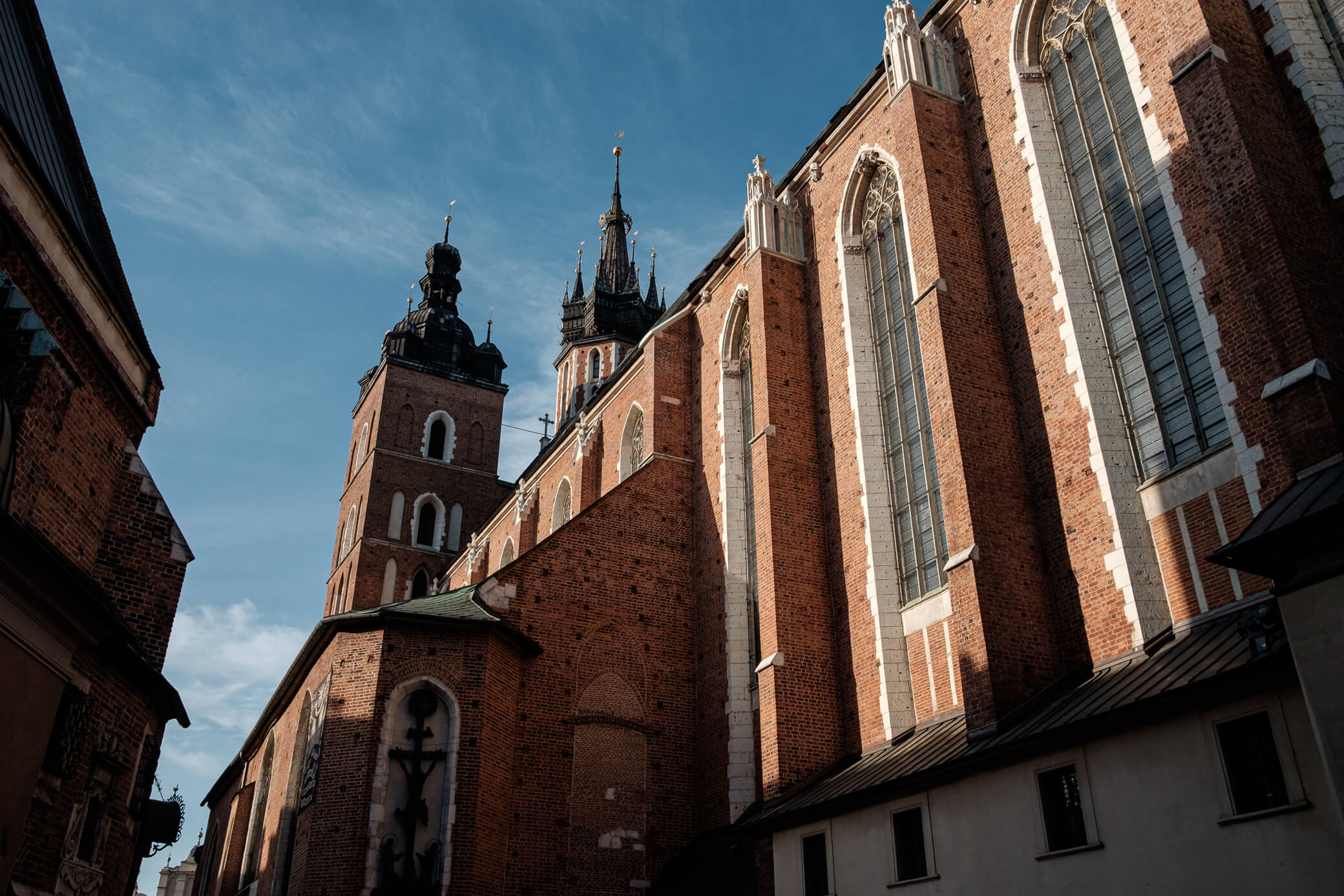
Its vibe reminds me of St. Petersburg. A former capital, the second largest city, a cultural hub, a magnet for hipsters. Dozens of museums, theaters, festivals, and all kinds of cultural events. Plus a year-round scene buzzing with locals and young visitors.
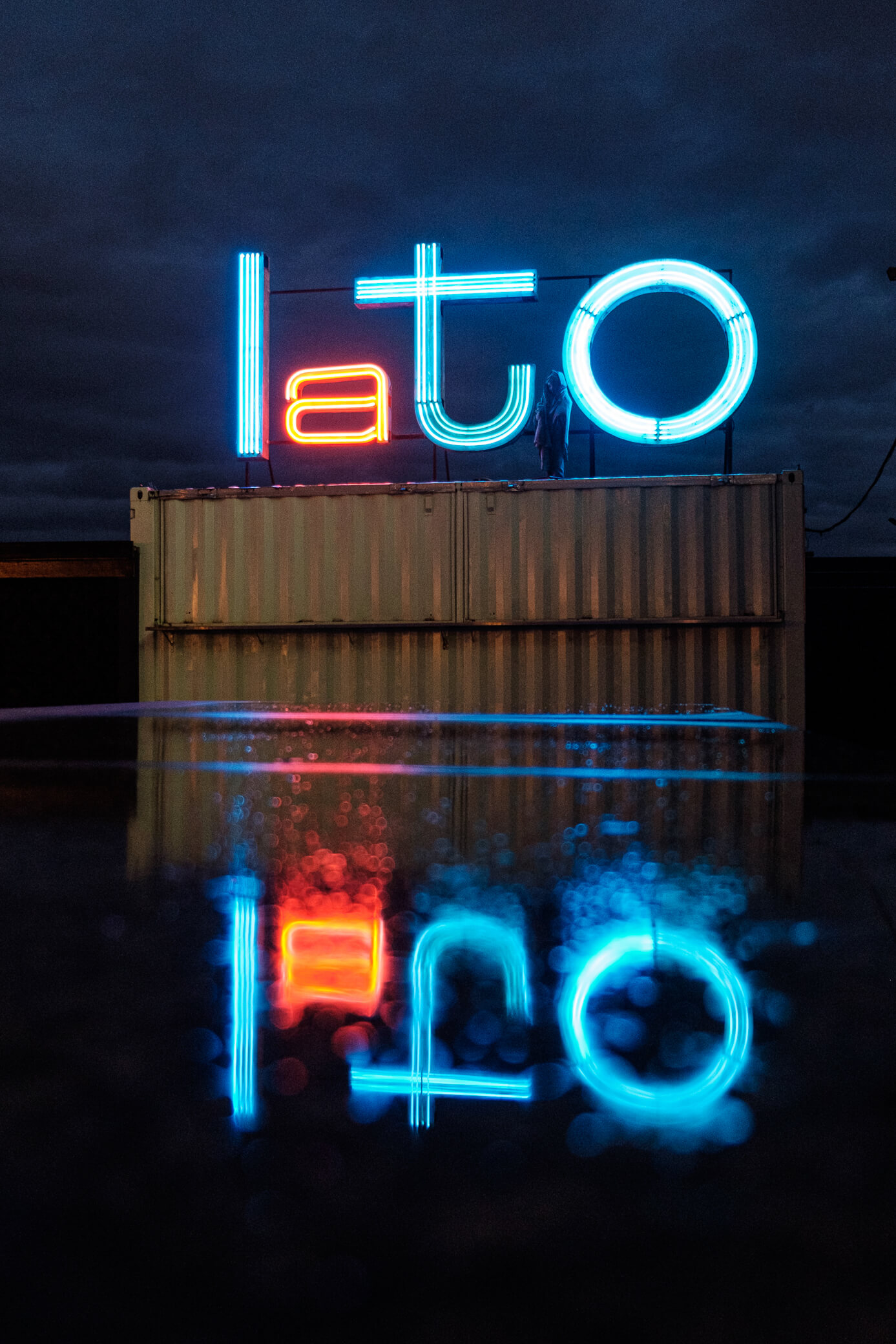
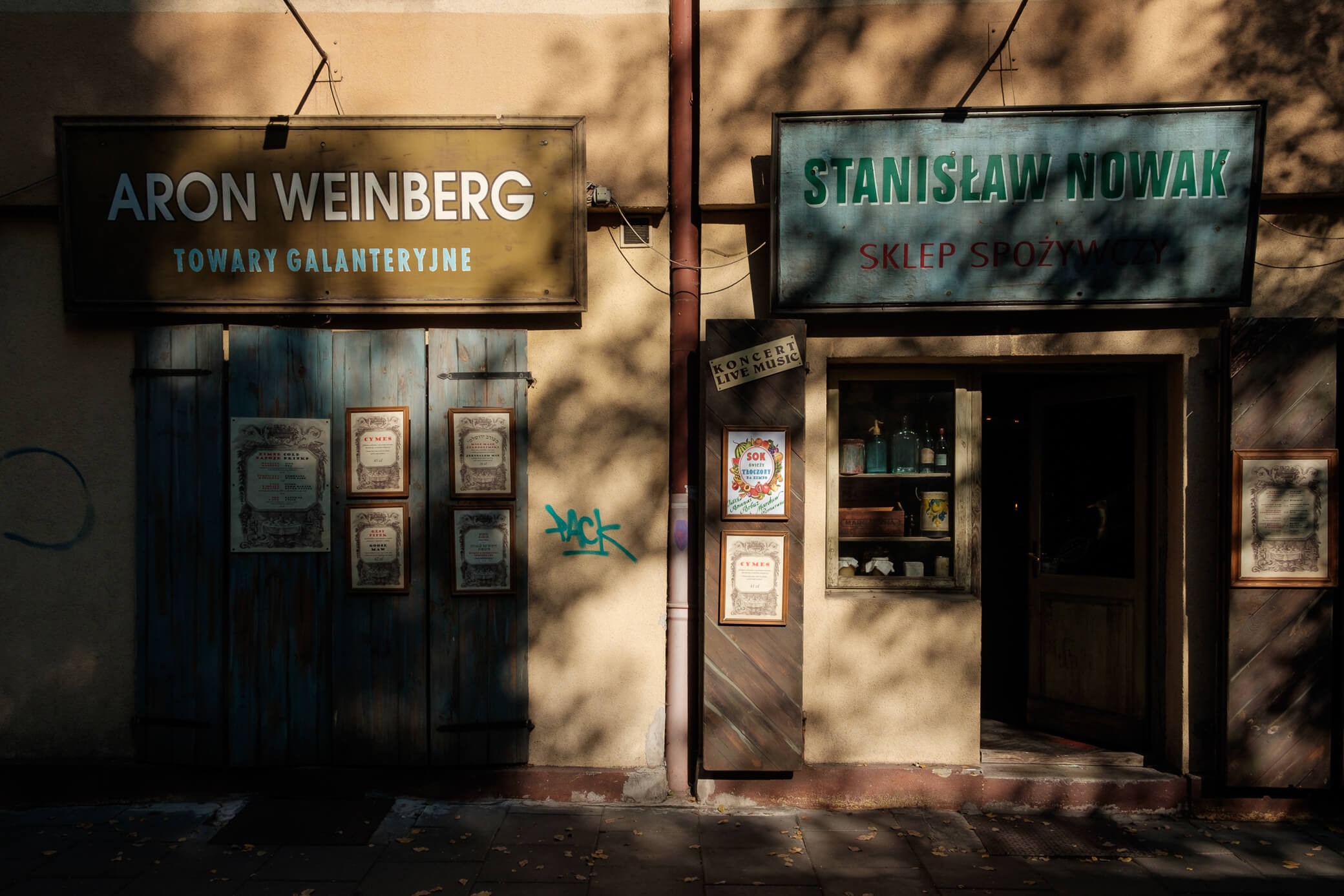
In 2018, Kraków earned the rotating title of “Gastronomic Capital of Europe” — and rightly so. Now you can find at least one Michelin-listed bar or restaurant on almost every corner, serving great food for prices that are a steal by European standards.
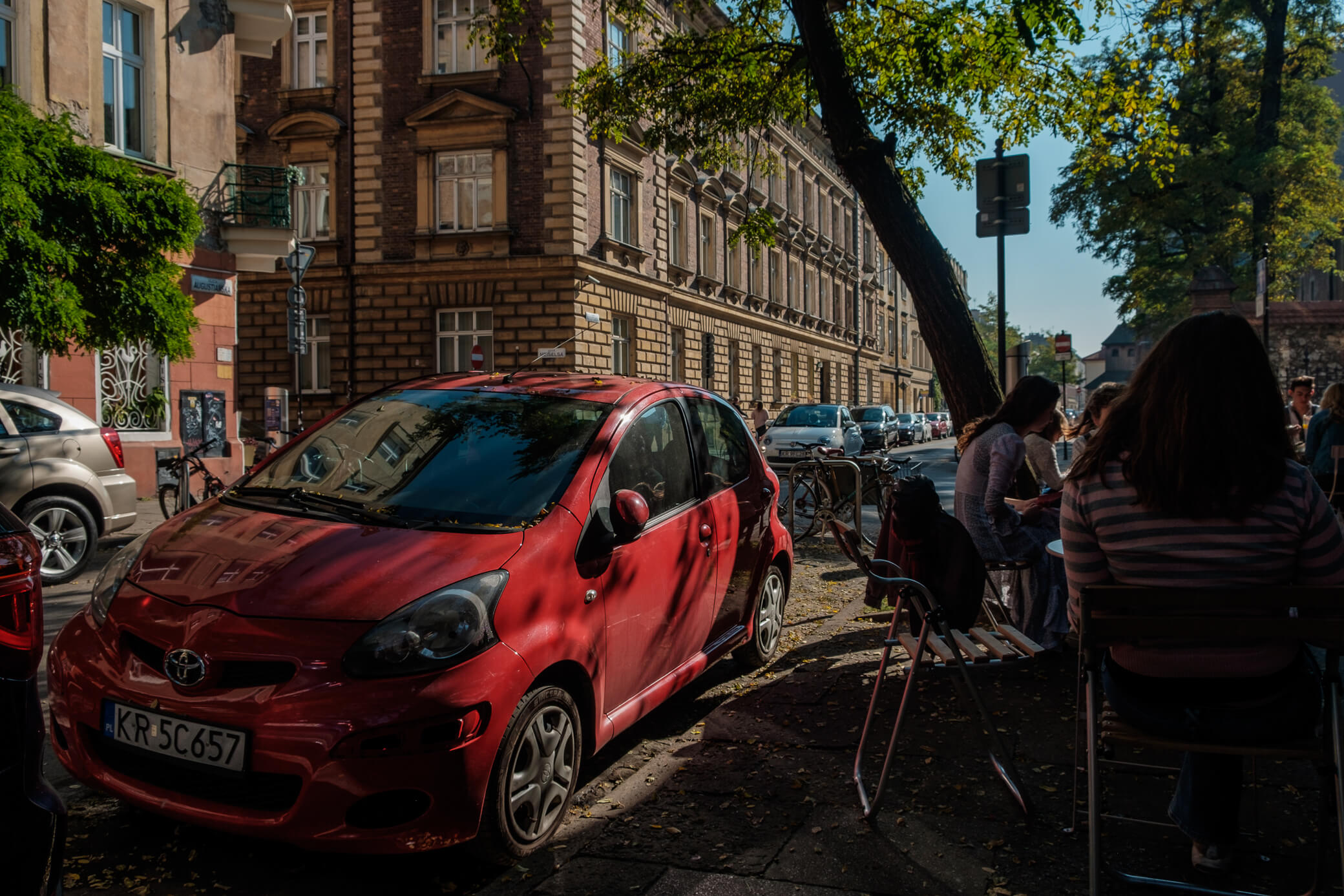
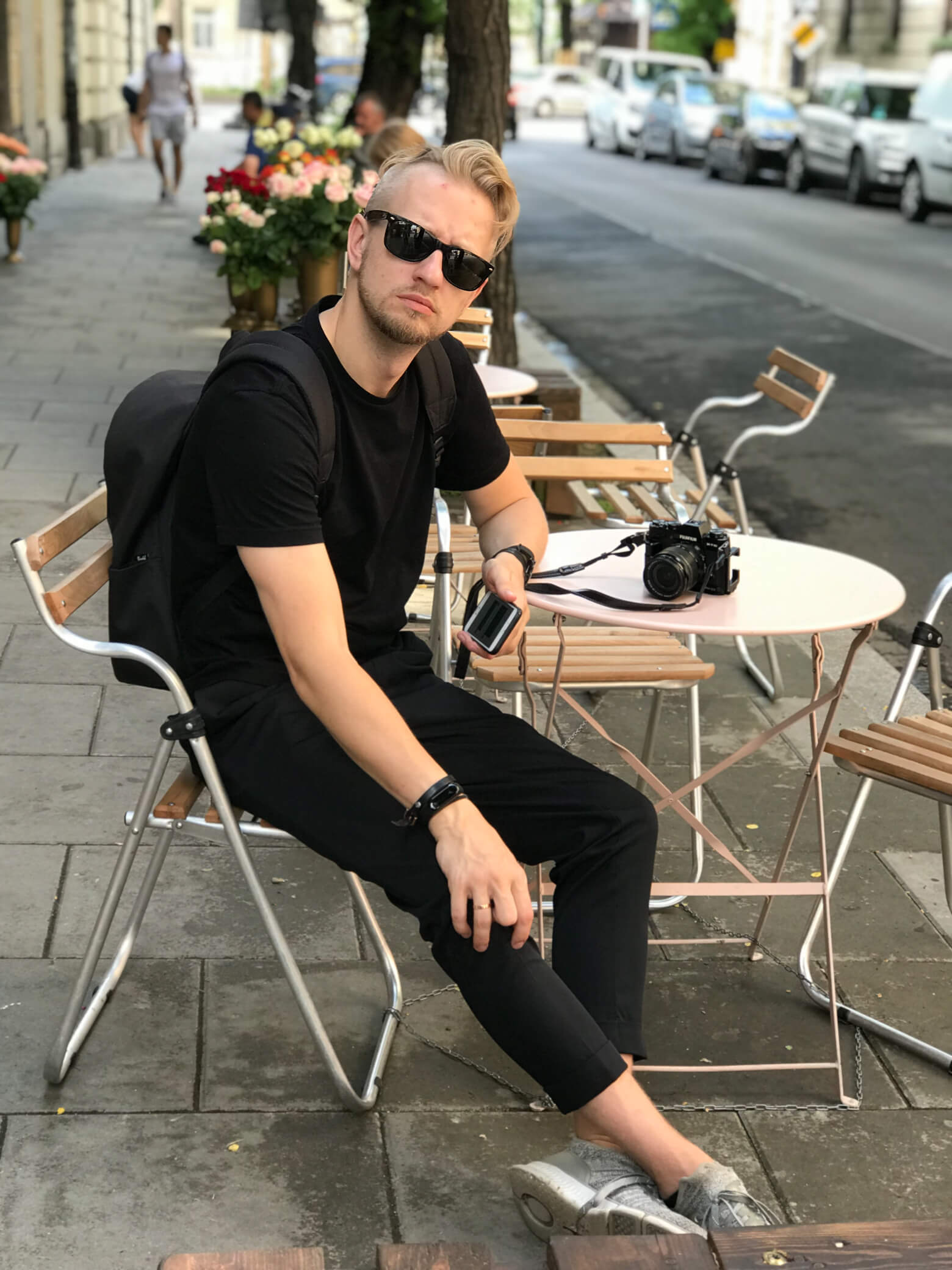
At the same time, Kraków is very compact and laid-back. Loads of parks and boulevards. Bike lanes everywhere. Quiet low-rise residential areas just a stone’s throw from the center. Mountains and nature reserves an hour away. Excellent surface public transport — from trams to electric buses.
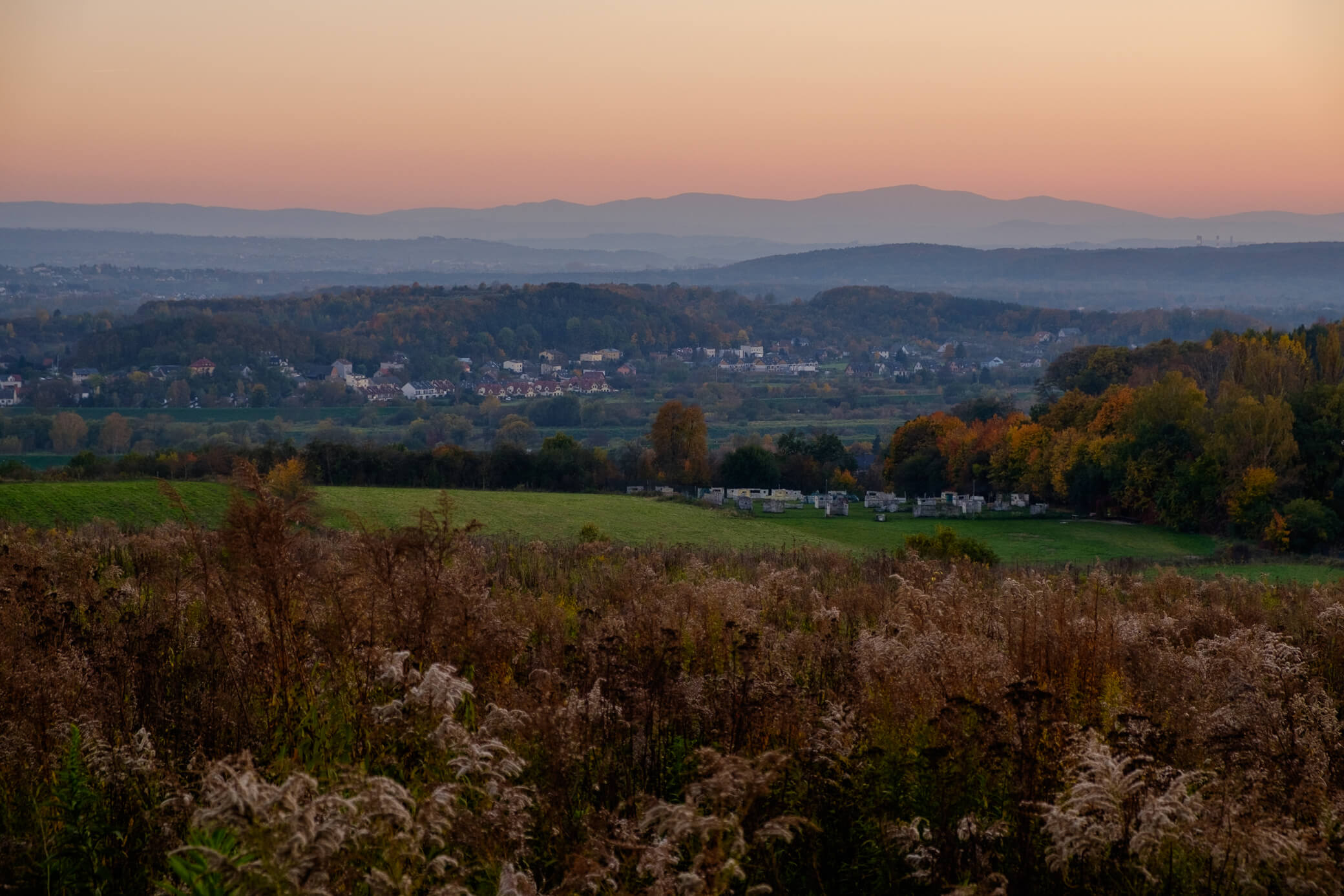
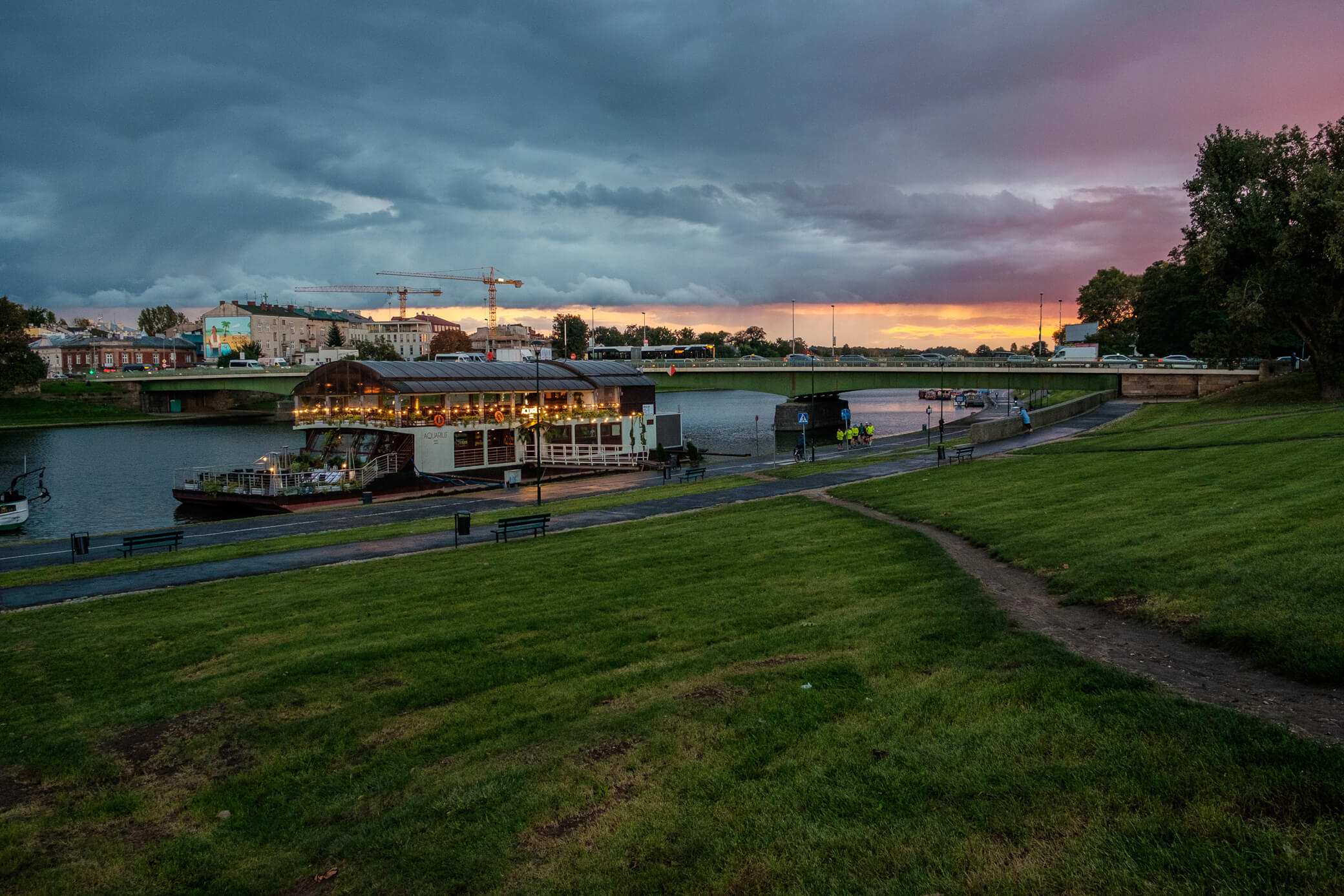
International transport is easy too. Seven hours by car to Vienna, Bratislava, and Prague. Night buses to Berlin and Budapest. Low-cost airlines to almost anywhere in Europe, plus flights to Chicago, UAE, Georgia, Israel. Southeast Asia? Only via Warsaw.
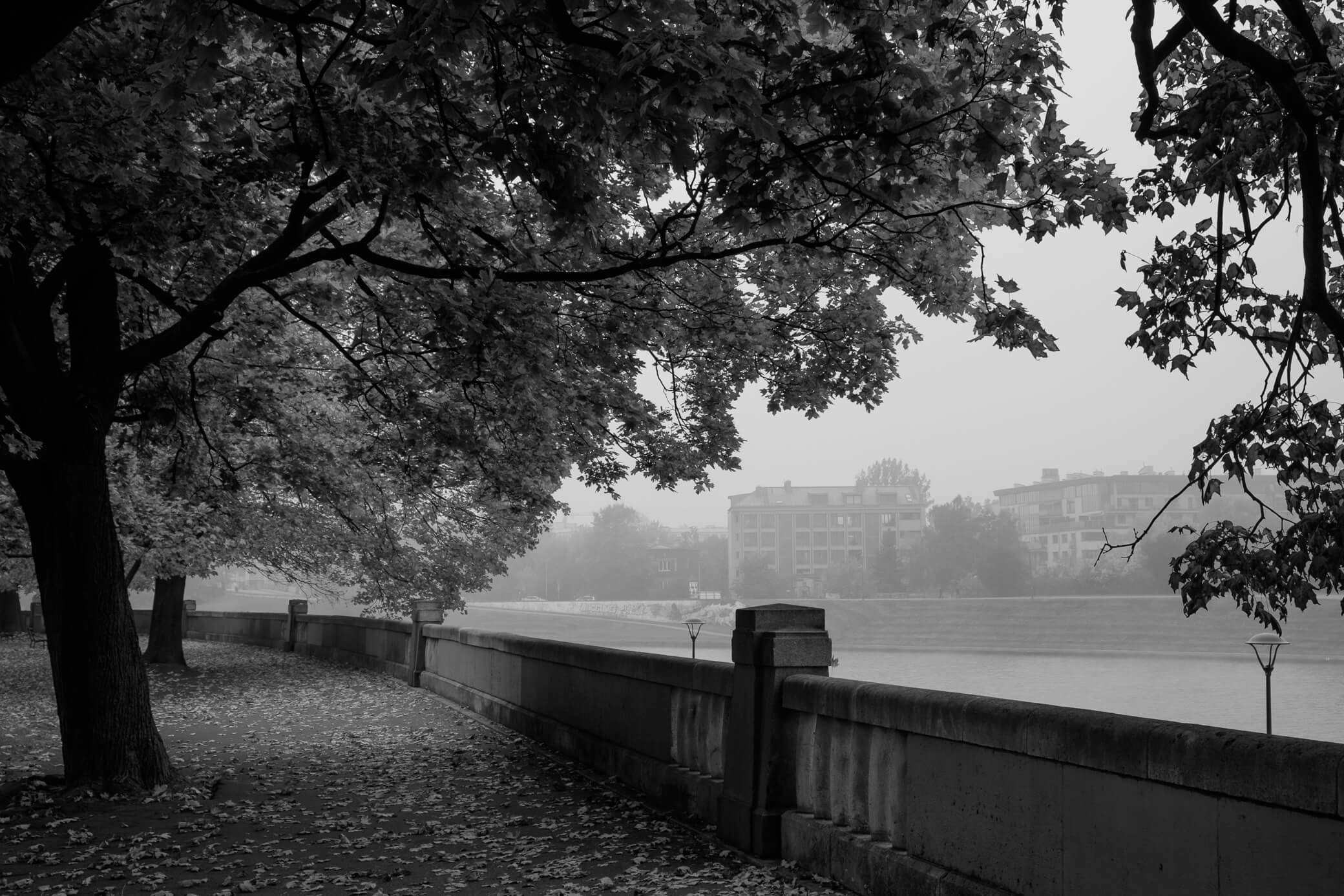
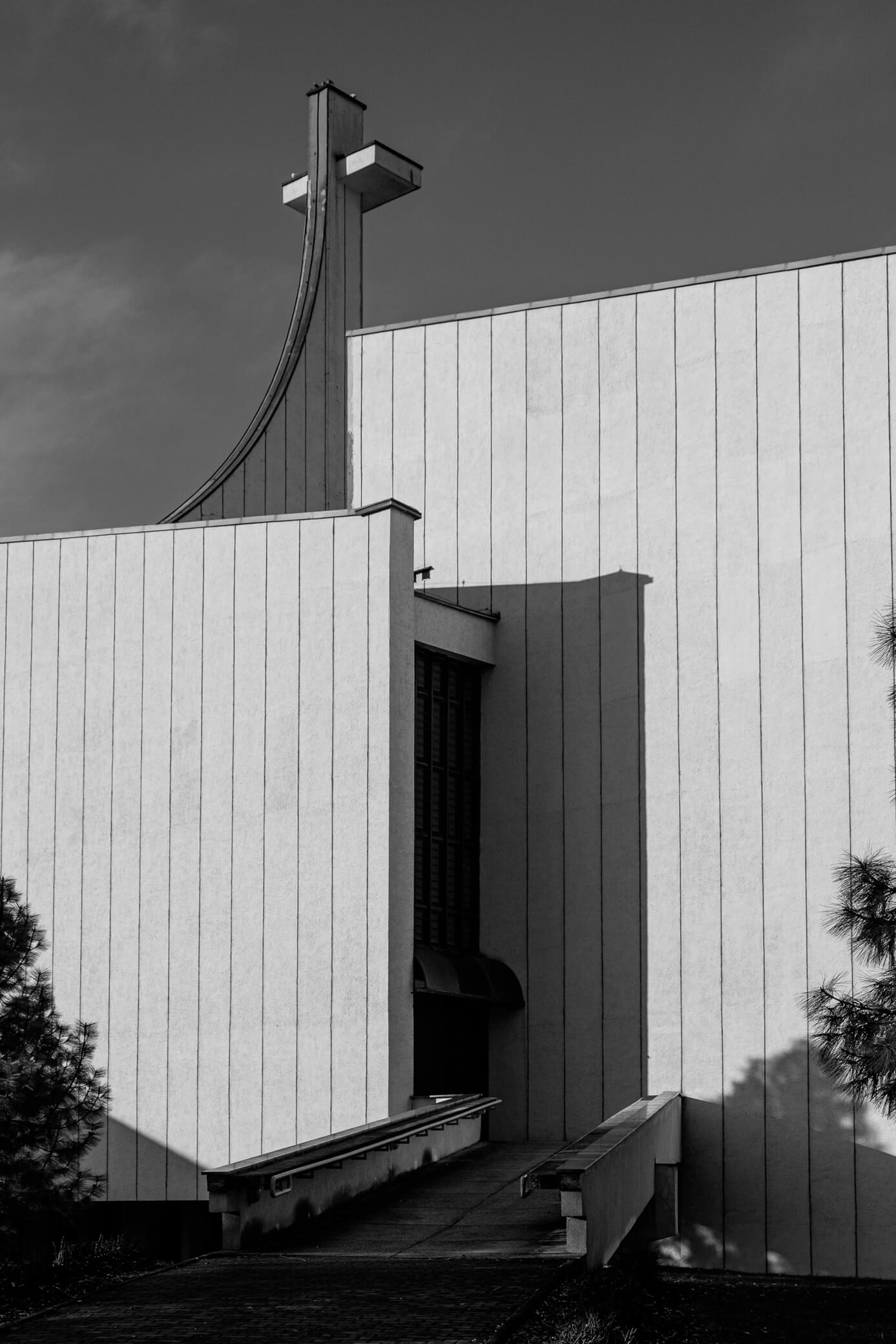
The only real problem Kraków has is ecology. The city inherited one of the highest air pollution levels in the EU from Soviet punitive industry, made worse by its location “in a kettle” at the foot of the mountains.
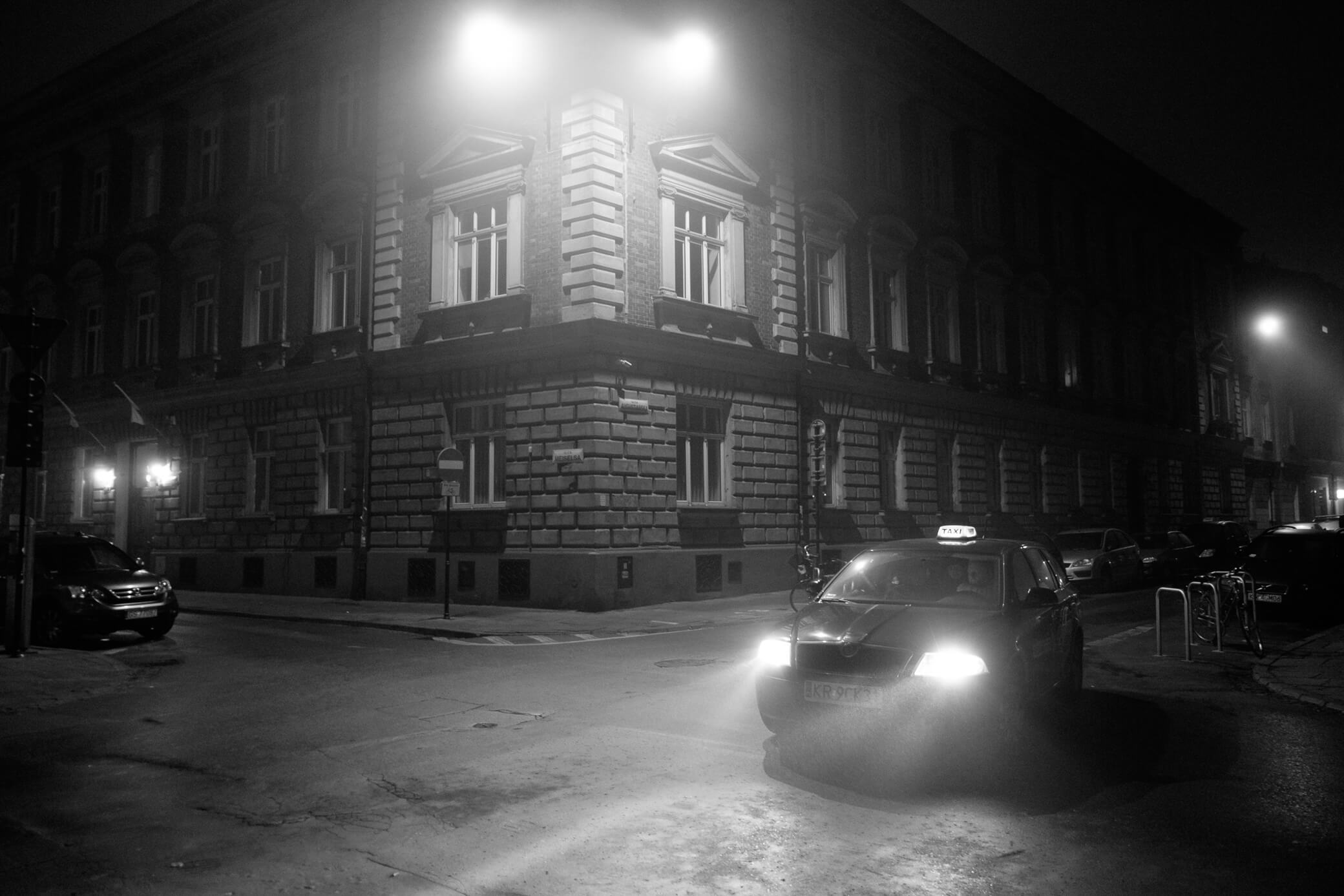
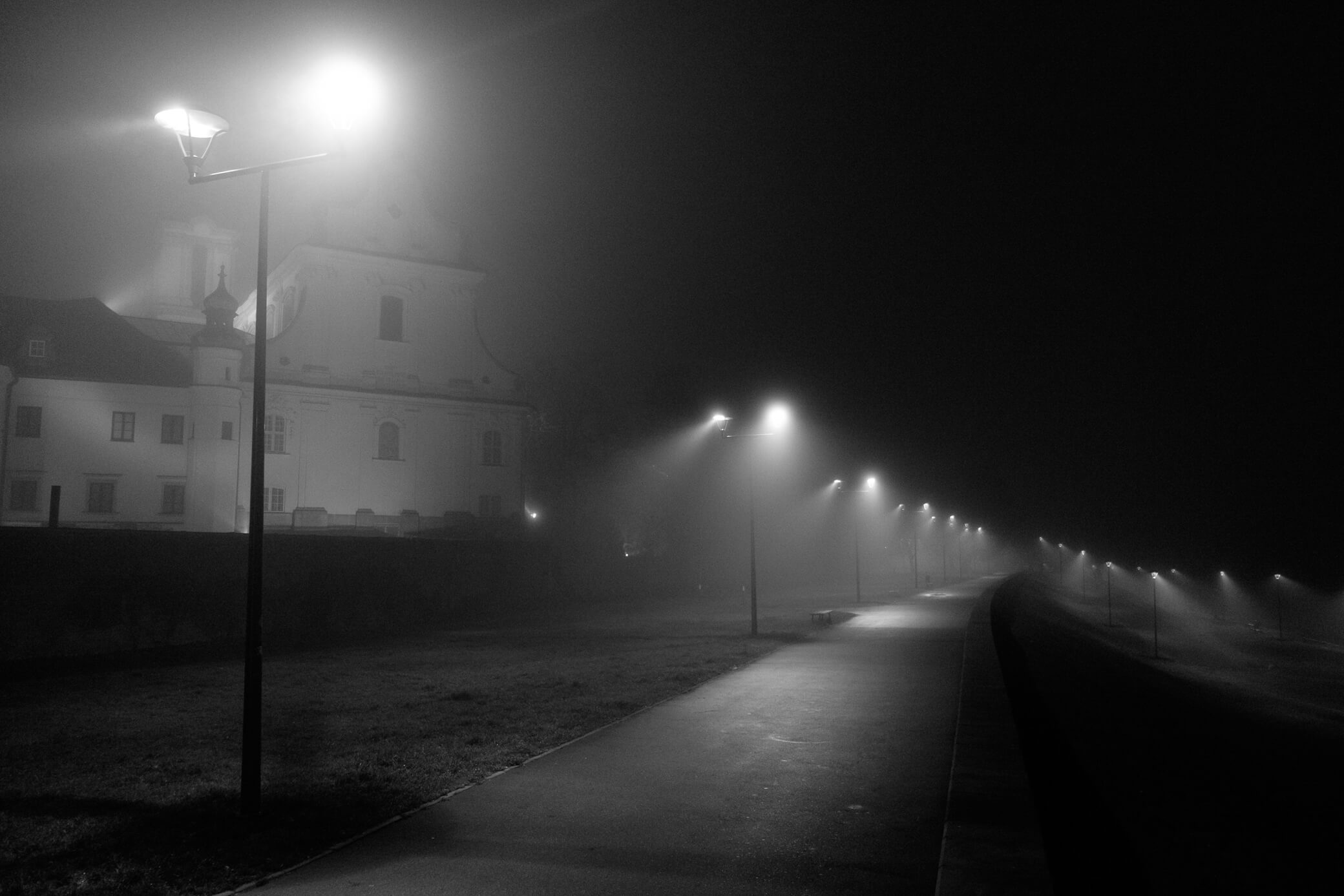
In winter, there are days when you can literally taste and even touch the air, and every household owns respiratory masks with 2.5 pm particle filters. But every year the government takes new measures, and the situation is slowly improving.
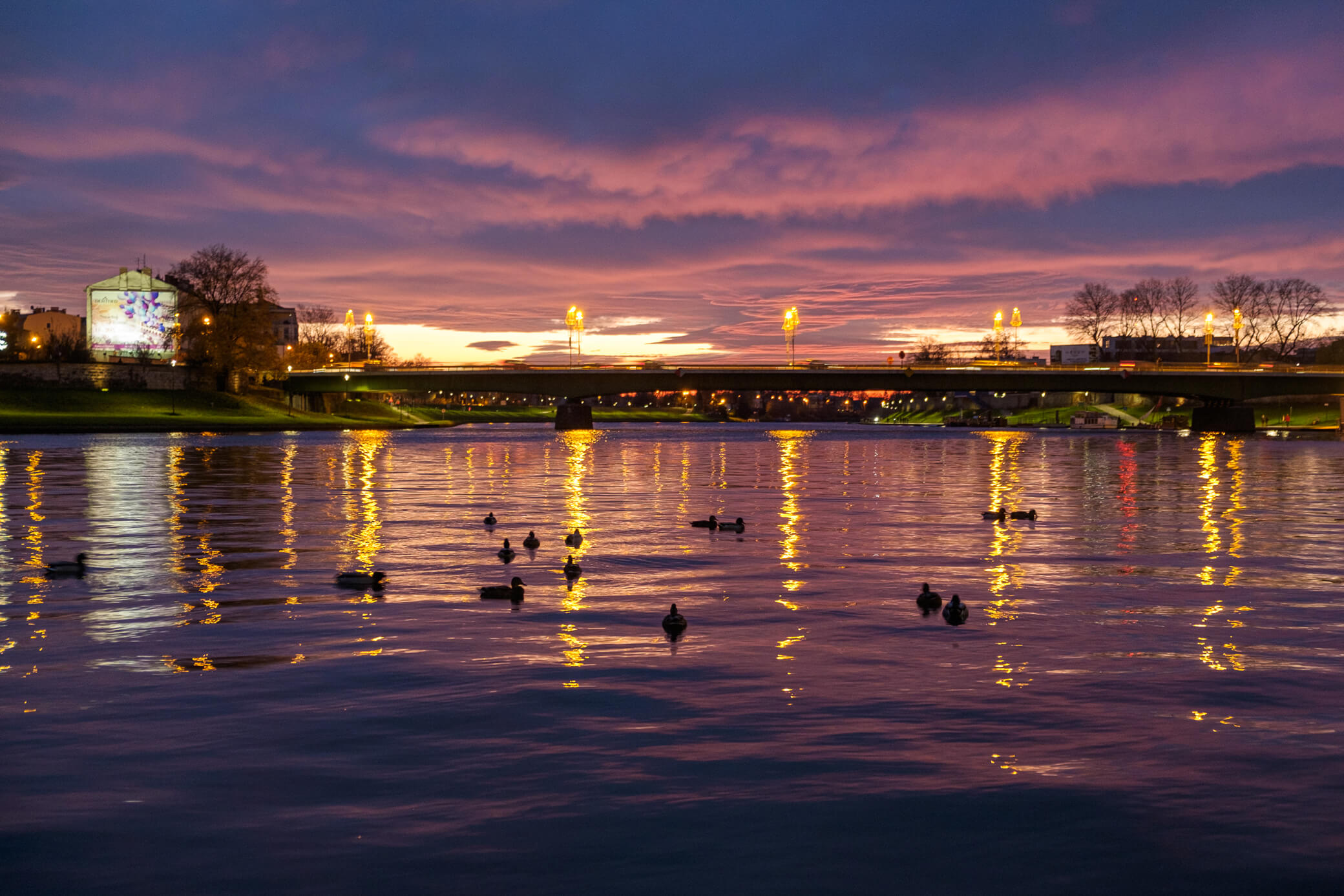
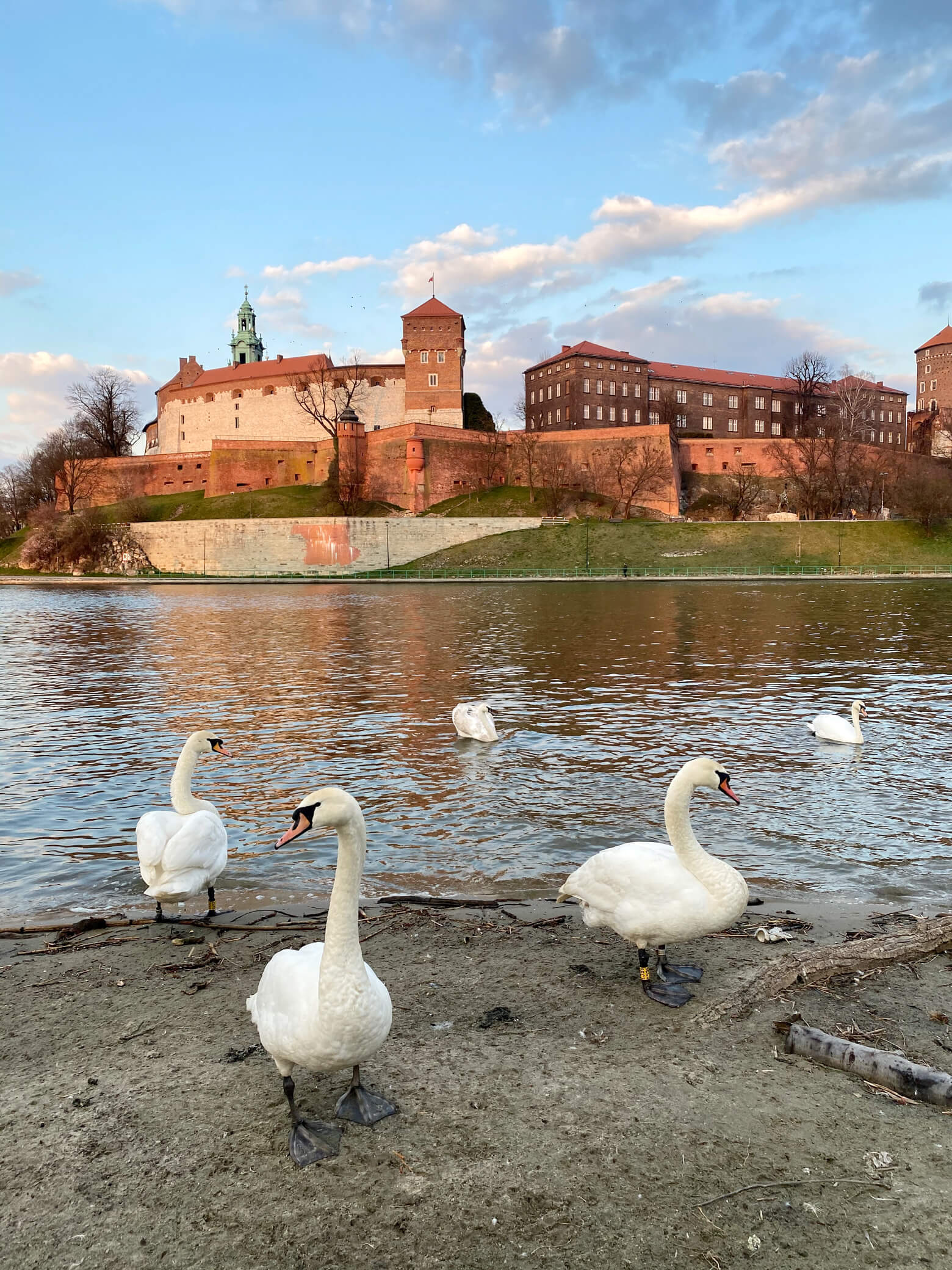
We moved to Kraków in September, have lived here for half a year already, and haven’t regretted it once. It’s a wonderful city to live in. But people with kids or respiratory issues should definitely consider the ecological factor.
Cities and Villages
Poland has other cities with populations over half a million: Poznań in the southwest, the industrial Łódź in the center, and the Tricity — Gdańsk, Gdynia, and Sopot — on the Baltic coast. For various reasons, we didn’t consider or even visit them.
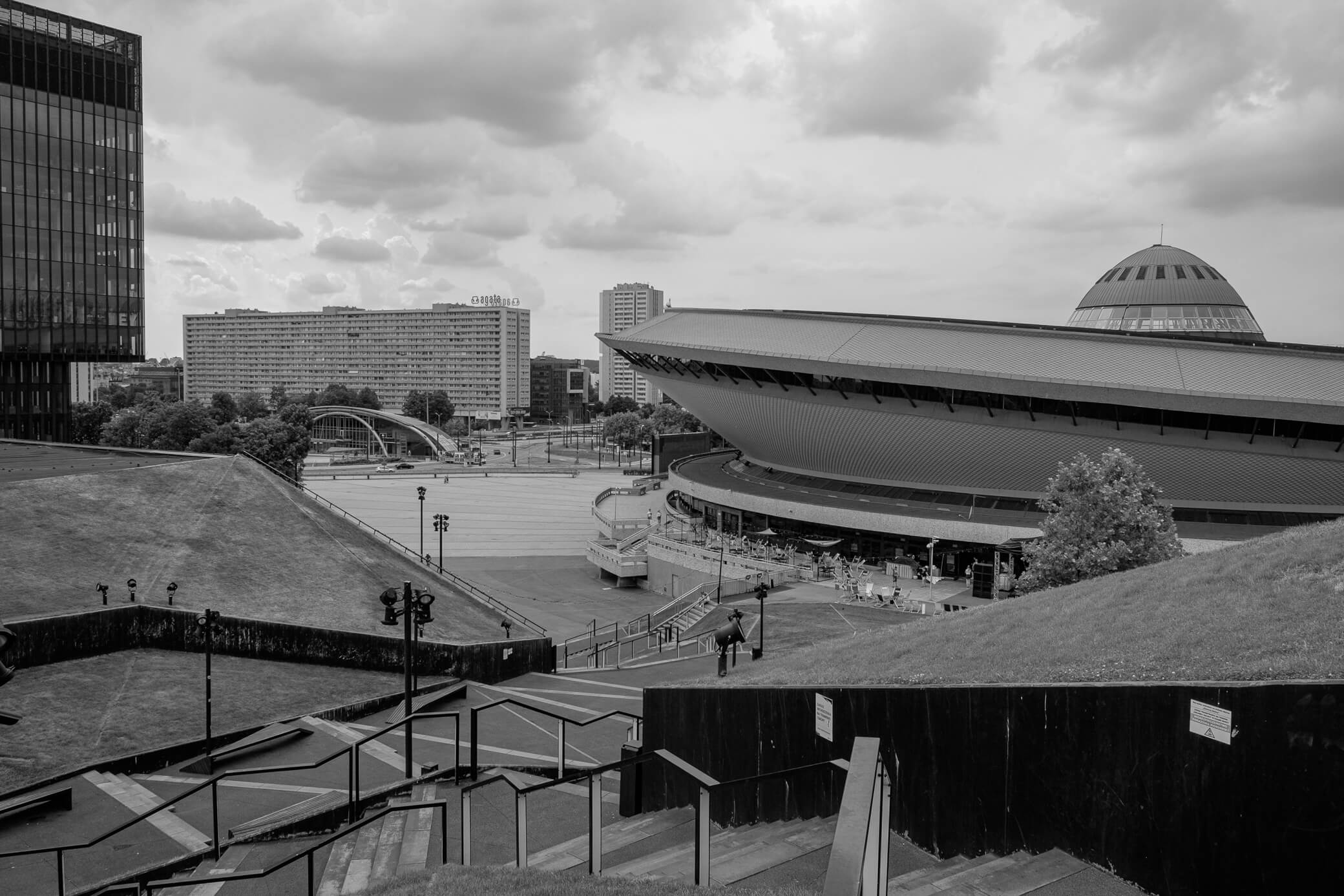
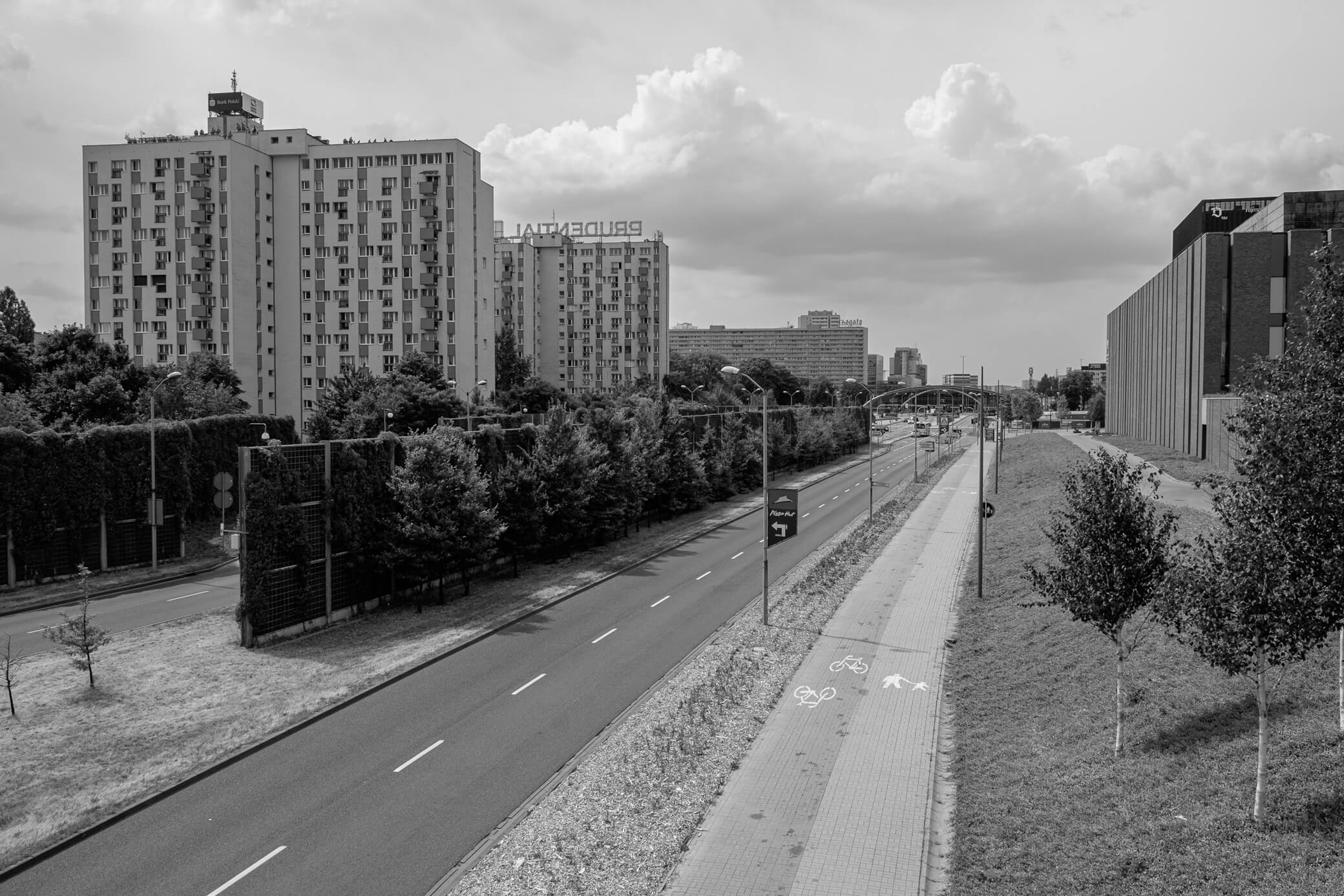
But we did visit several small towns and drove plenty through the countryside. Good roads, comfortable intercity transport, and the magnificent Polish nature practically invite you to travel frequently around the country.
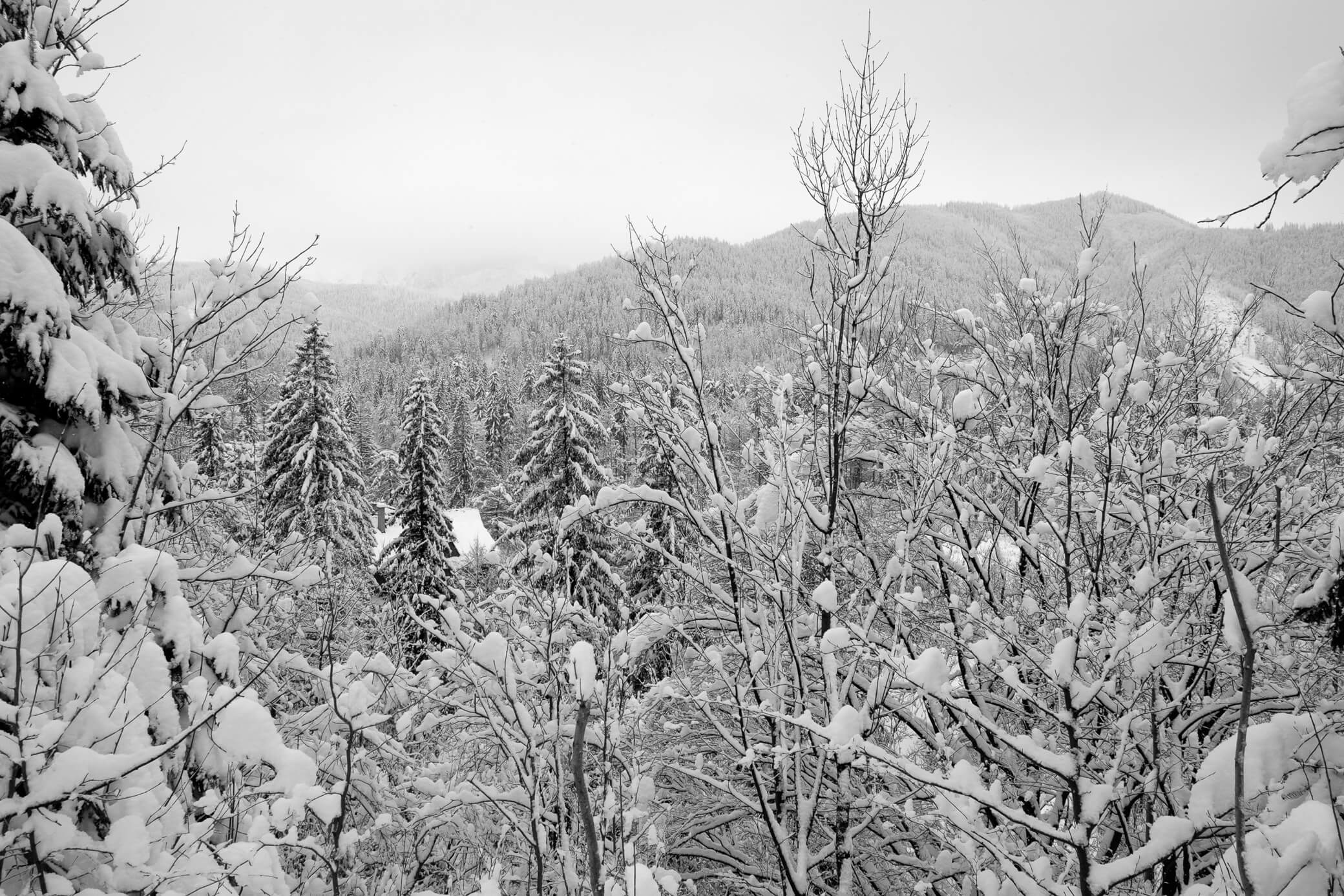
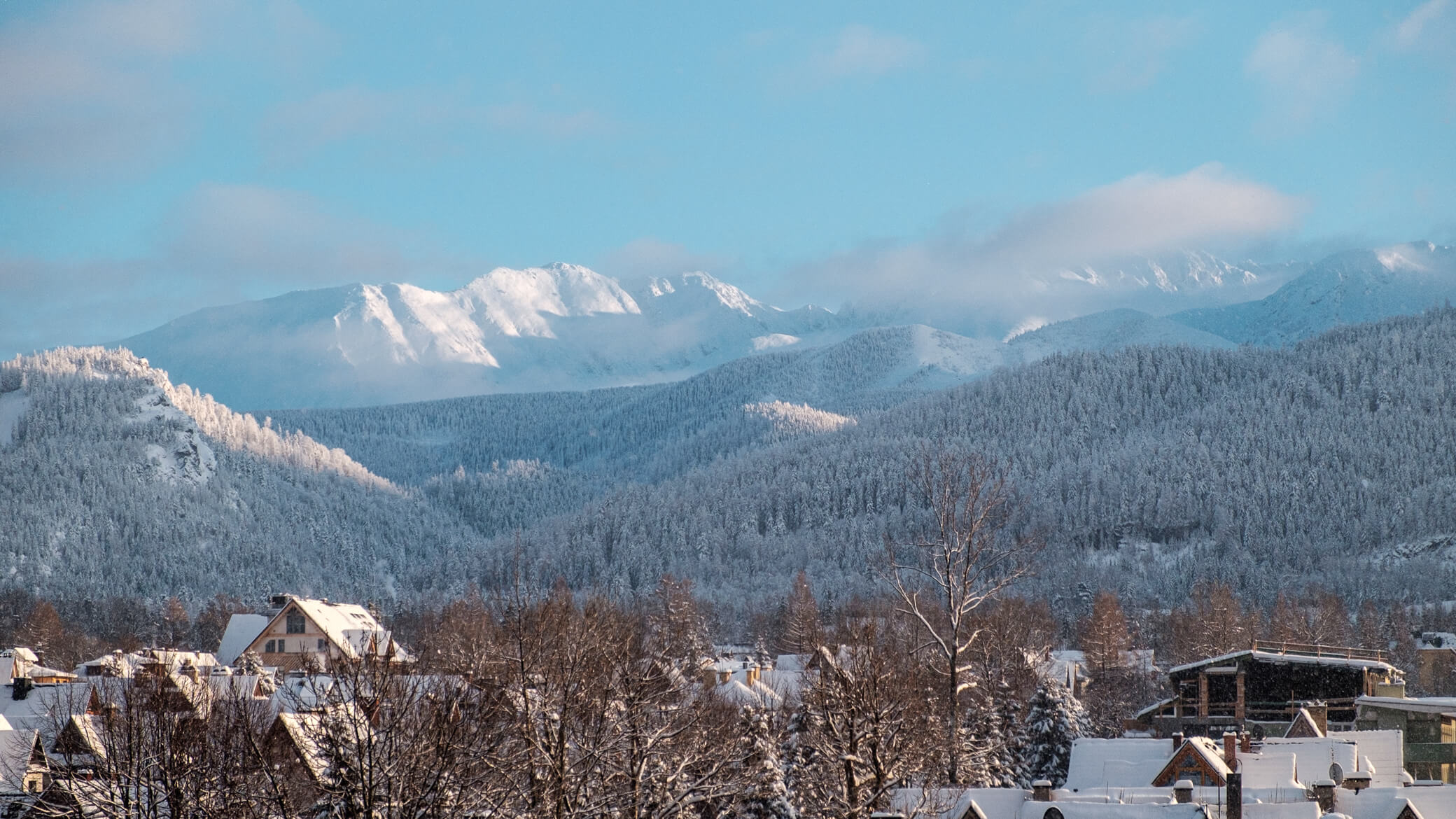
Small Polish towns don’t feel like dead-ends. There are shopping centers with familiar brands, cinemas, decent transport, and public spaces. Although, rumor has it, the tiniest villages still keep a good dose of wildness.
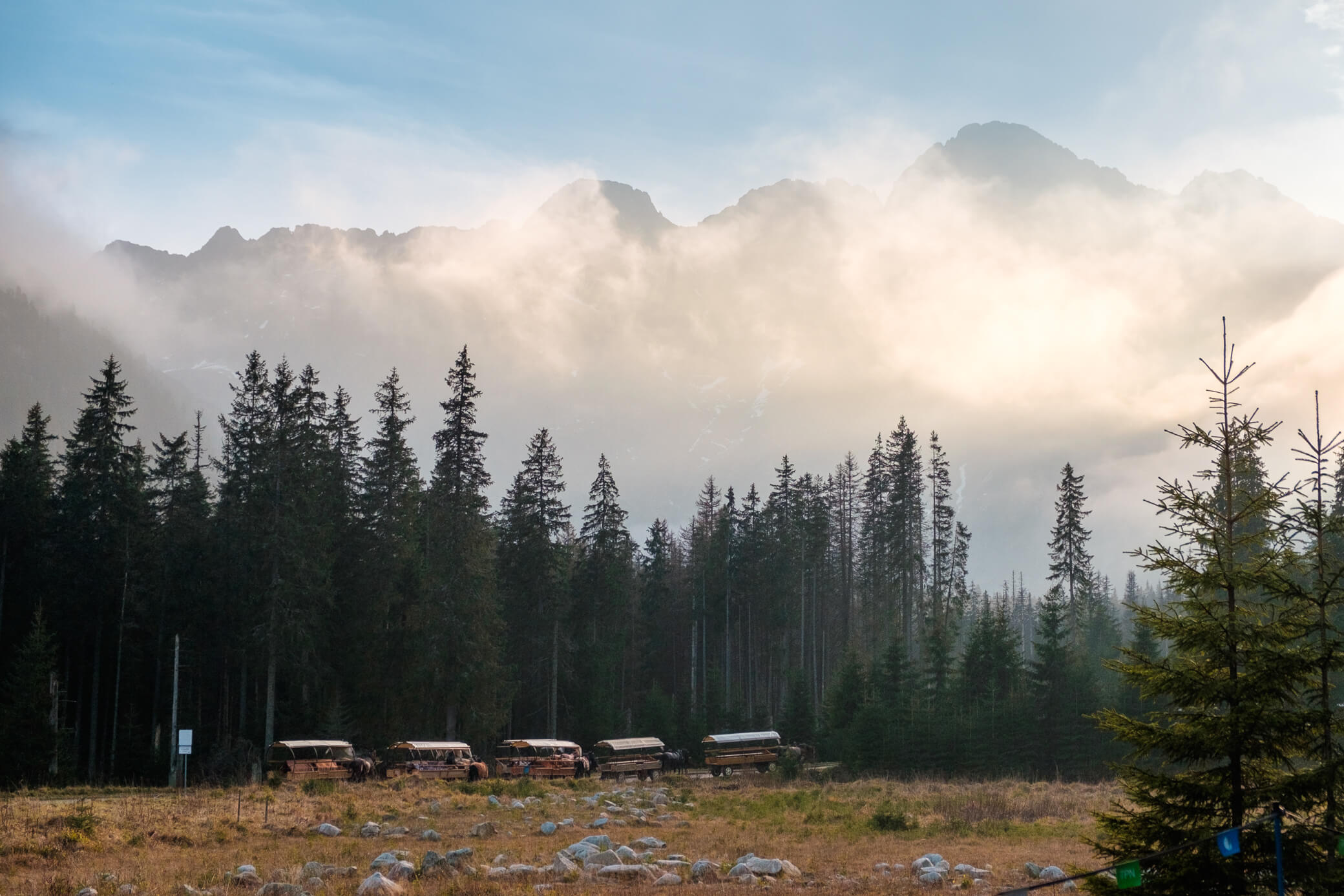
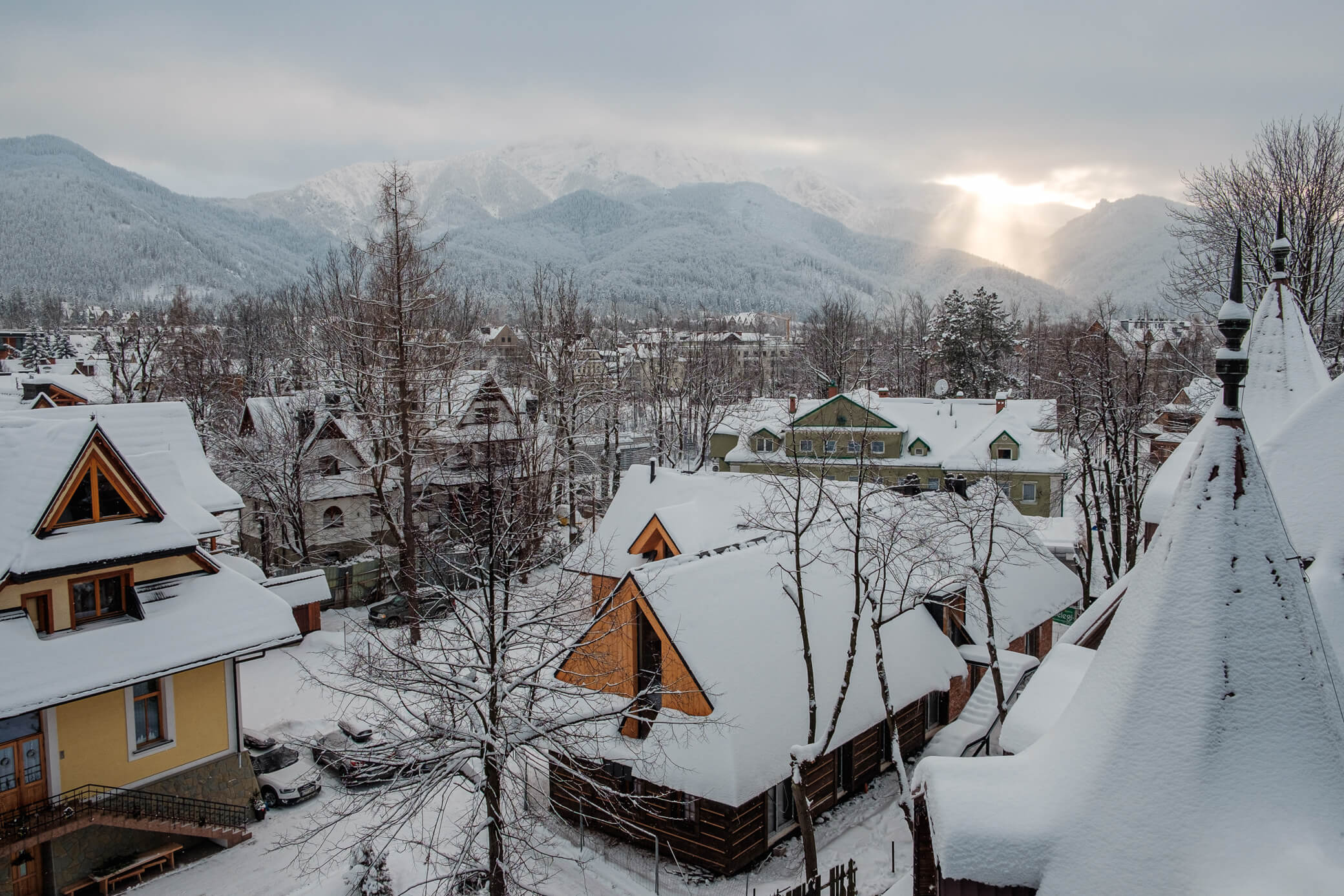
Poland has everything: mountains, lakes, forests, castles, a seaside — and you can reach any point within a day.
The Country
Russians don’t come to Poland often. Almost all the Russian-speaking population here are neighbors from Ukraine. In the common mindset of a citizen of a defaulting country, Poland is some kind of mini-Russia — with a funny language and daily Nazi pogroms.
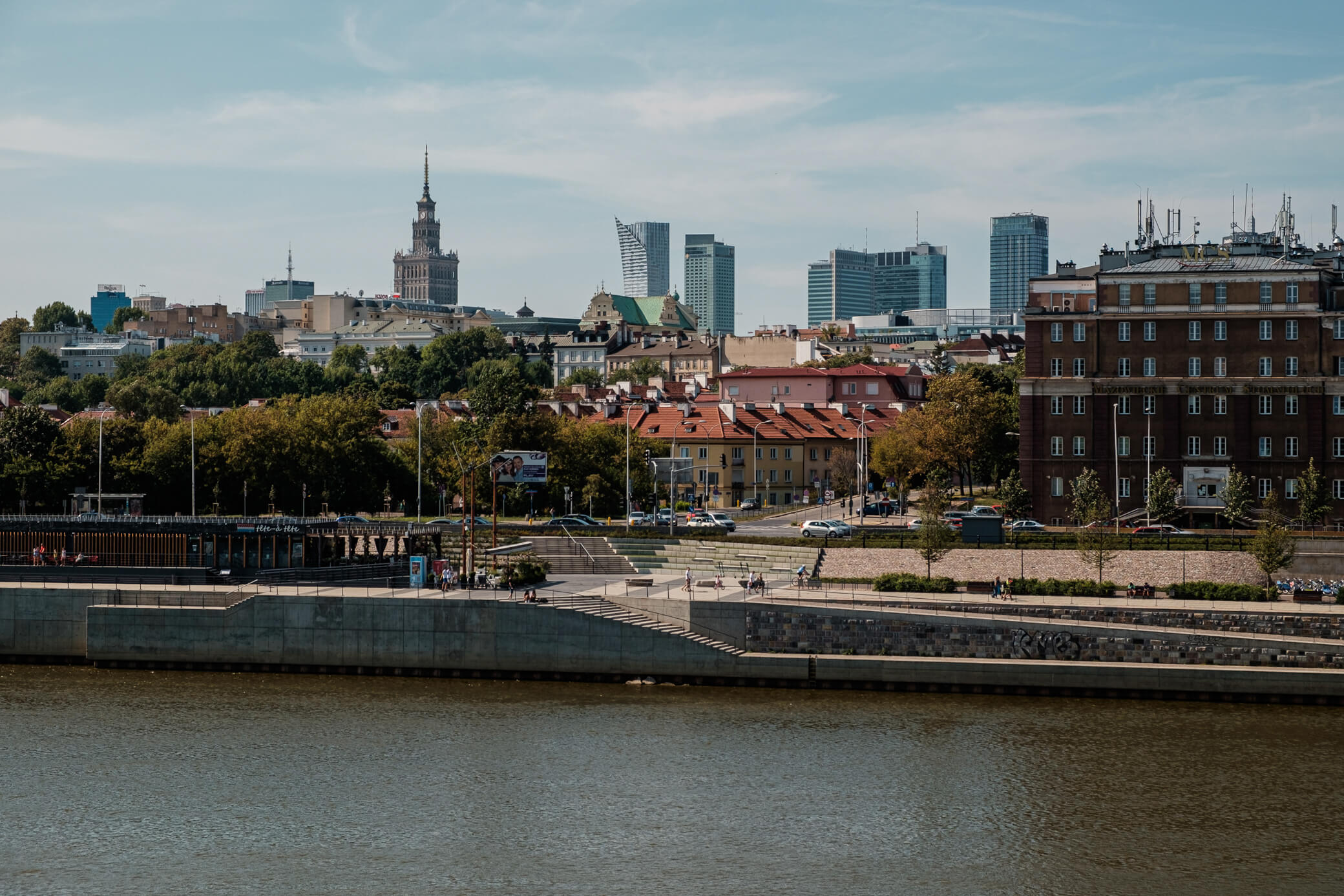
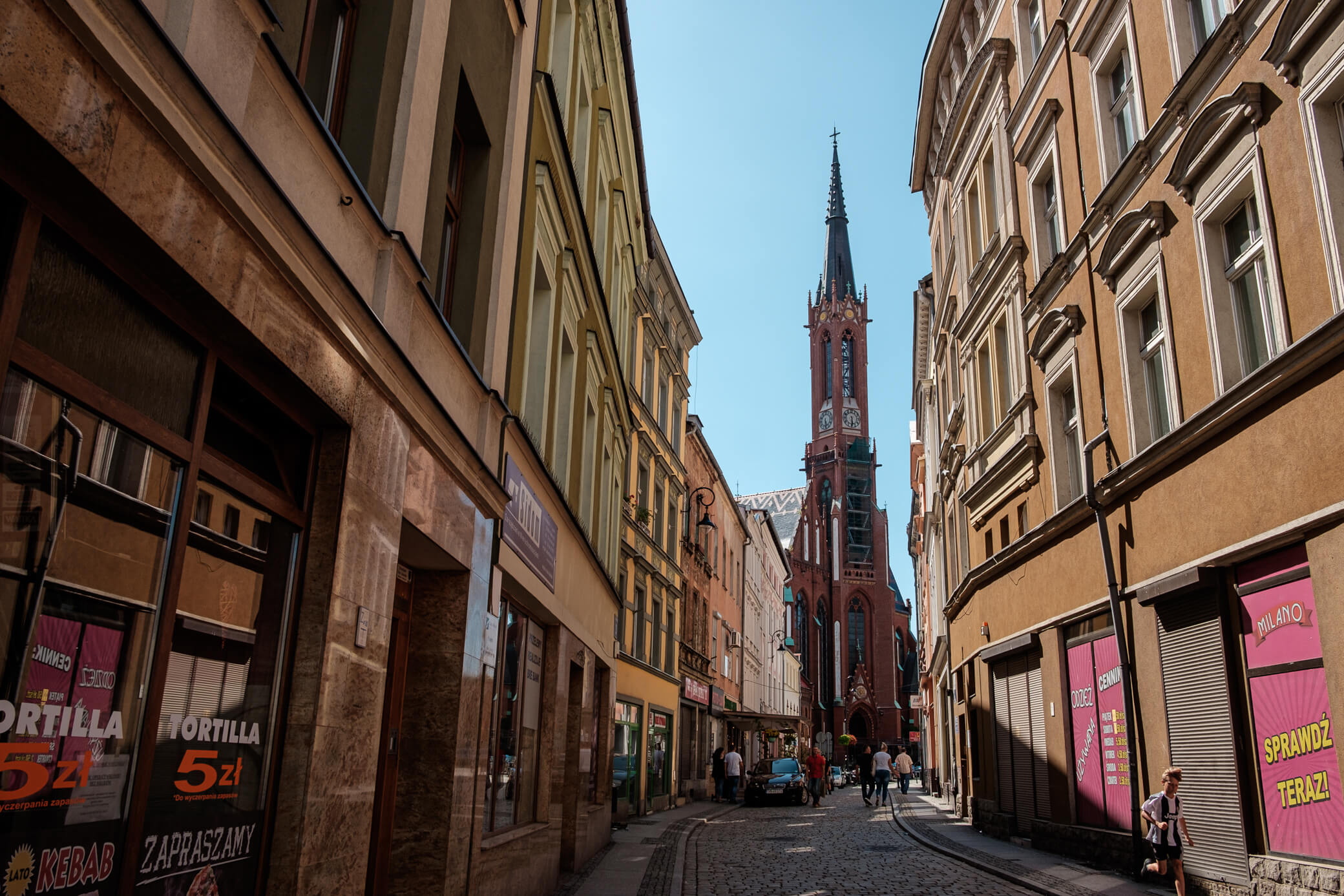
All of that is just stereotypes. Poland in 2020 ranks among the top 25 most developed economies in the world, growing faster than Czechia and Germany, overtaking its “motherland” in GDP per capita and average incomes (not to mention corruption, safety, life expectancy, and other social factors).
Warsaw definitely lags behind Moscow in the frequency of tile replacement, the number of hanging garlands, and luxury cars. But the average standard of living and economic growth rate give hope that in 20 years it could be a garden country.
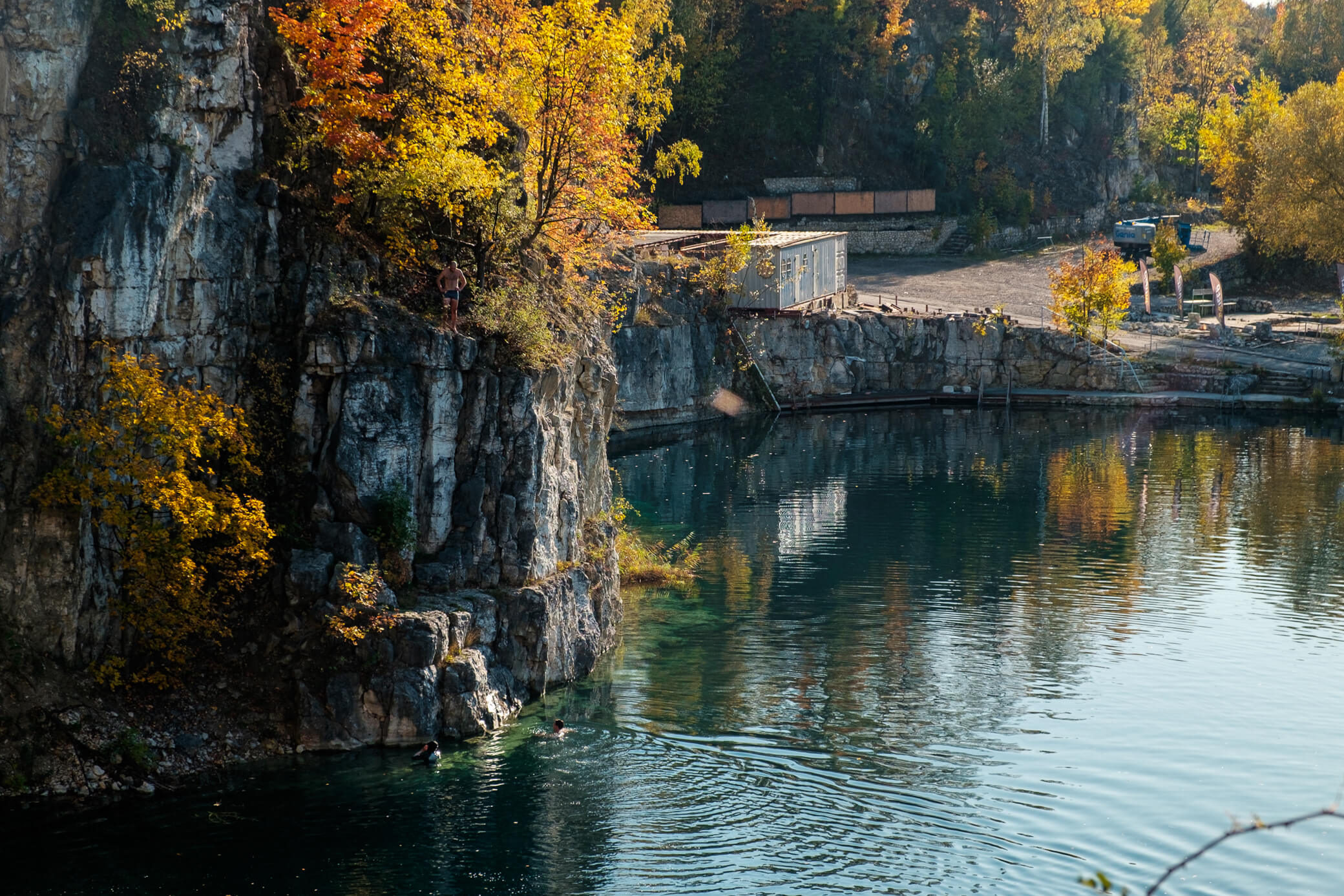
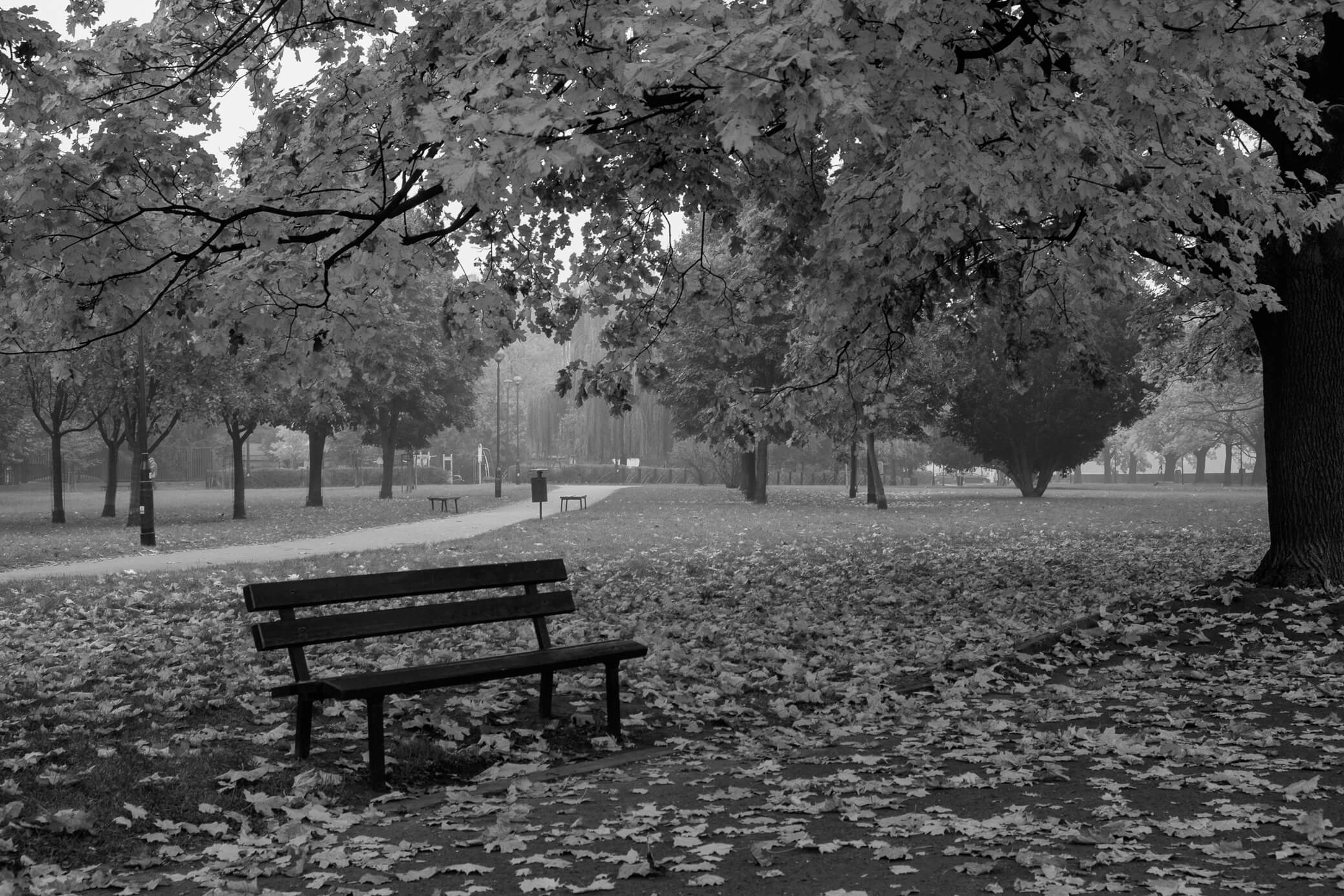
The cost of living in Poland is among the lowest in the EU. Even with ruble income, you can live comfortably here, rent a good place, buy quality food, and indulge a bit. The national currency is the Polish złoty.
98% of the population are ethnic Poles. It’s one of the most monoethnic countries. There are practically no labor migrants from the east. The local society isn’t the most tolerant, but we haven’t faced any problems because of that.
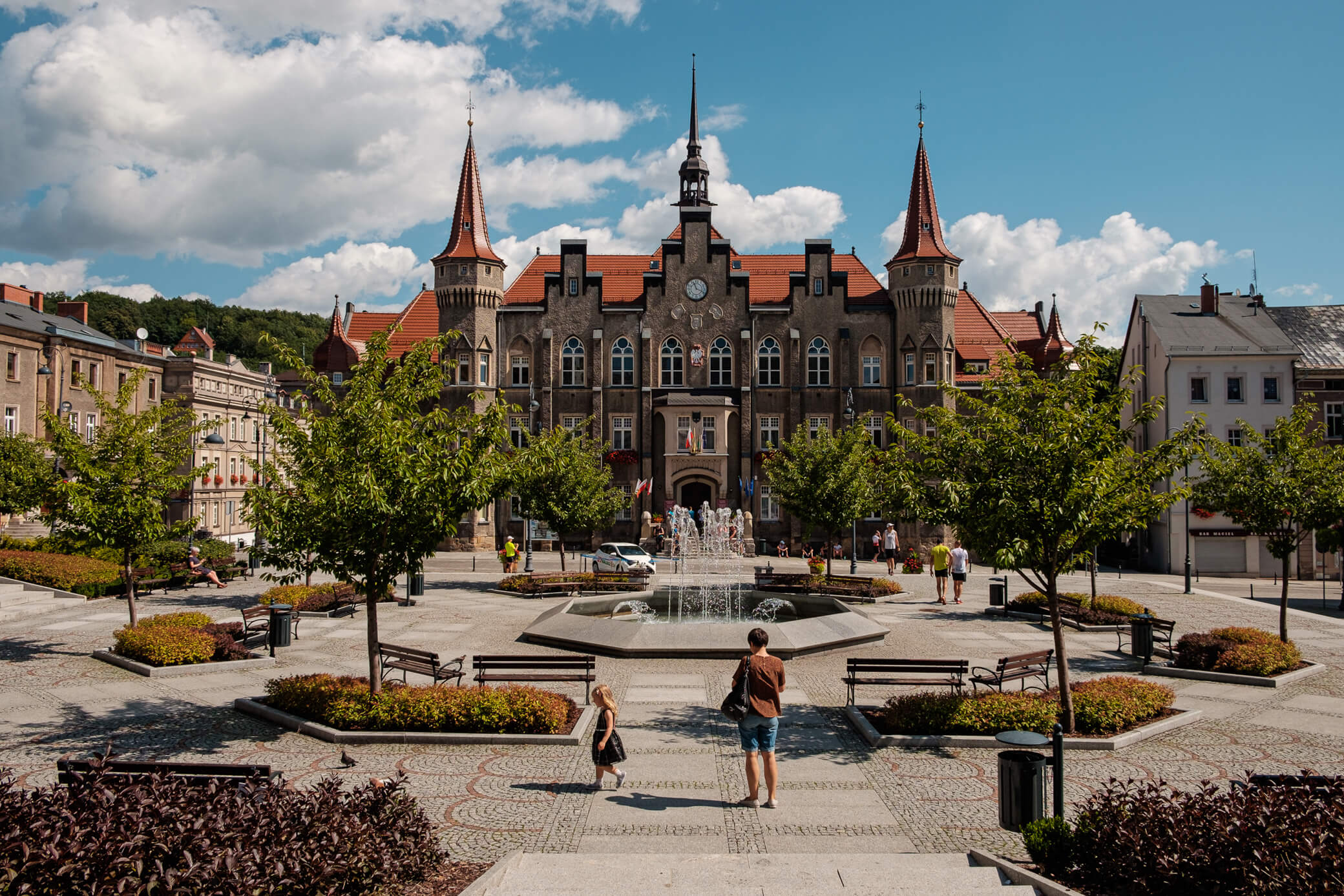
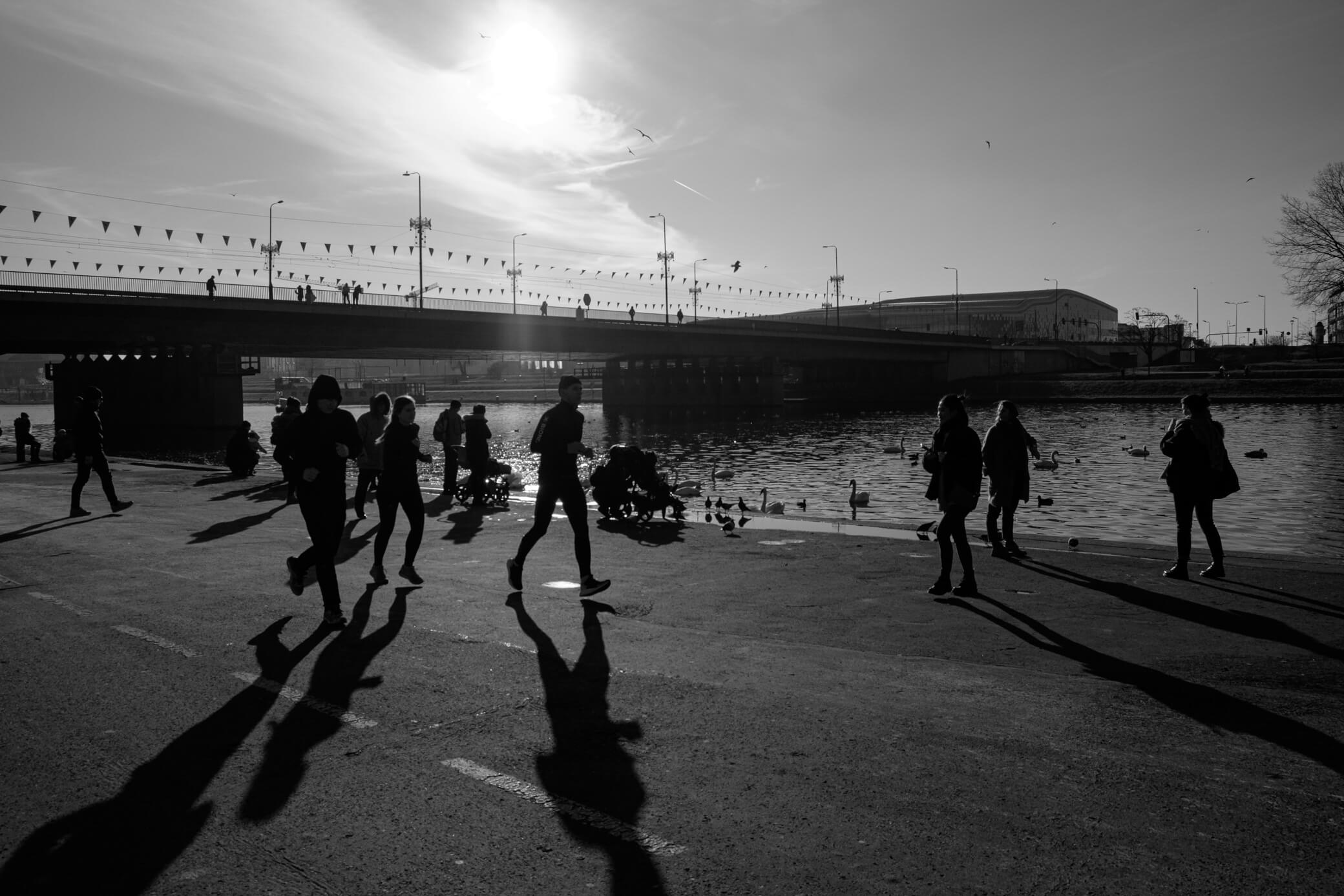
Poles (especially the young) speak English decently, but without knowing Polish, things can get tricky — especially when dealing with government offices. Still, for a Russian speaker, picking up basic Polish isn’t hard.
Religion plays a big role in public life. Over 90% are devoted Catholics. Even the Soviet nomenklatura couldn’t defeat the millennium-old church tradition. The most popular Sunday event is a family trip to the church.
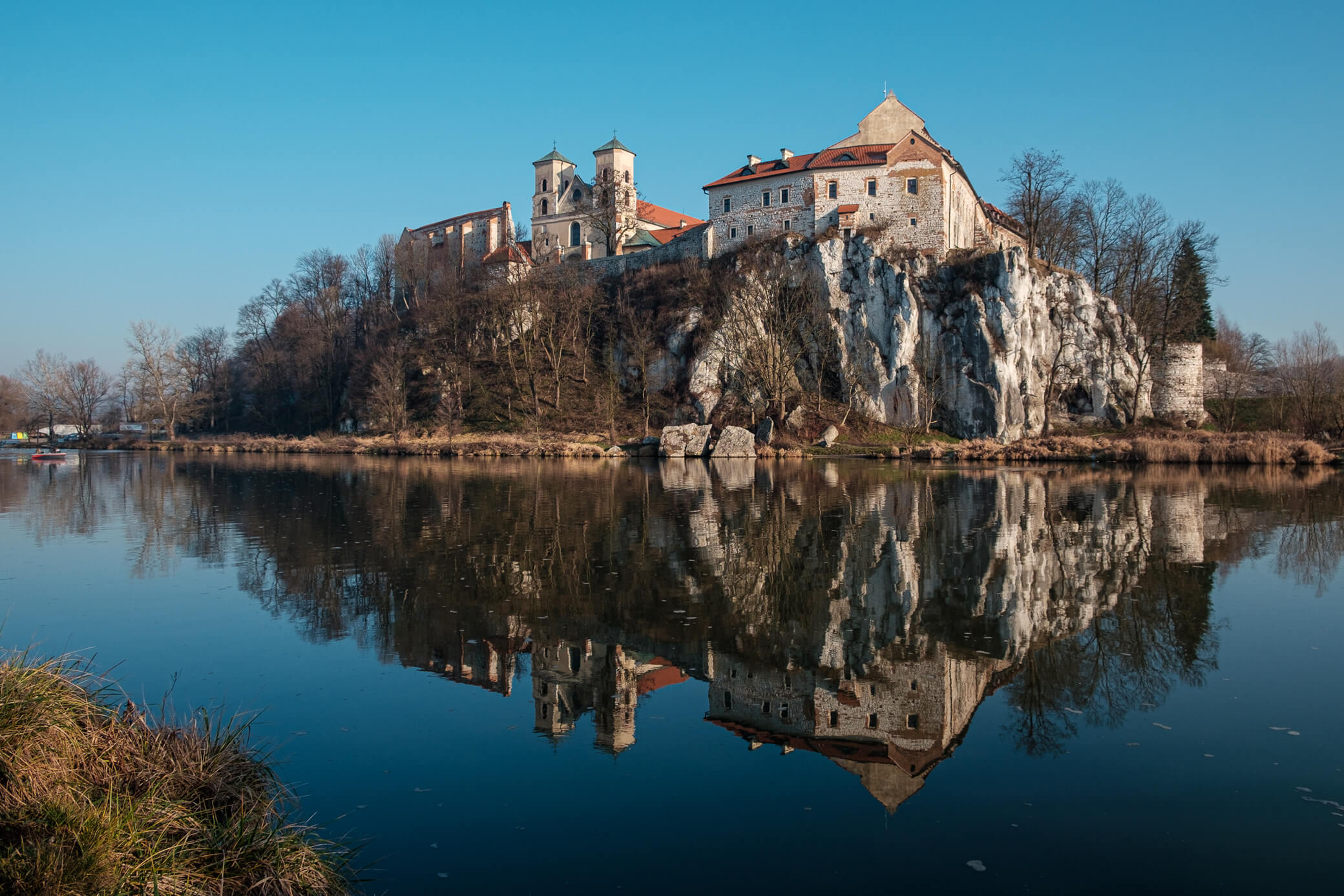
Religion even seeps into politics (which sometimes leans toward familiar authoritarianism), so medieval laws still exist here (like the abortion ban), alongside hostility toward LGBT and soft drugs (which can earn you a three-year sentence).
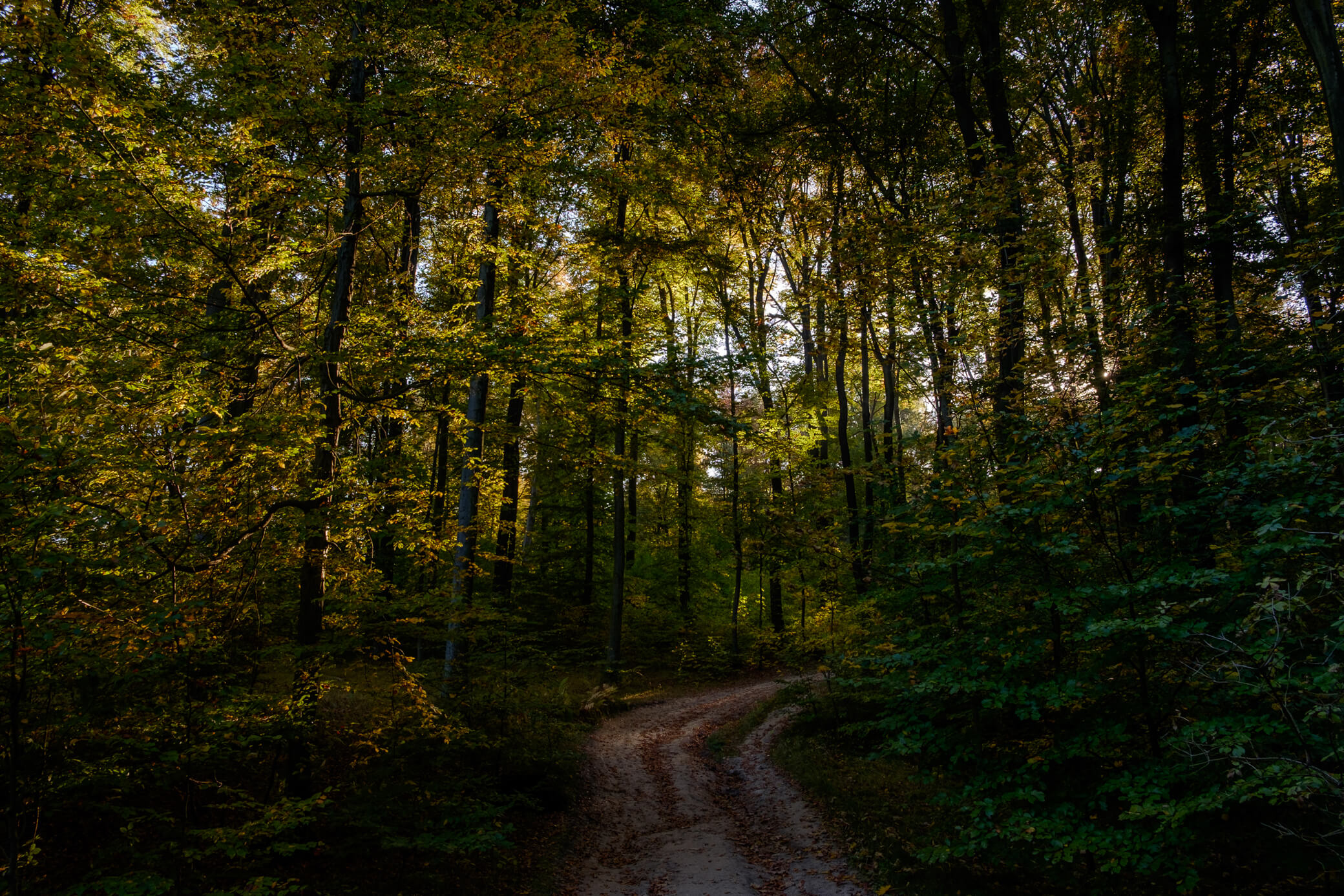
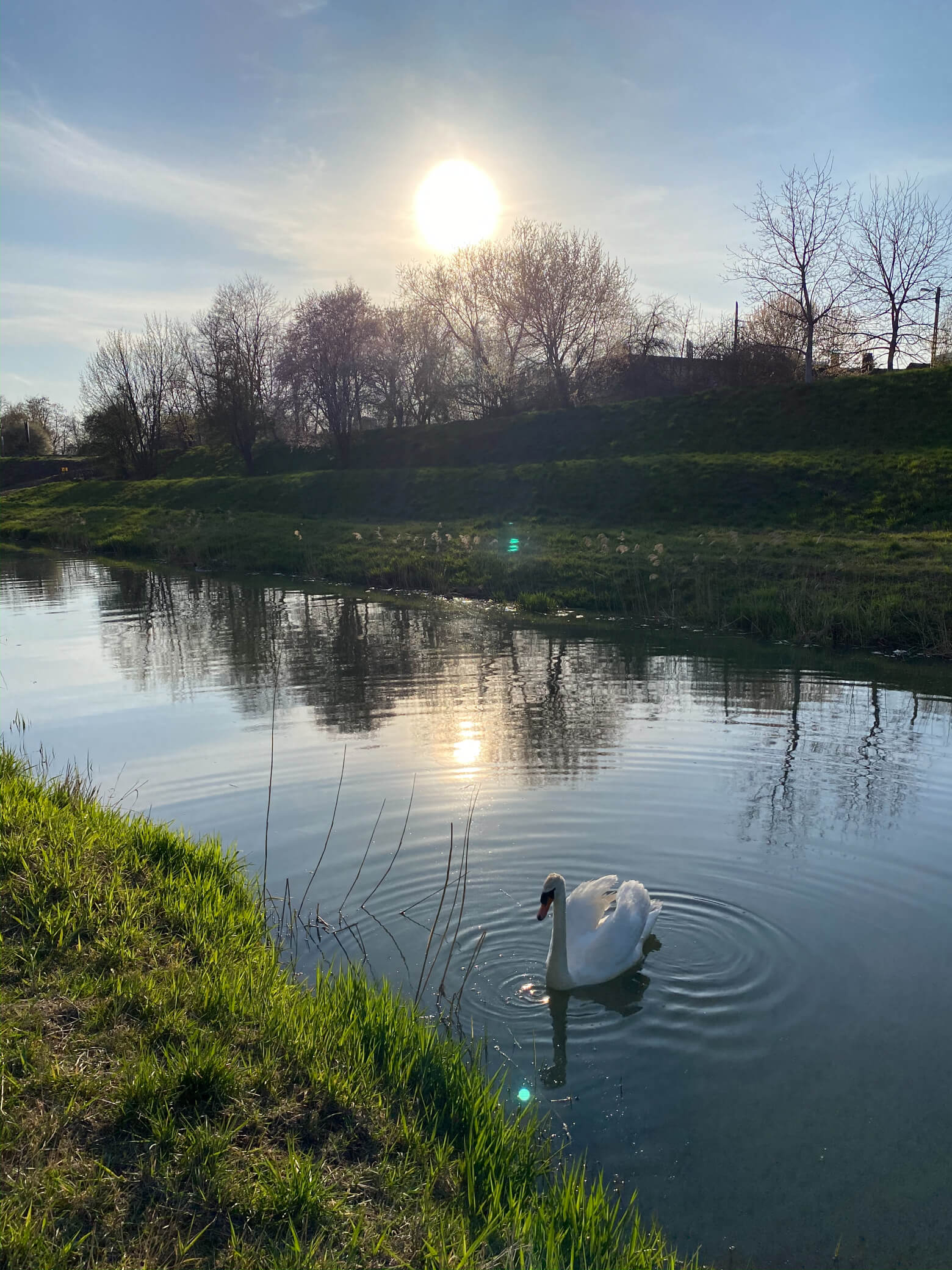
However, centuries-old tradition of noble democracy prevents civil society from sliding into blind patriotism. There’s a lively civic-political life with opposition even inside the ruling party.
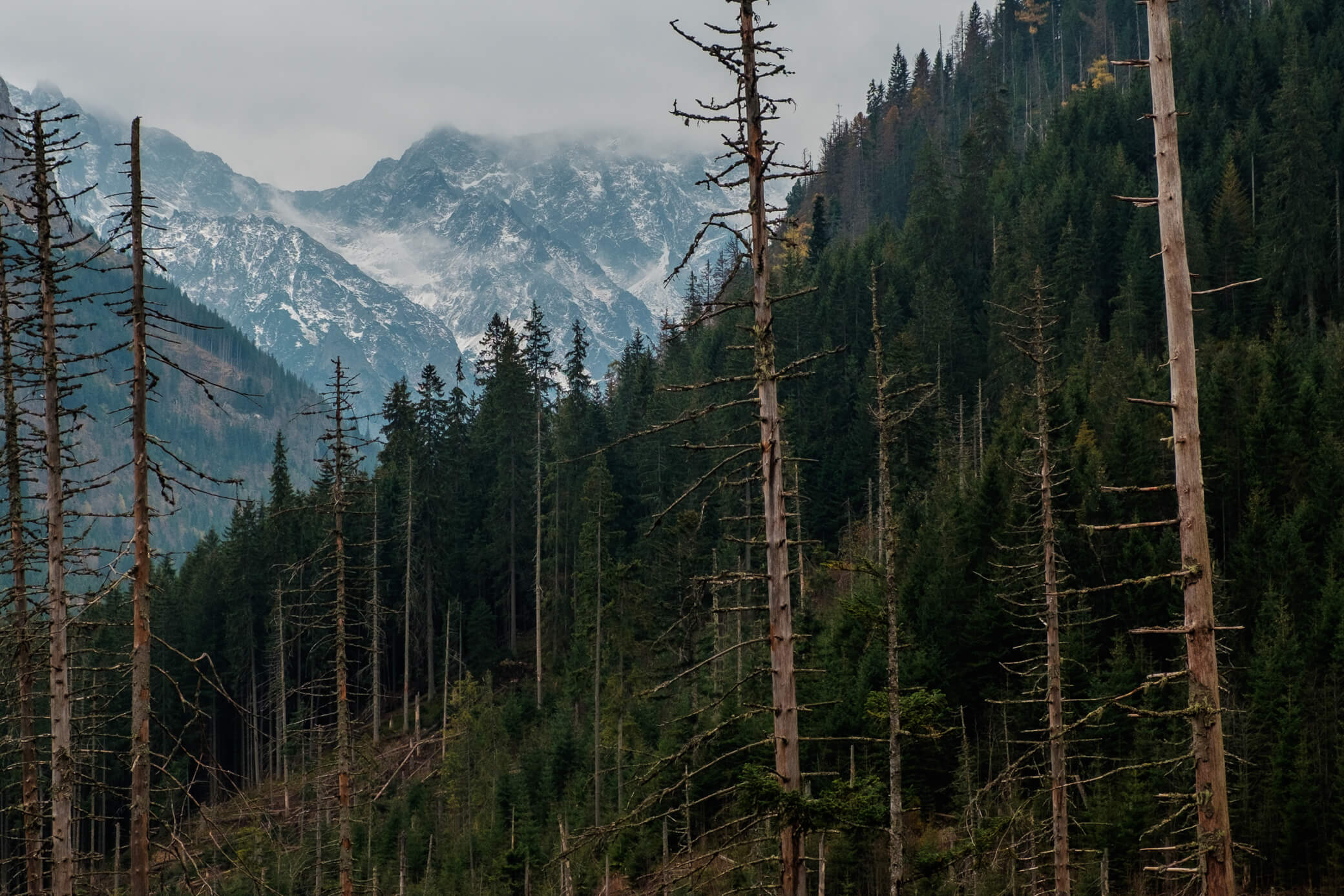
Most Poles are nice, friendly people. Poland is comfortable and safe at any time of day. Summer in the west lasts about 7 months — from April to October. This winter, temperatures dropped below zero in Kraków only at night, and it snowed just once.
All in all, Poland turned out to be almost the perfect place where I’m ready to spend a big part of my life. Come visit once the quarantine is over, and I’ll try to share more stories about the country from different angles on my Facebook.
If you want details about moving here — write to me on Telegram.
Thanks for reading!
